Here are today’s pictures— from the Del Mar area north of San Diego.


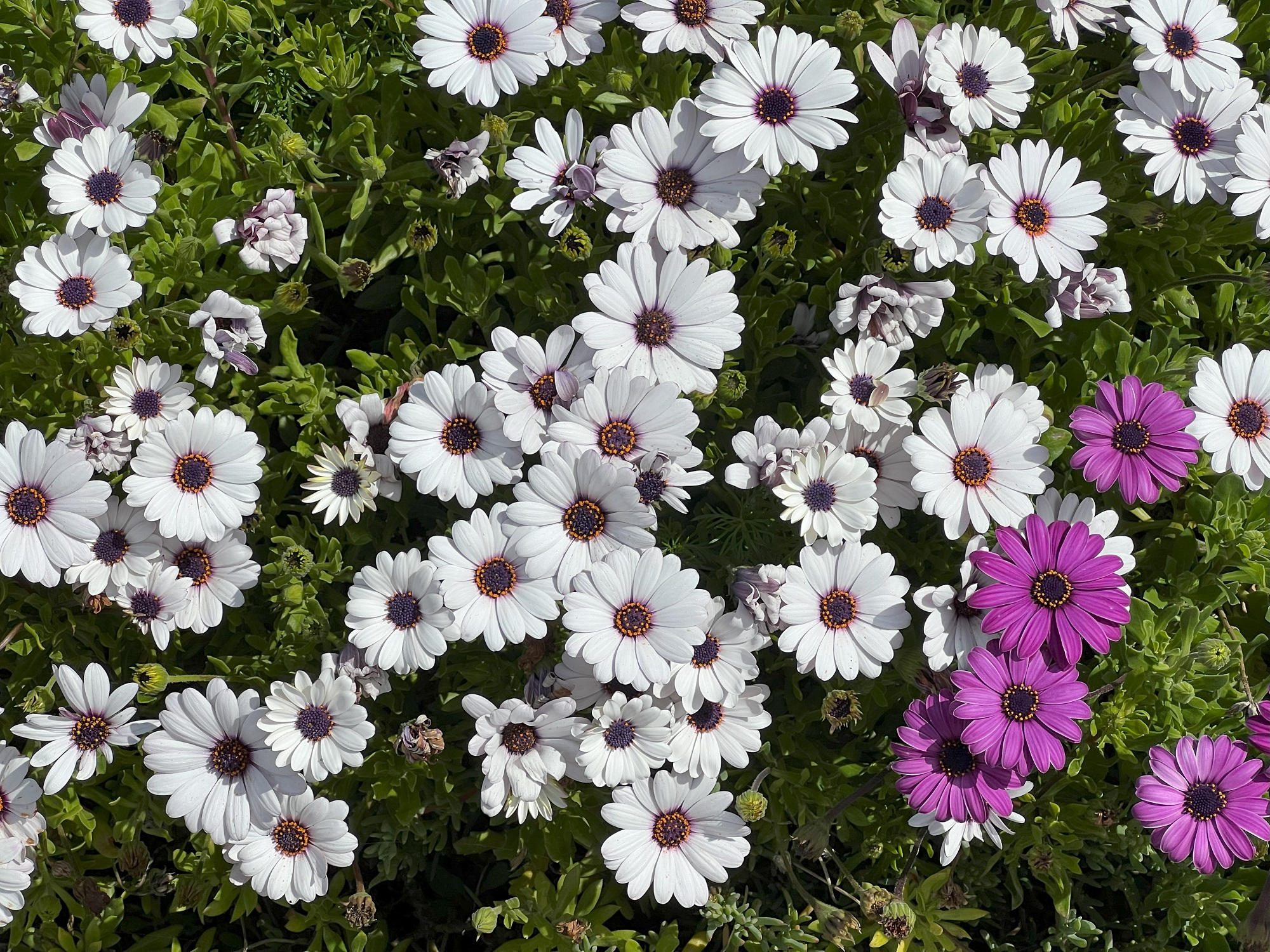

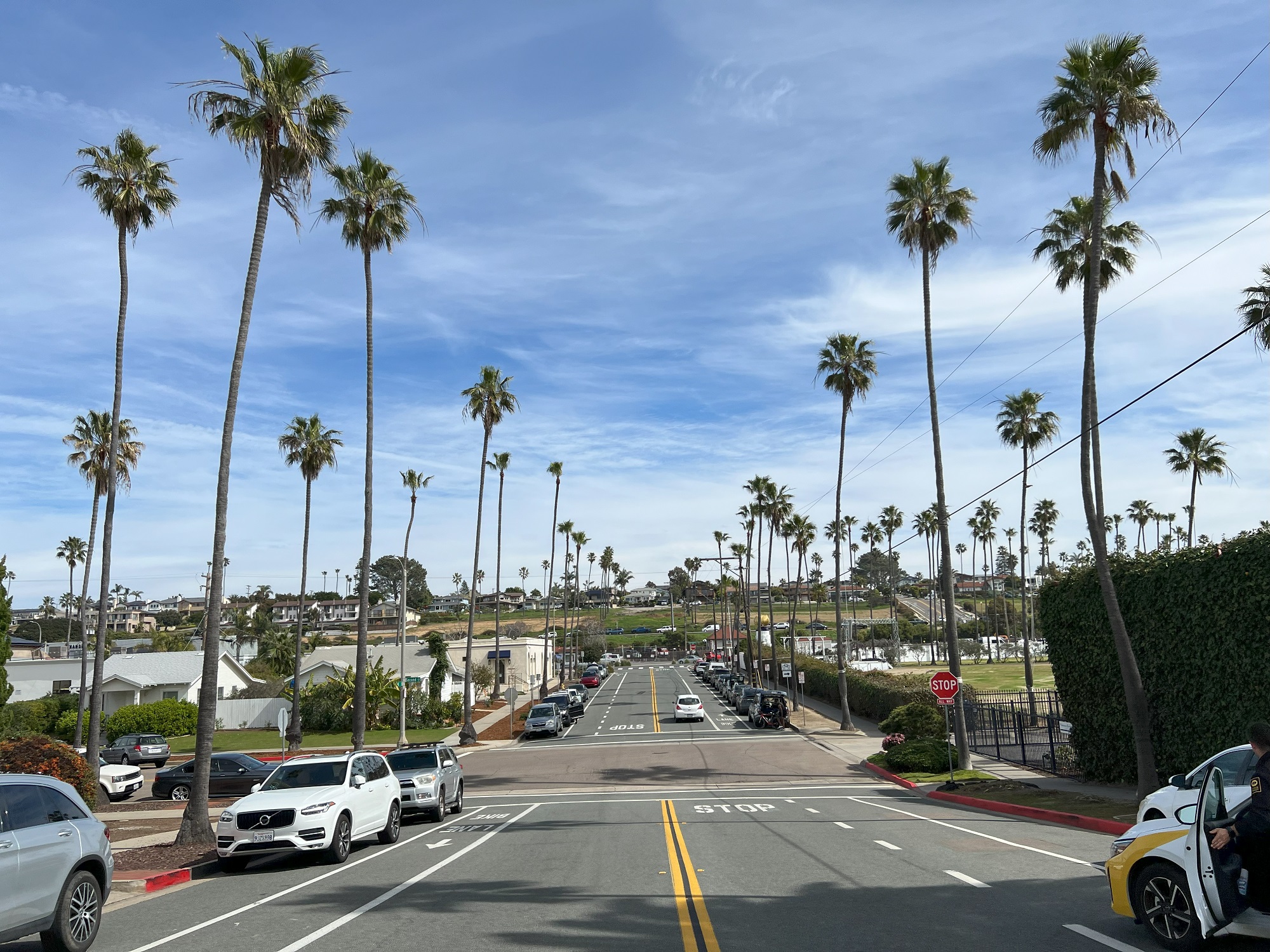


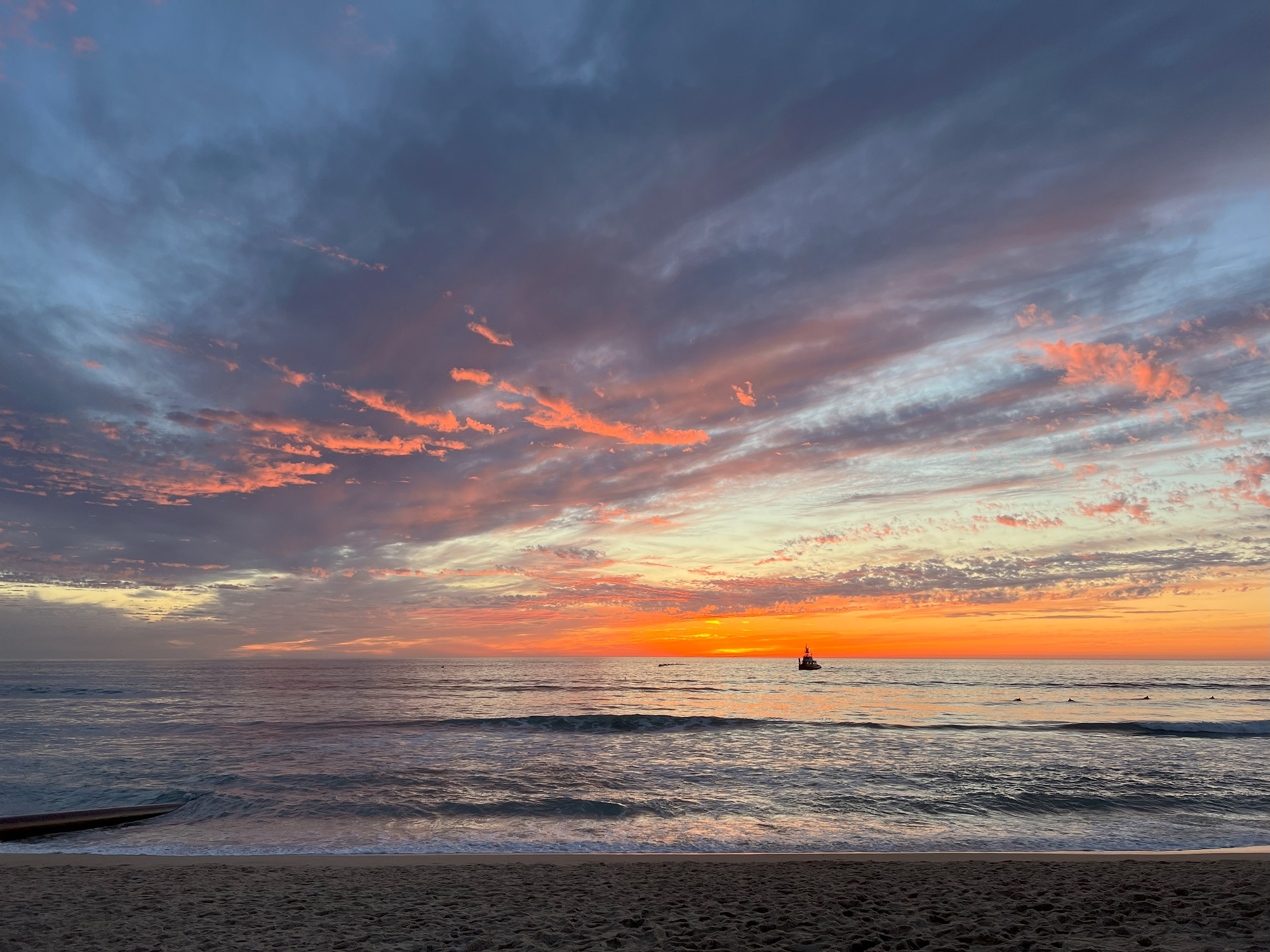
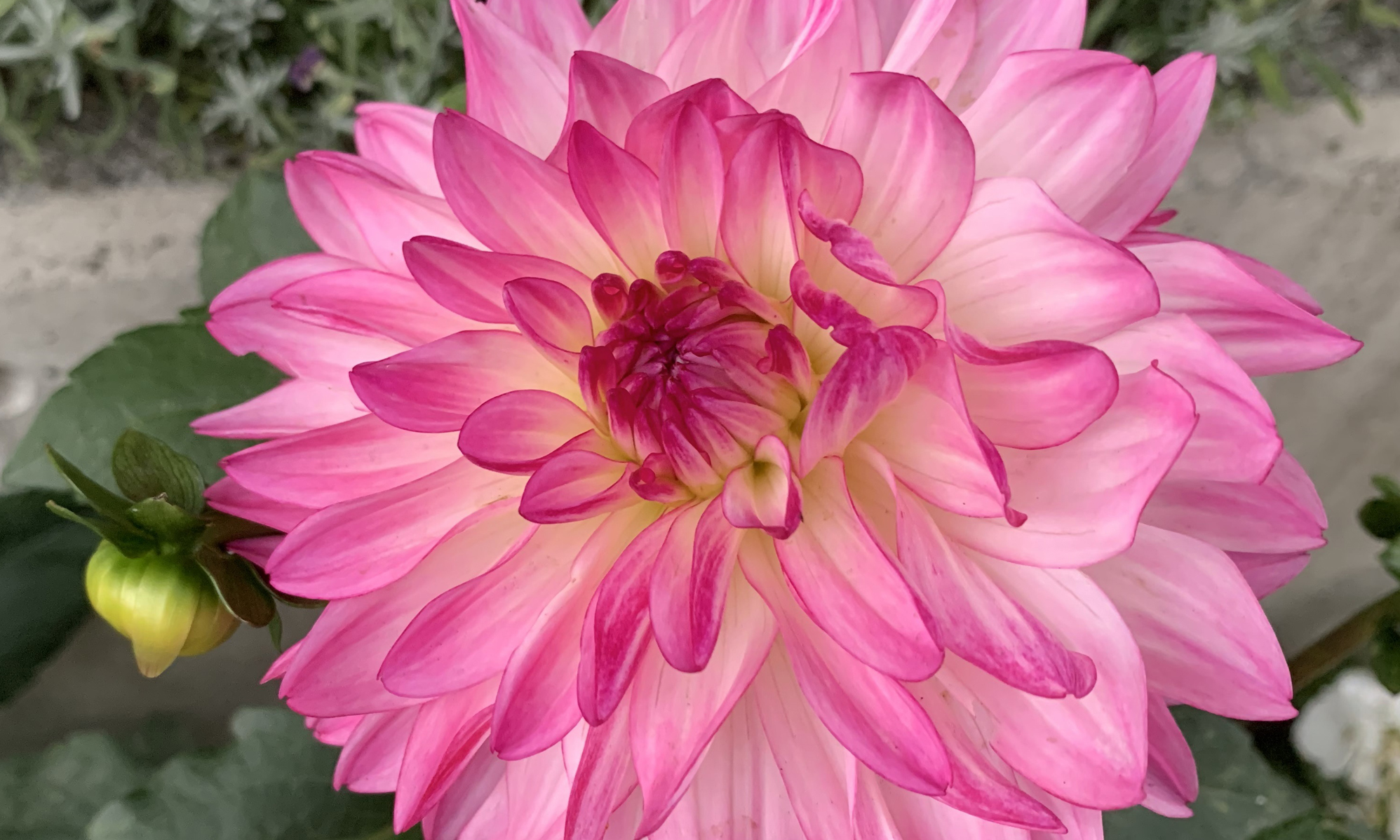
a weblog of whereabouts & interests, since 2010
Here are today’s pictures— from the Del Mar area north of San Diego.








I was off to San Diego for the weekend on Friday.

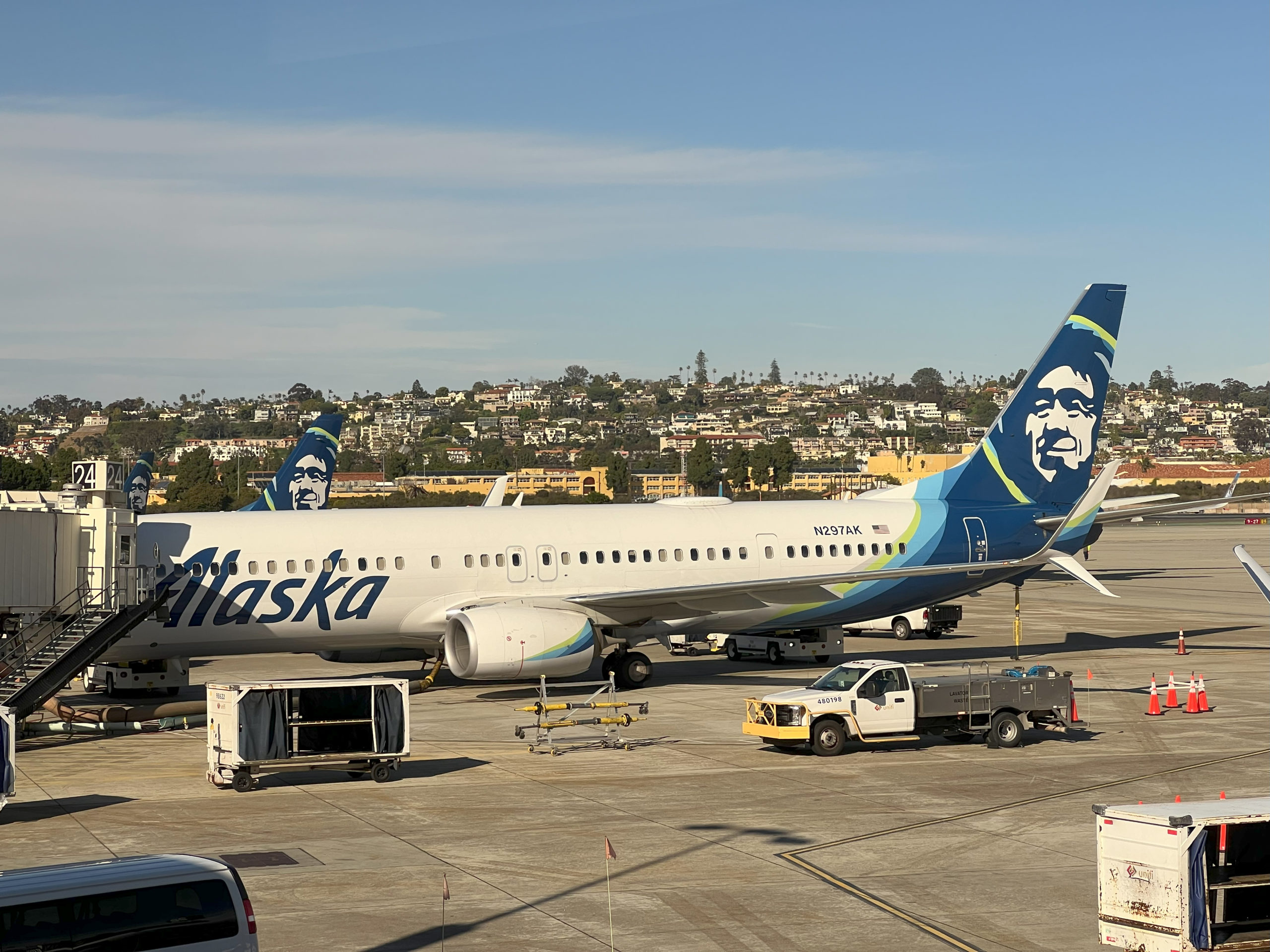
Happy Friday.
I have been keeping tabs on the Norwegian Sun every few days, ever since I had stepped off the ship eleven days ago.
She left the Falkland Islands yesterday and is headed for Punta del Este in Uruguay. She will arrive there on Sunday (the dotted line).
From there it is just over 90 nautical miles (about 100 miles) to the port of Buenos Aires in Argentina, for the completion of the 14-night sailing out of San Antonio, Chile.
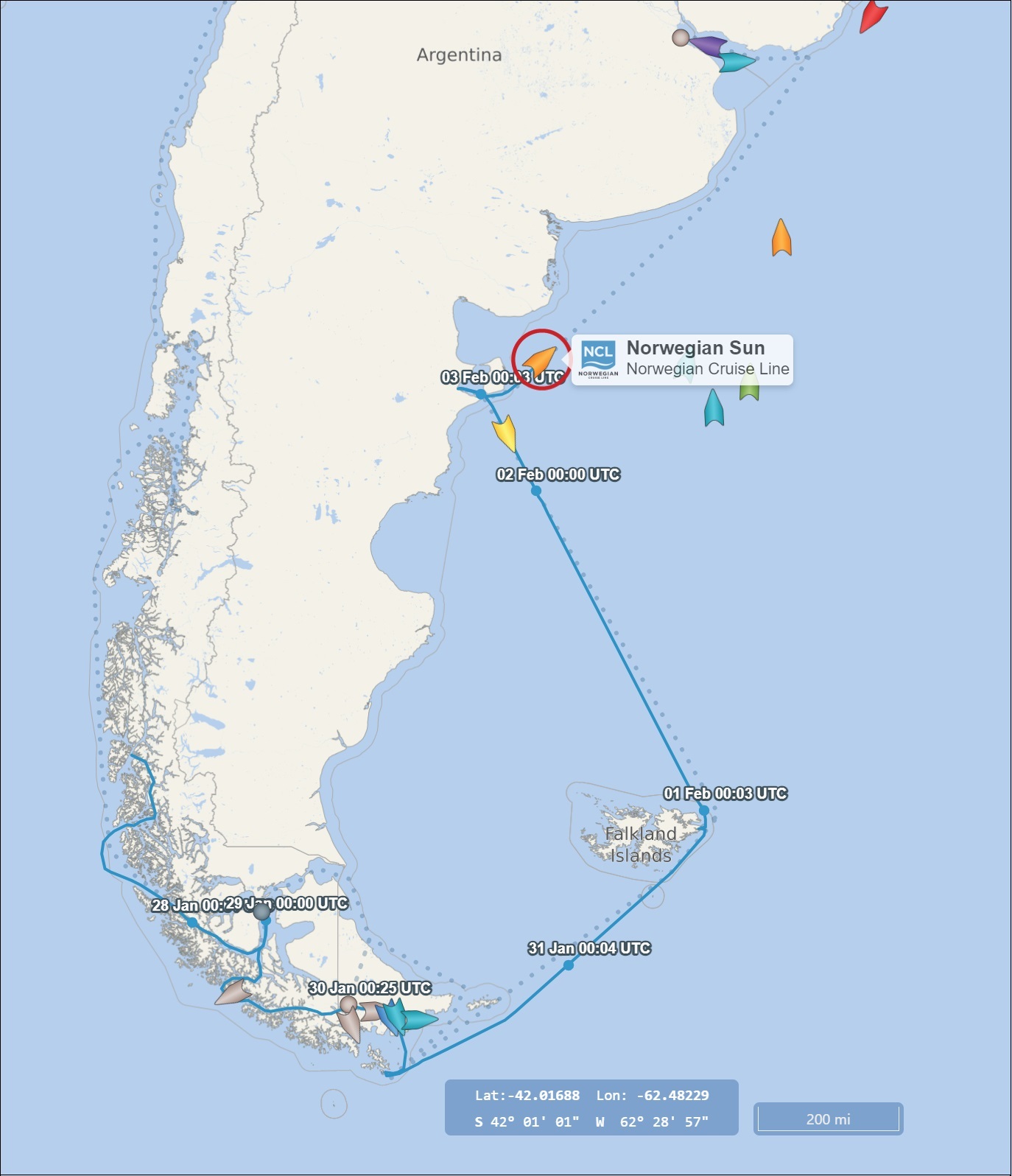
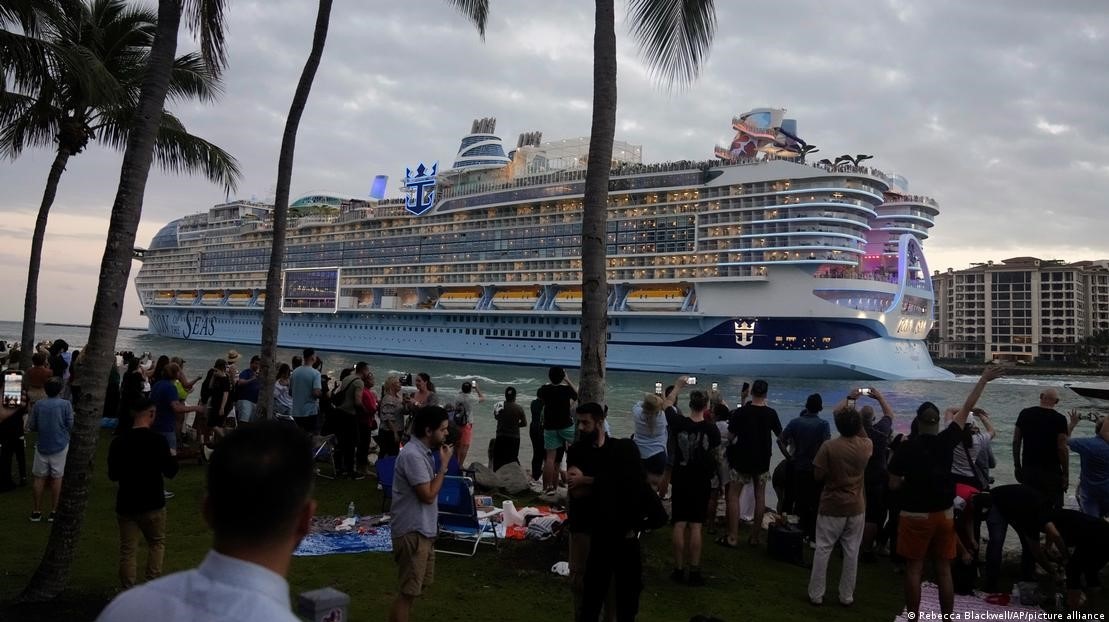
The Icon was built over a period of 900 days at a shipyard in Turku, Finland. It comprises of 20 decks and can accommodate 7,600 passengers at maximum capacity and a crew of 2,350.
There will be 50 musicians and comedians as well as a 16-piece orchestra on board as the ship goes on its sold-out inaugural voyage.
The $2 billion (€1.84 billion) Icon features the latest technology and, despite its gigantic size, claims to be more eco-friendly than some smaller cruise ships.
The Icon is powered by what the Royal Caribbean Group says is eco-friendly Liquefied Natural Gas (LNG).
Some experts, however, say LNG systems can leak damaging amounts of methane gas into the atmosphere.
– Reporting by dw.com
The flights that brought us home to Seattle went without incident.
It was 10 hours from Santiago to Dallas-Fort Worth, and then some 4 hours to Seattle.
On the way to Santiago International airport, just about 10 miles away from here.
It’s summer at 33° South in the Southern Hemisphere, and only a little snow is visible on the Andes Mountain Range in the distance, only some 50 miles away across the border with Argentina. The Andes Mountains form the longest continental mountain range on the planet.
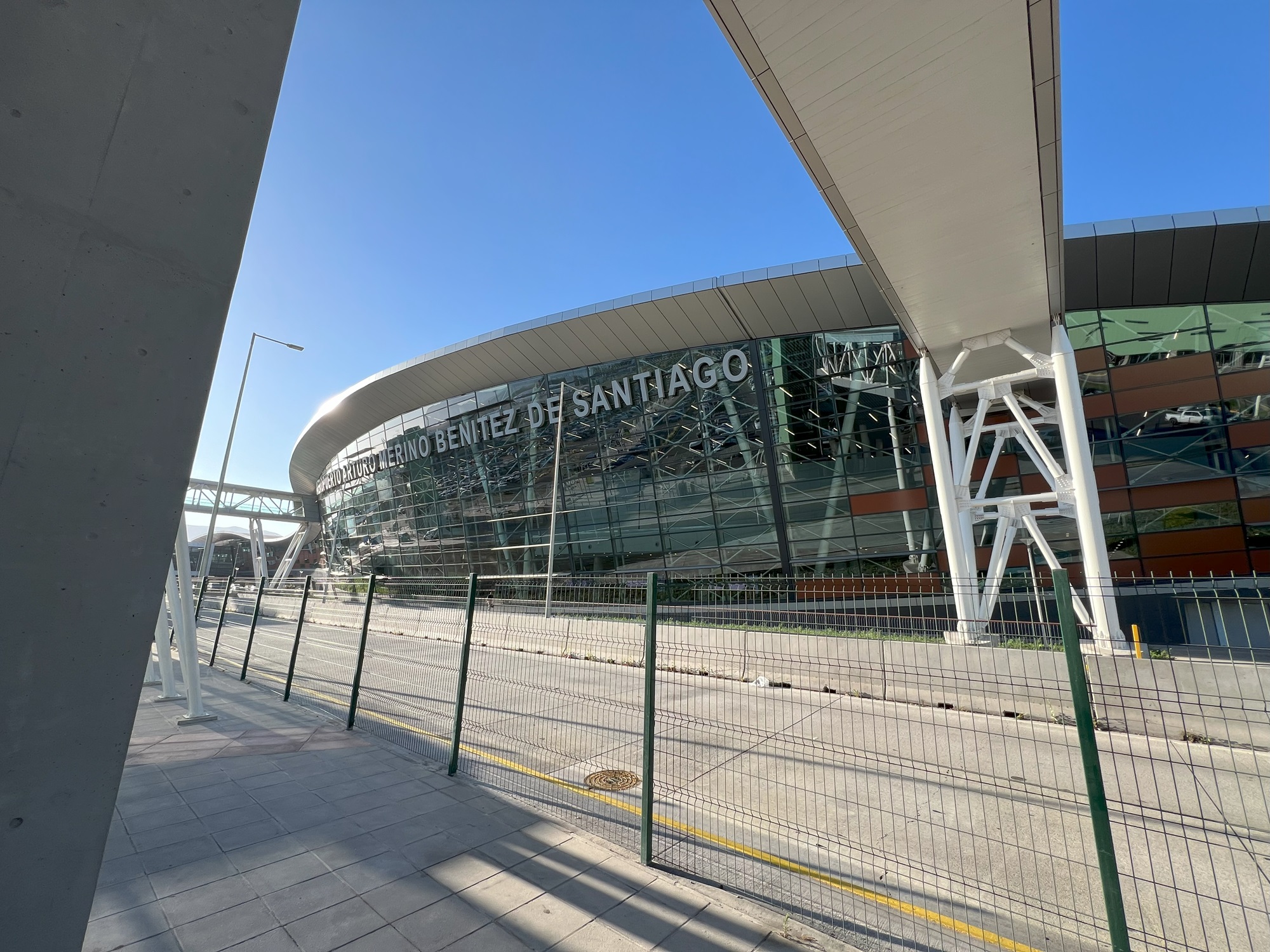
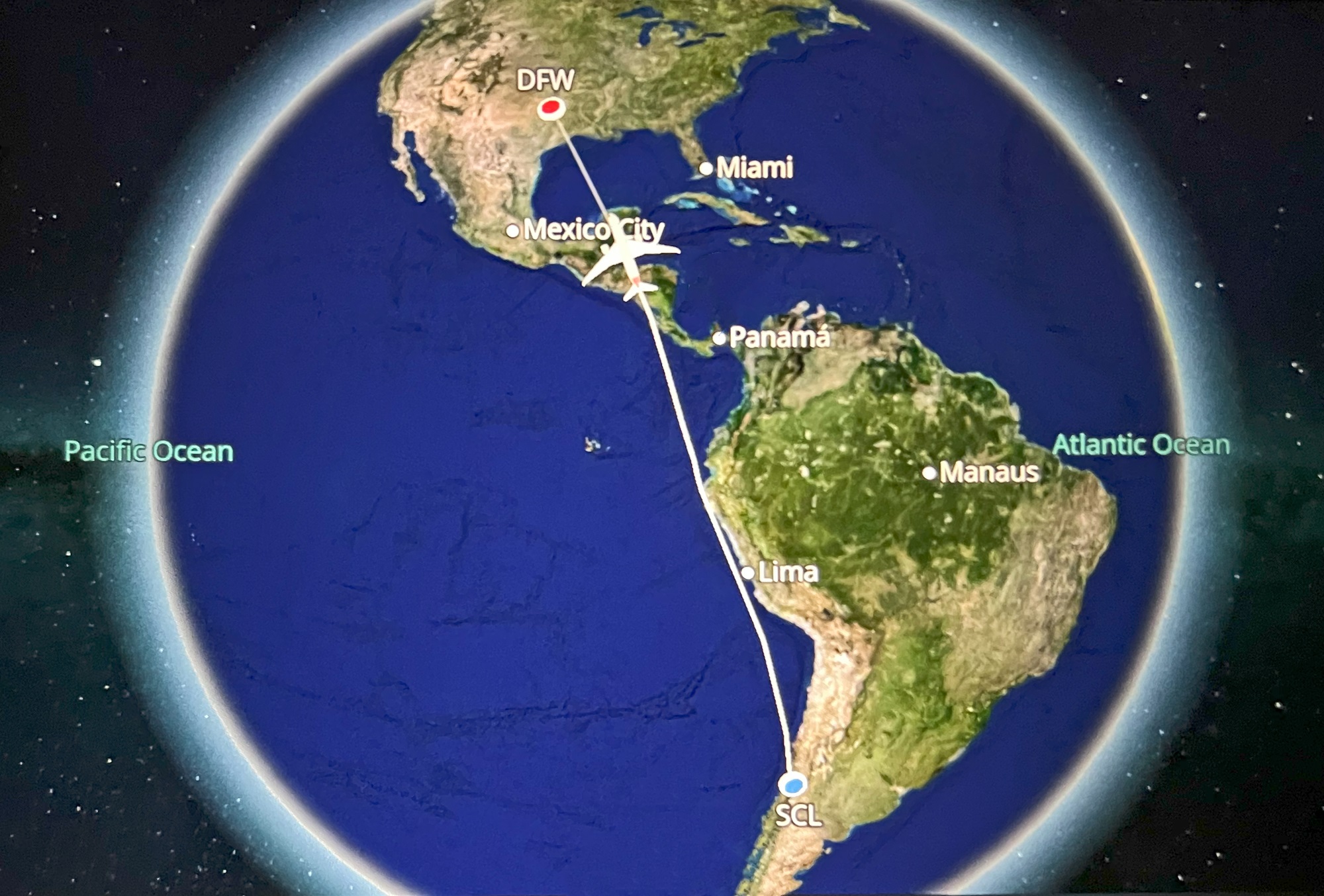
We were late off the ship this morning due to a delay with the crew processing our luggage.
So we had to scramble to find a replacement driver that could take us around the area before we head out to Santiago airport for our red-eye flight out to Dallas.
It all worked out— we did a whirlwind road trip out to Valparaiso, to a restaurant with live music for lunch, to wine farm, another stop for pisco and beers, before we headed out for the airport.
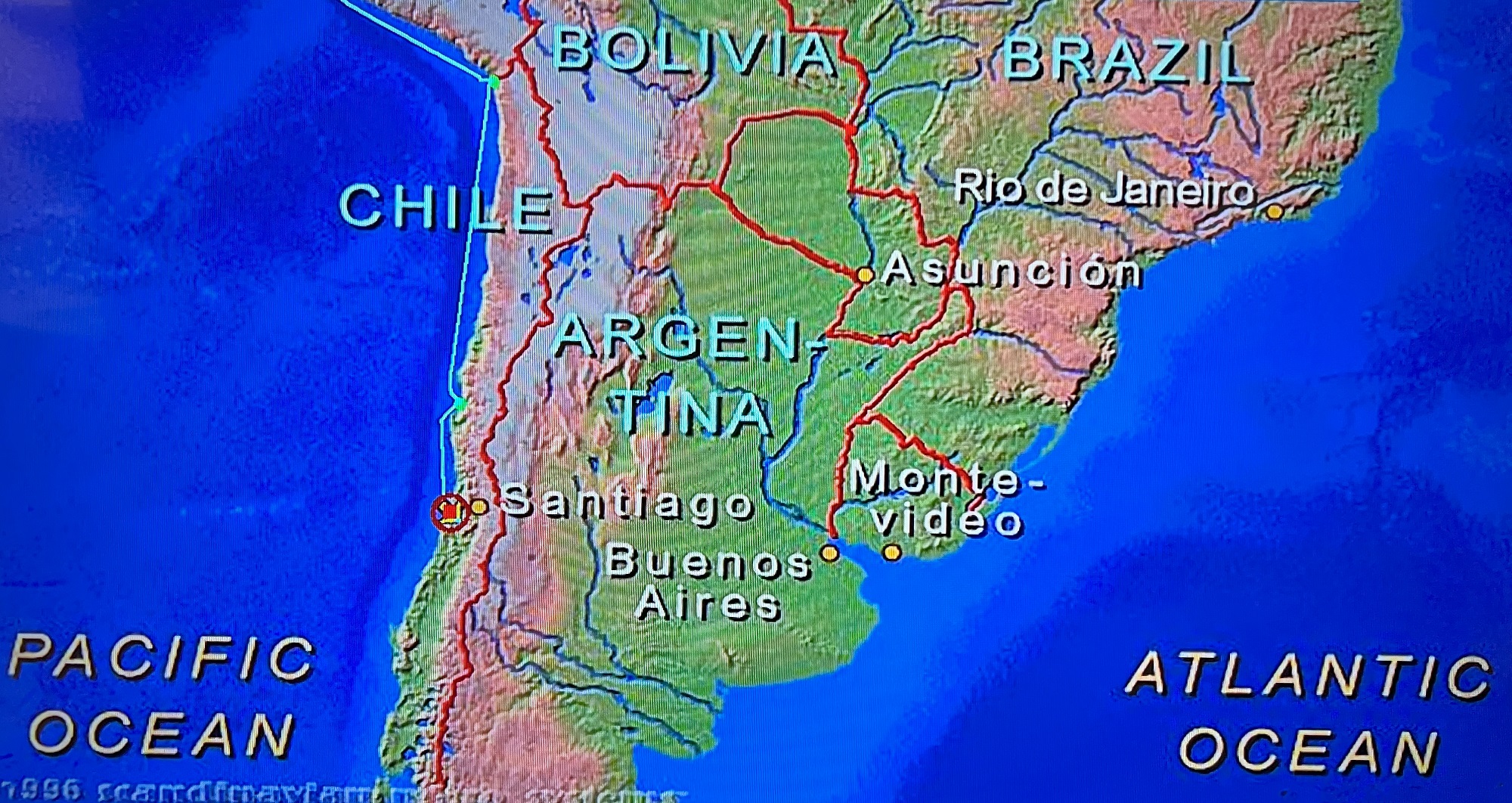
Alas— our journey at sea and around South America has come to an end.
The Norwegian Sun has just arrived at the port of San Antonio and we will disembark shortly.
We will take a long-haul red-eye flight from Santiago to Dallas at midnight, to catch the flight that will take us home to Seattle on Tuesday morning.
We arrived at the port city of Coquimbo this morning.
Our excursion today was a bus ride along the shoreline into the neighboring town of La Serena, followed by a drive inland to the commune of Vicuña (pop. 25,000).
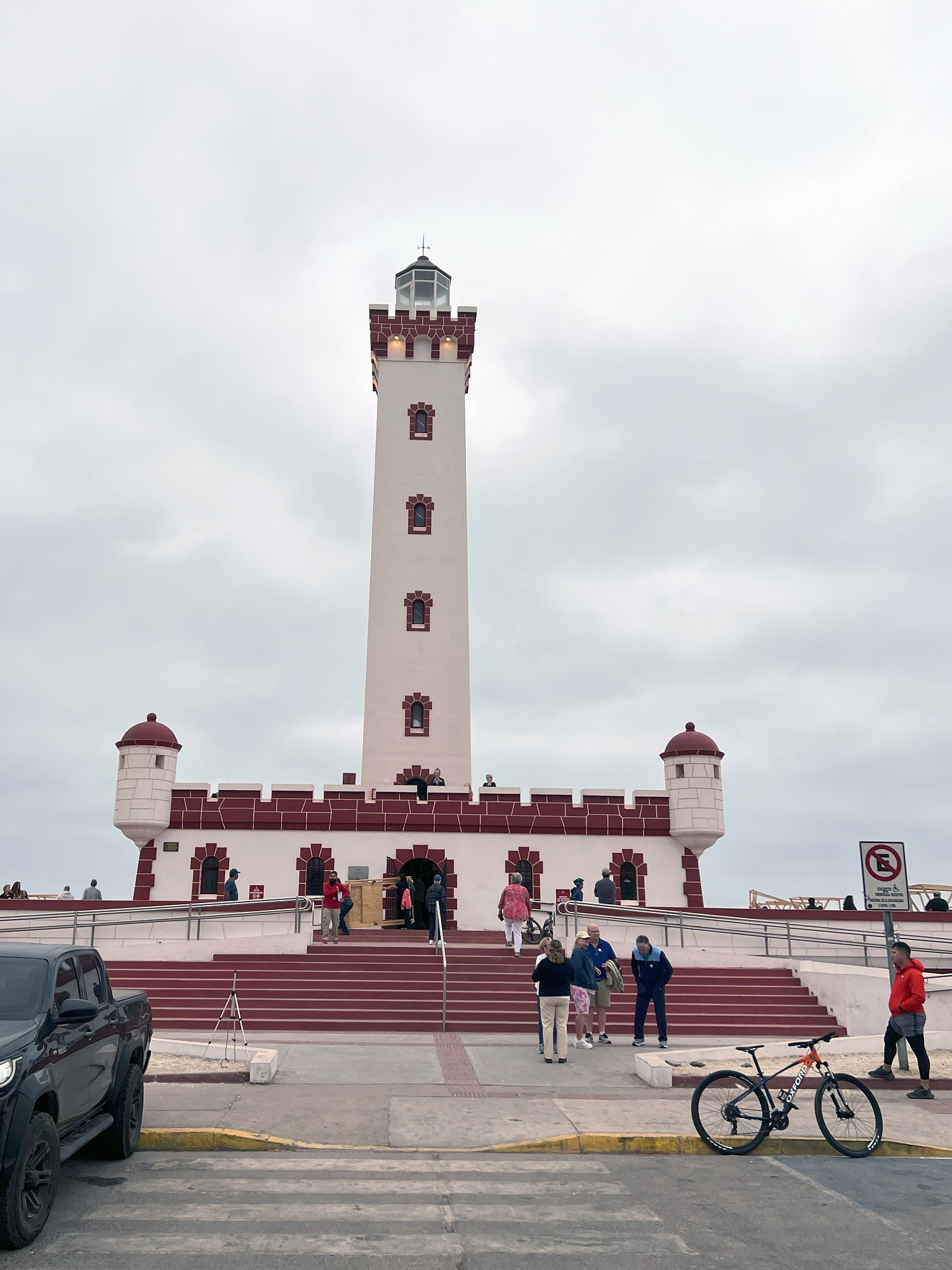
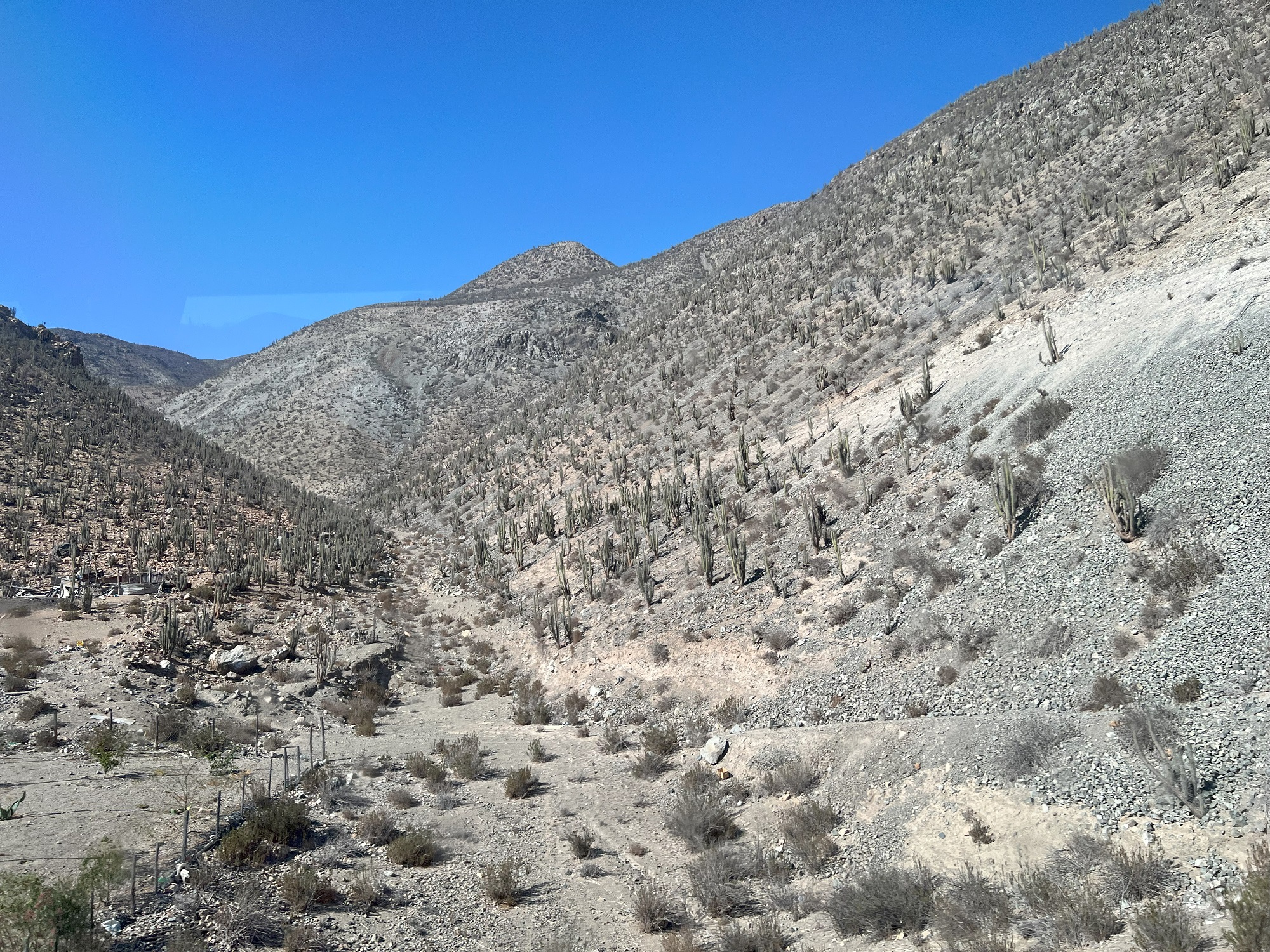
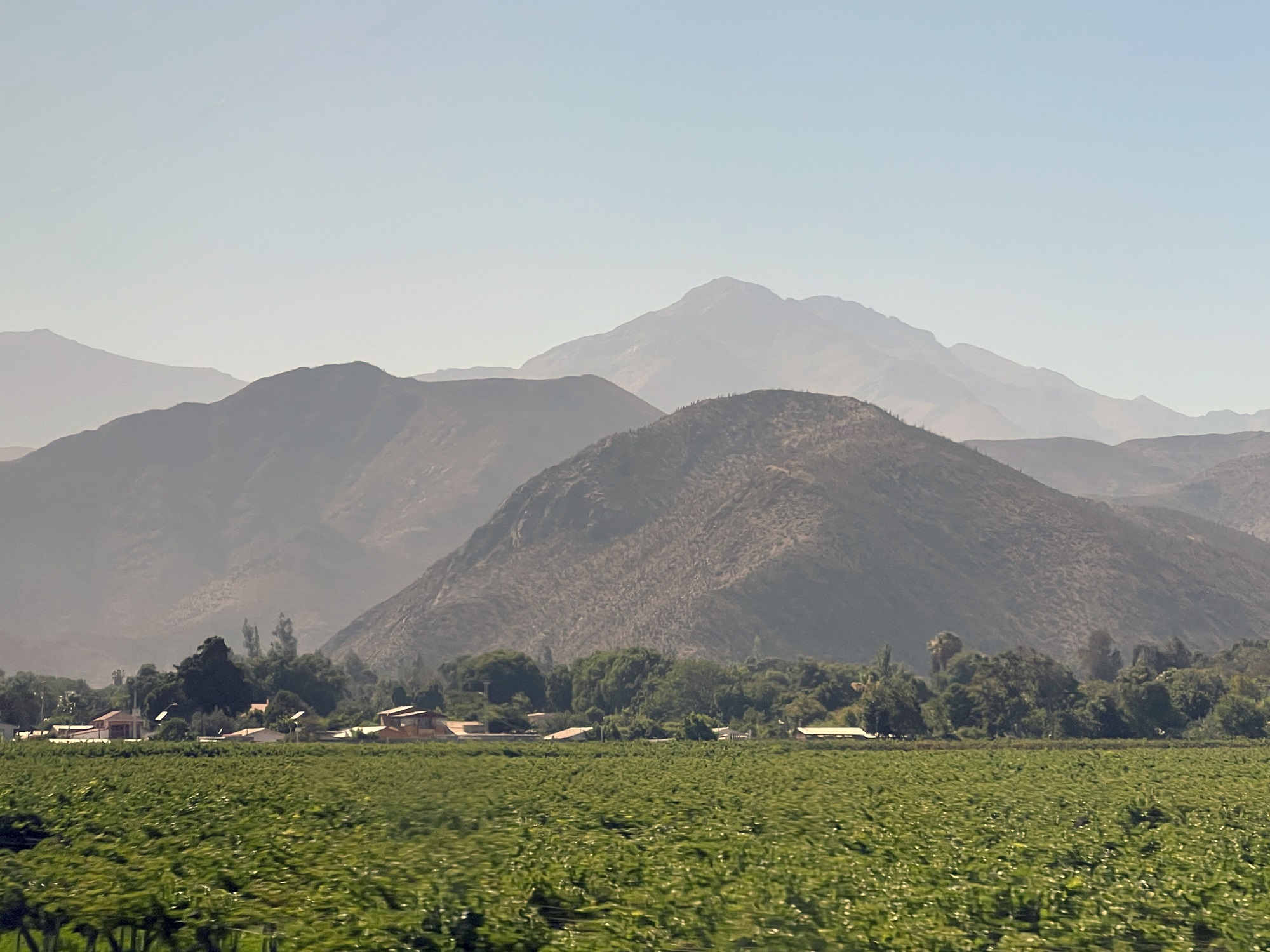
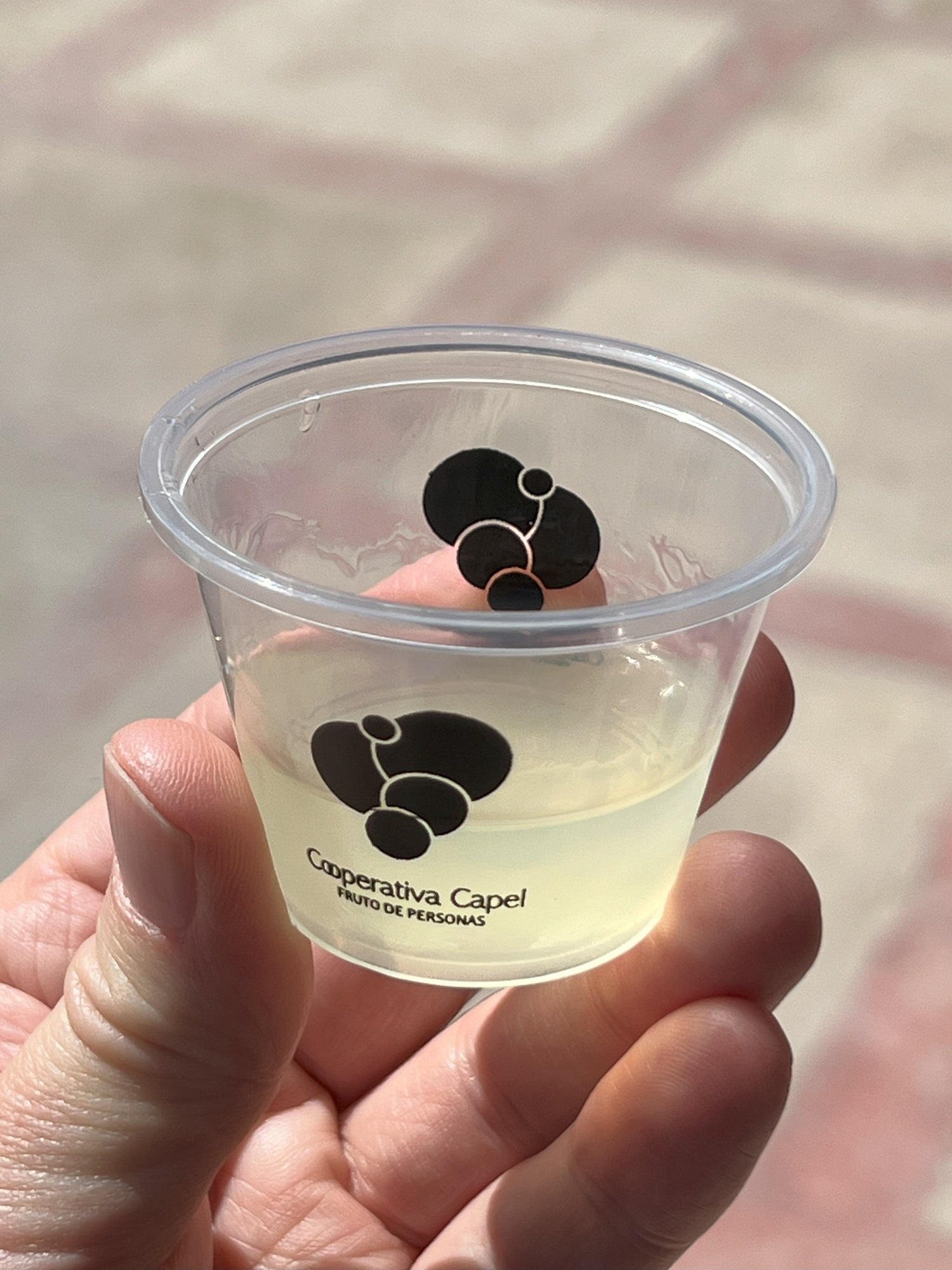
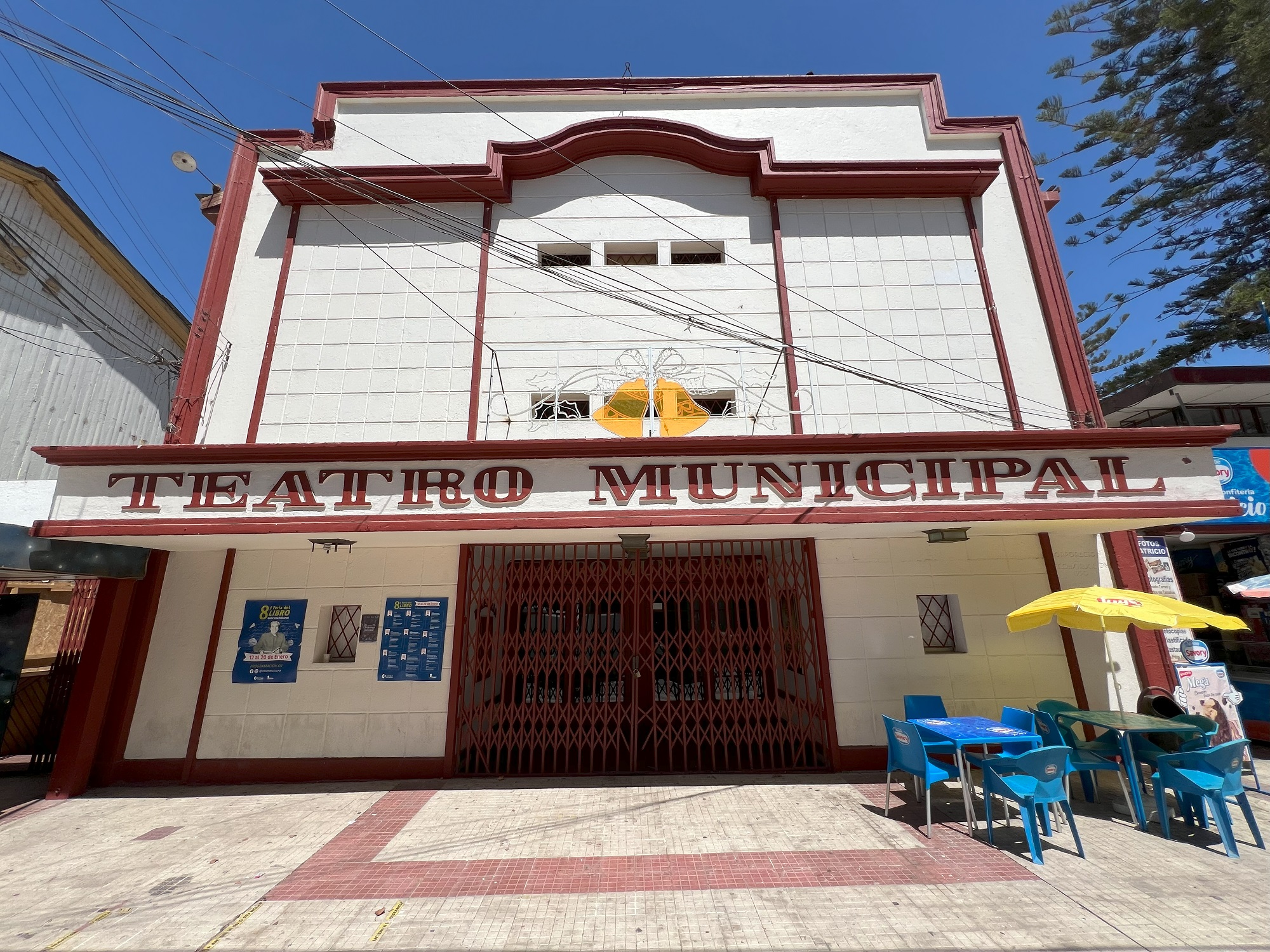
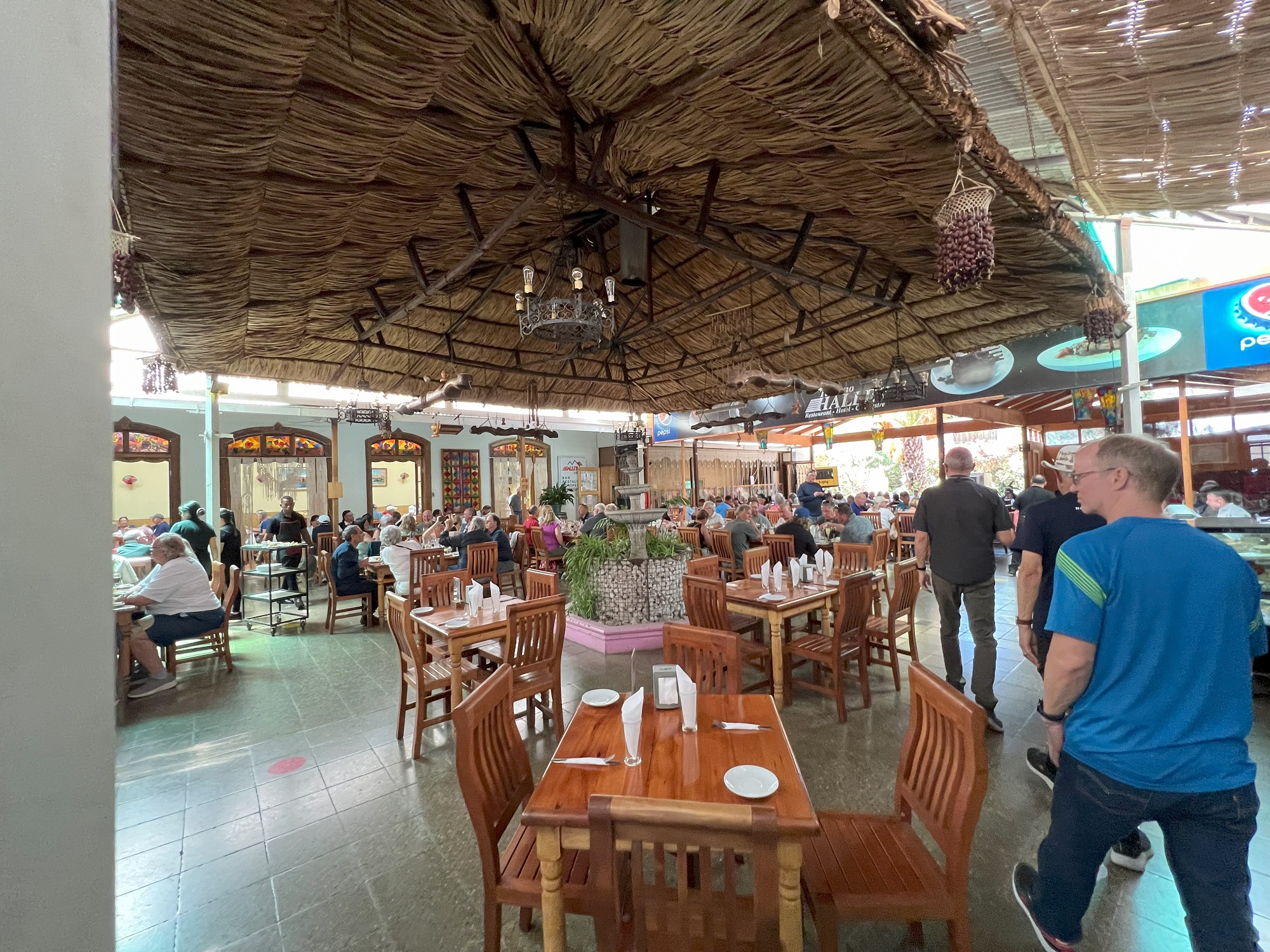
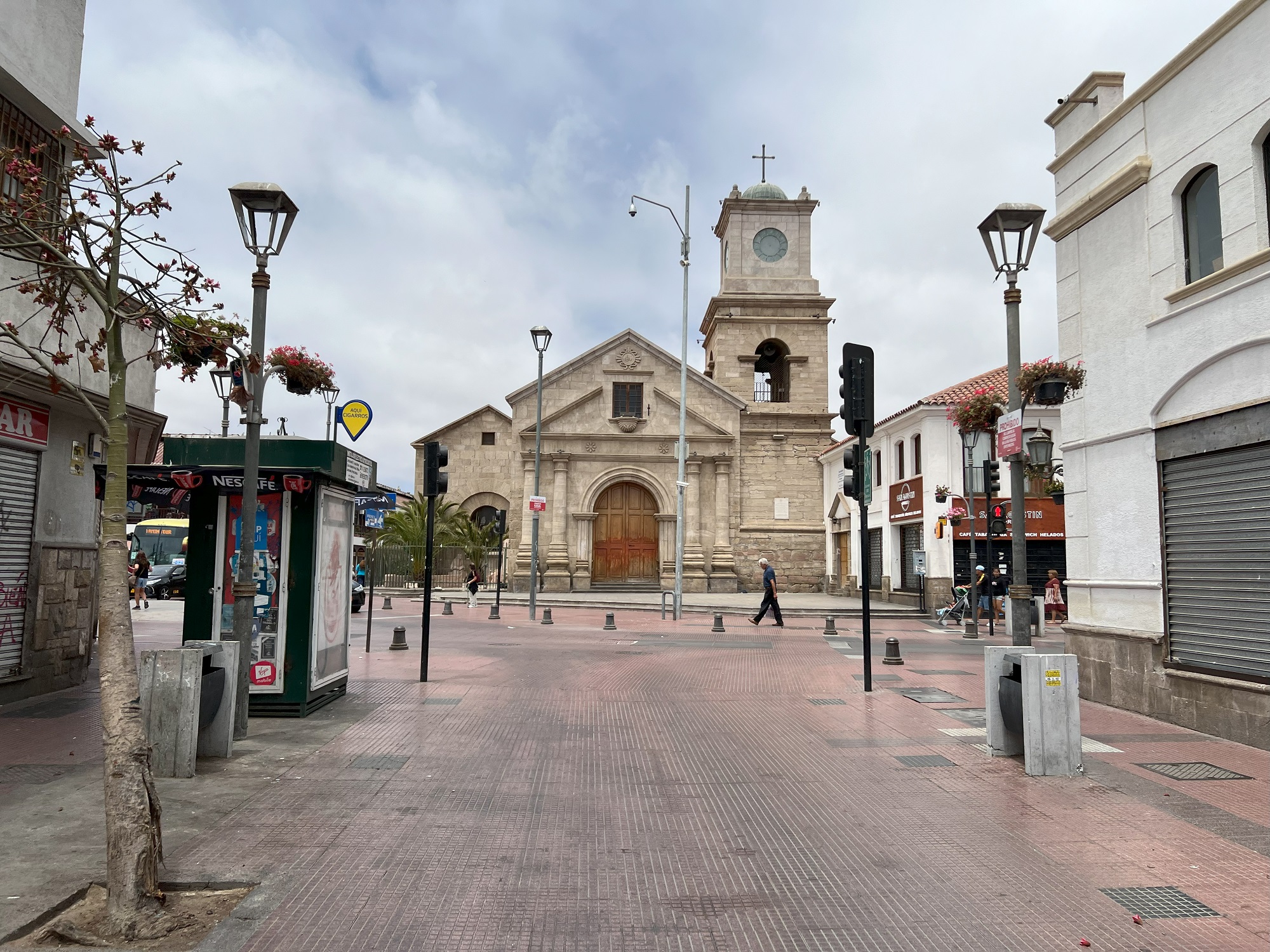
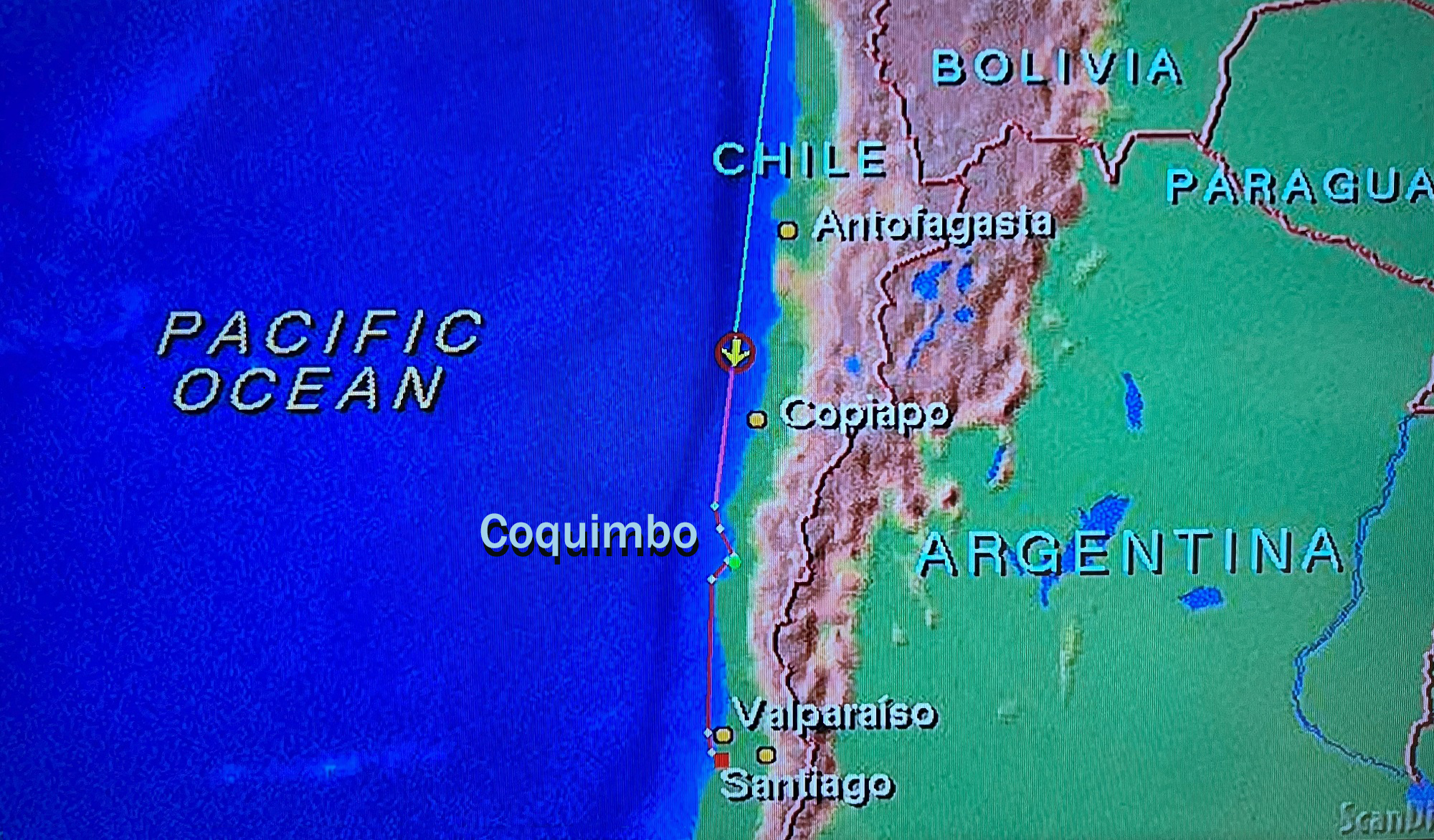
Norwegian Sun is making her way down south along the Chilean coast, and we crossed the Tropic of Capricorn* today.
*The Tropic of Capricorn lies 23° 26′ 22″ (23.4394°) south of the Equator and marks the most southerly latitude at which the sun can appear directly overhead at noon.
Our self-directed excursion into Arica this morning took us up the steep path to the top of the hill called Morro Arrica.
At the top there is an enormous Chilean flag, a museum and a statue called Christ of the Peace (a reference to the Treaty of Lima in 1929 that settled lingering territorial disputes between Peru and Chile).
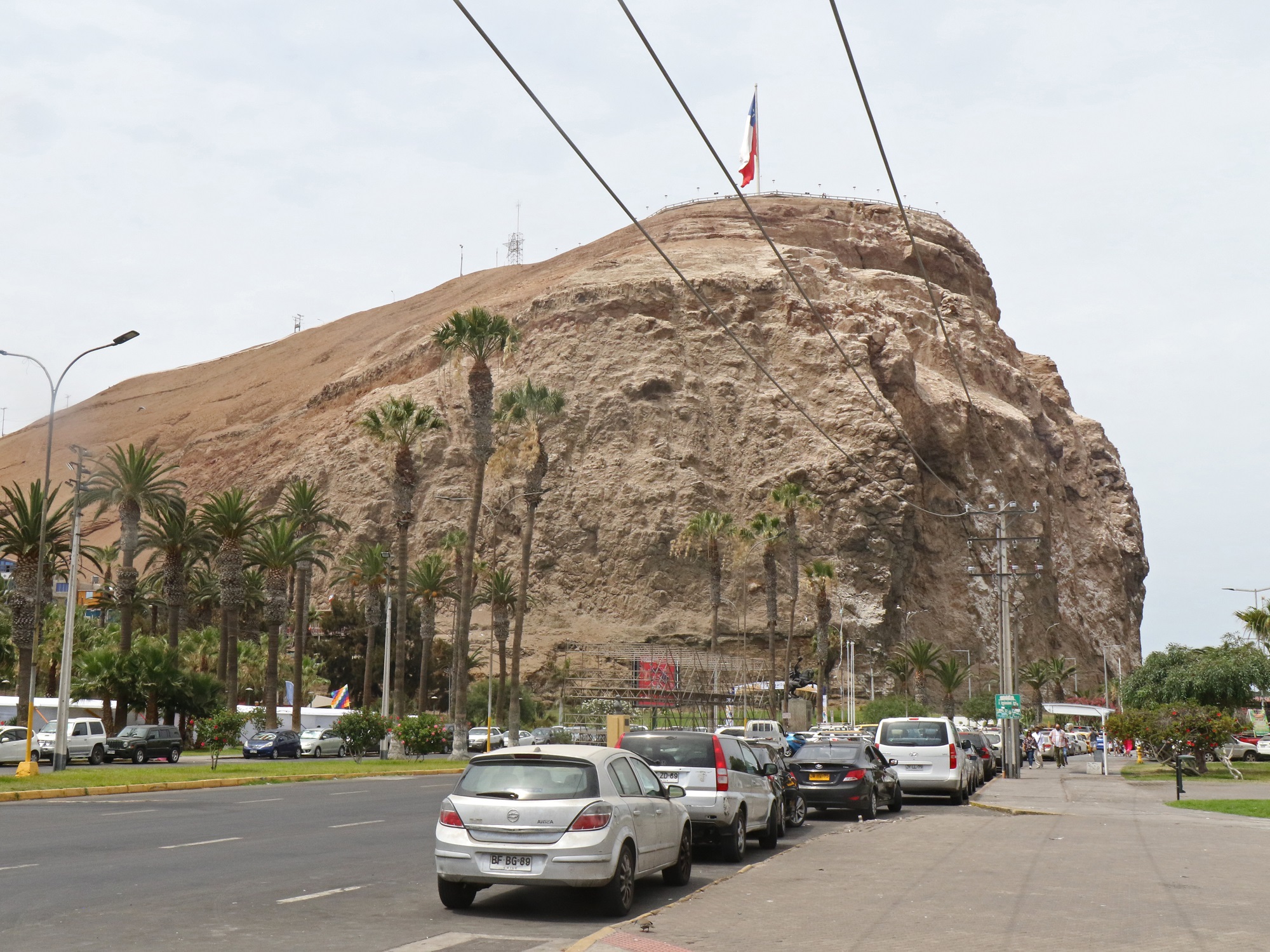
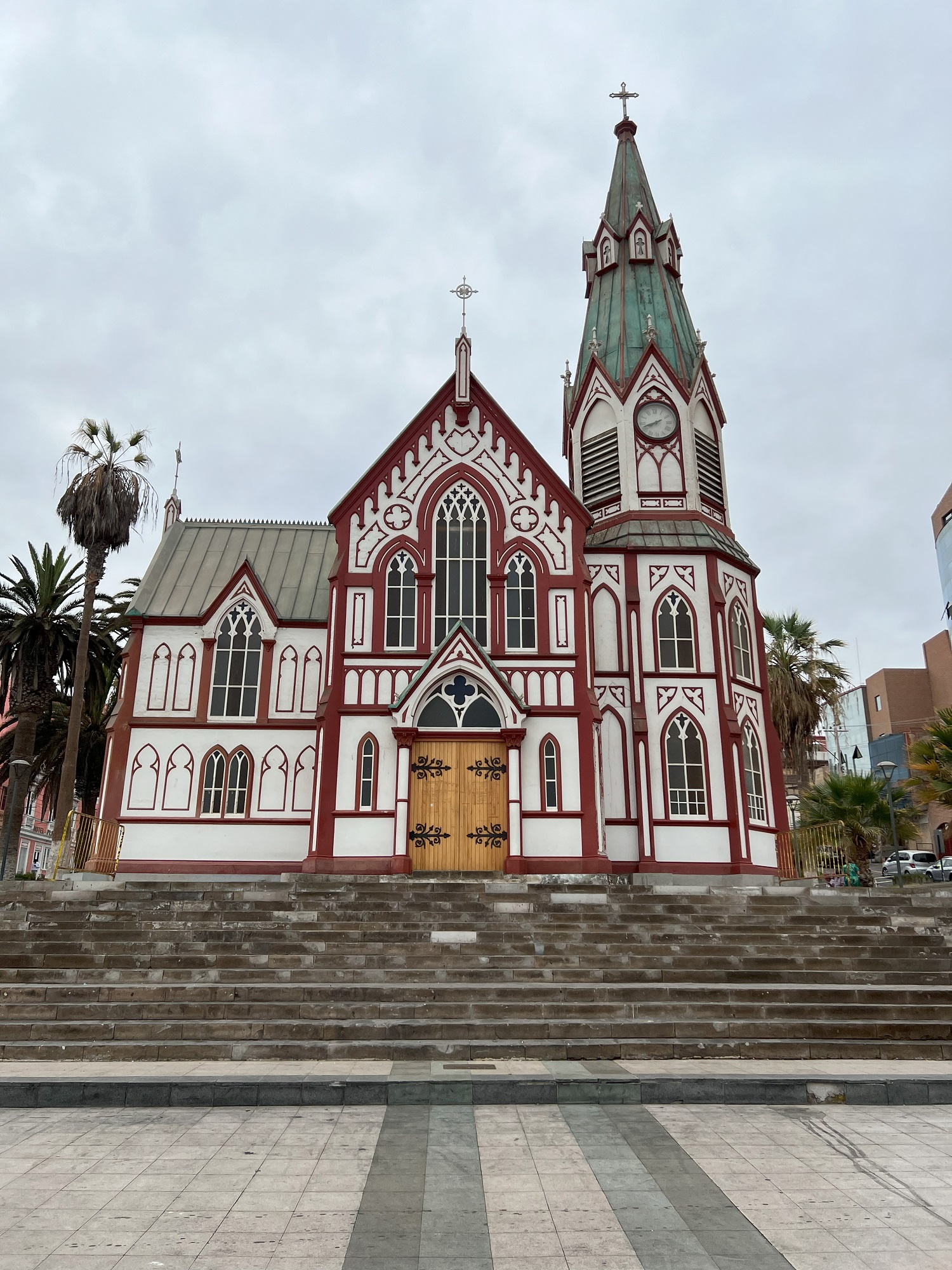
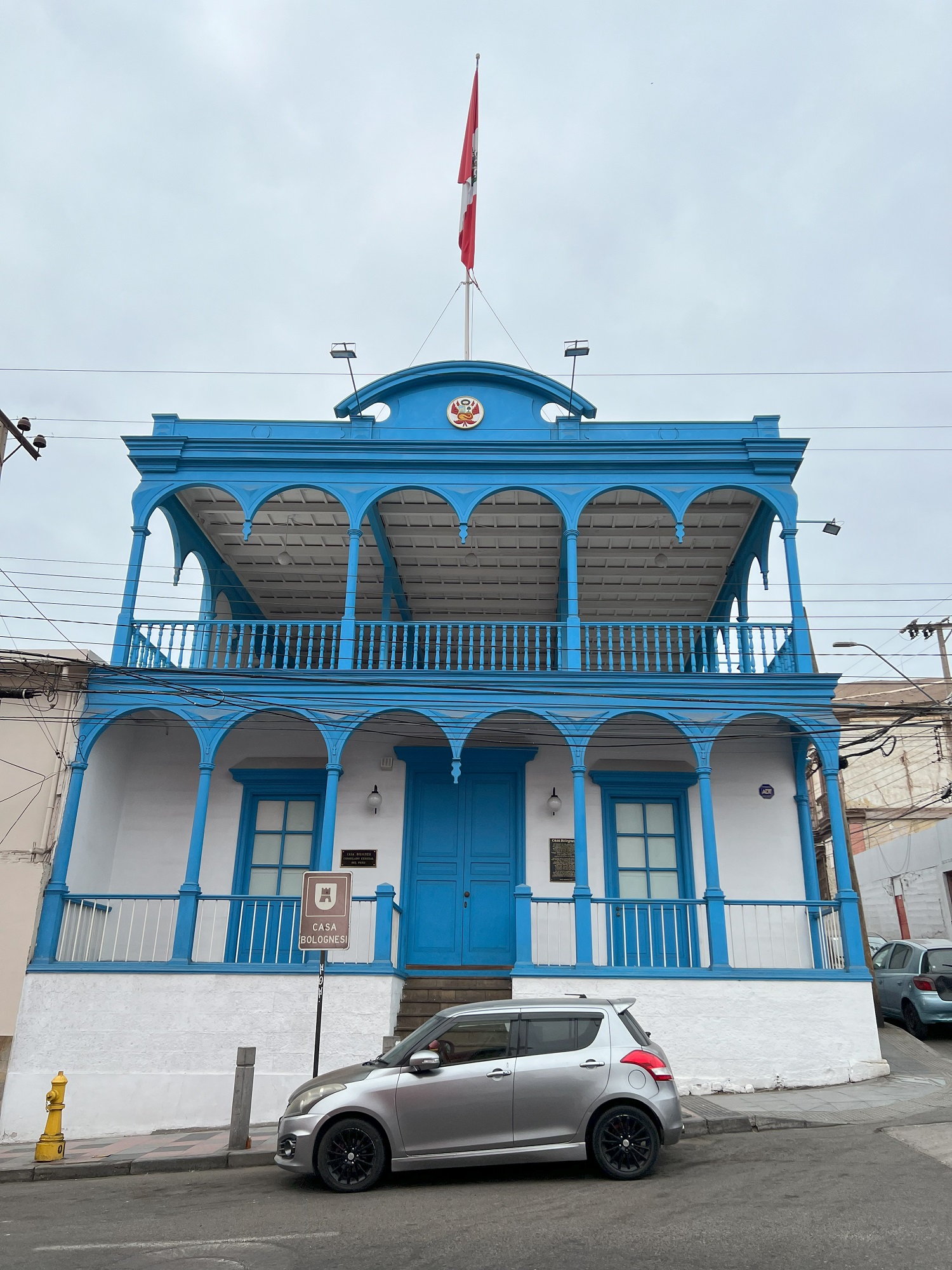
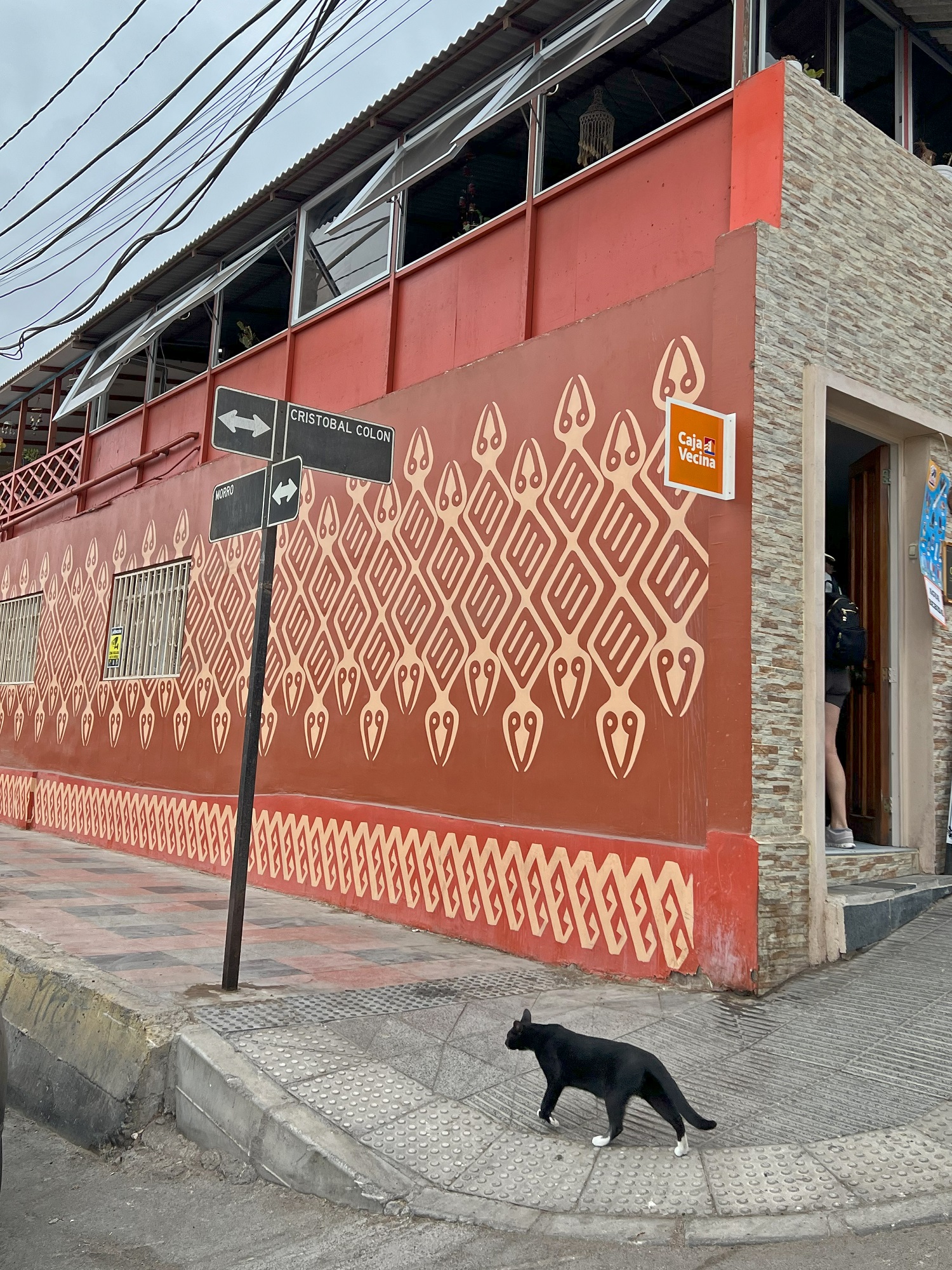

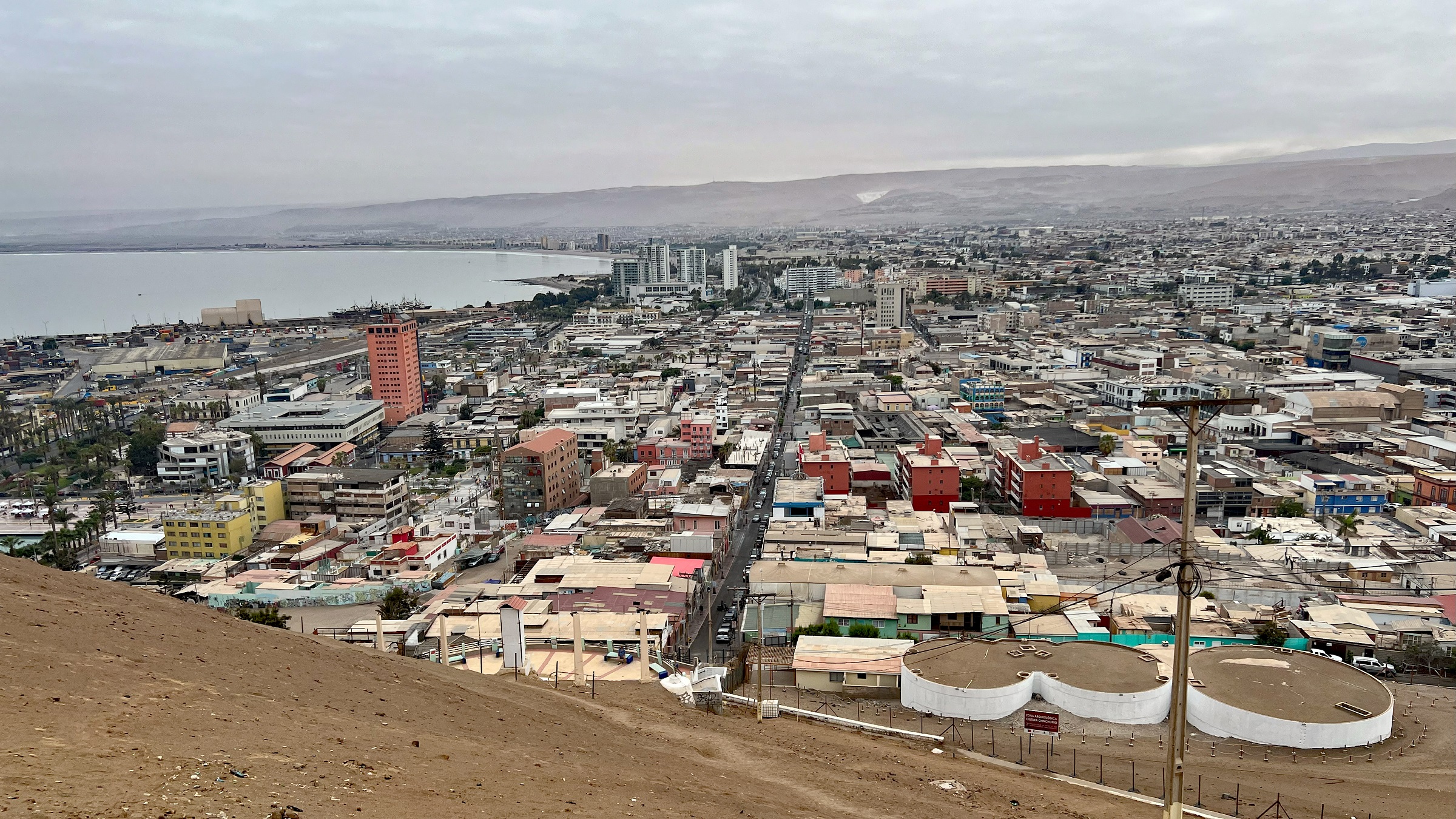
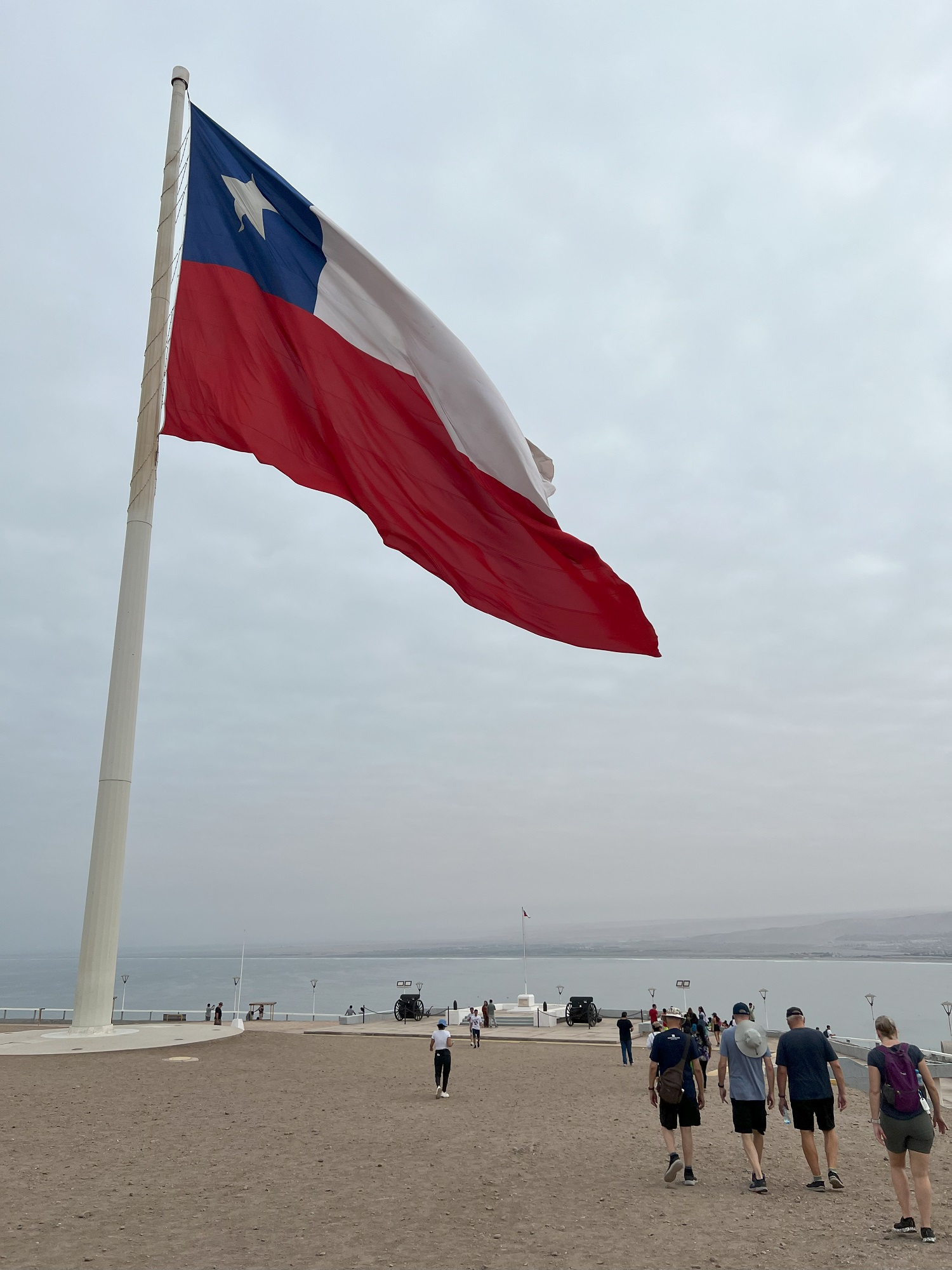
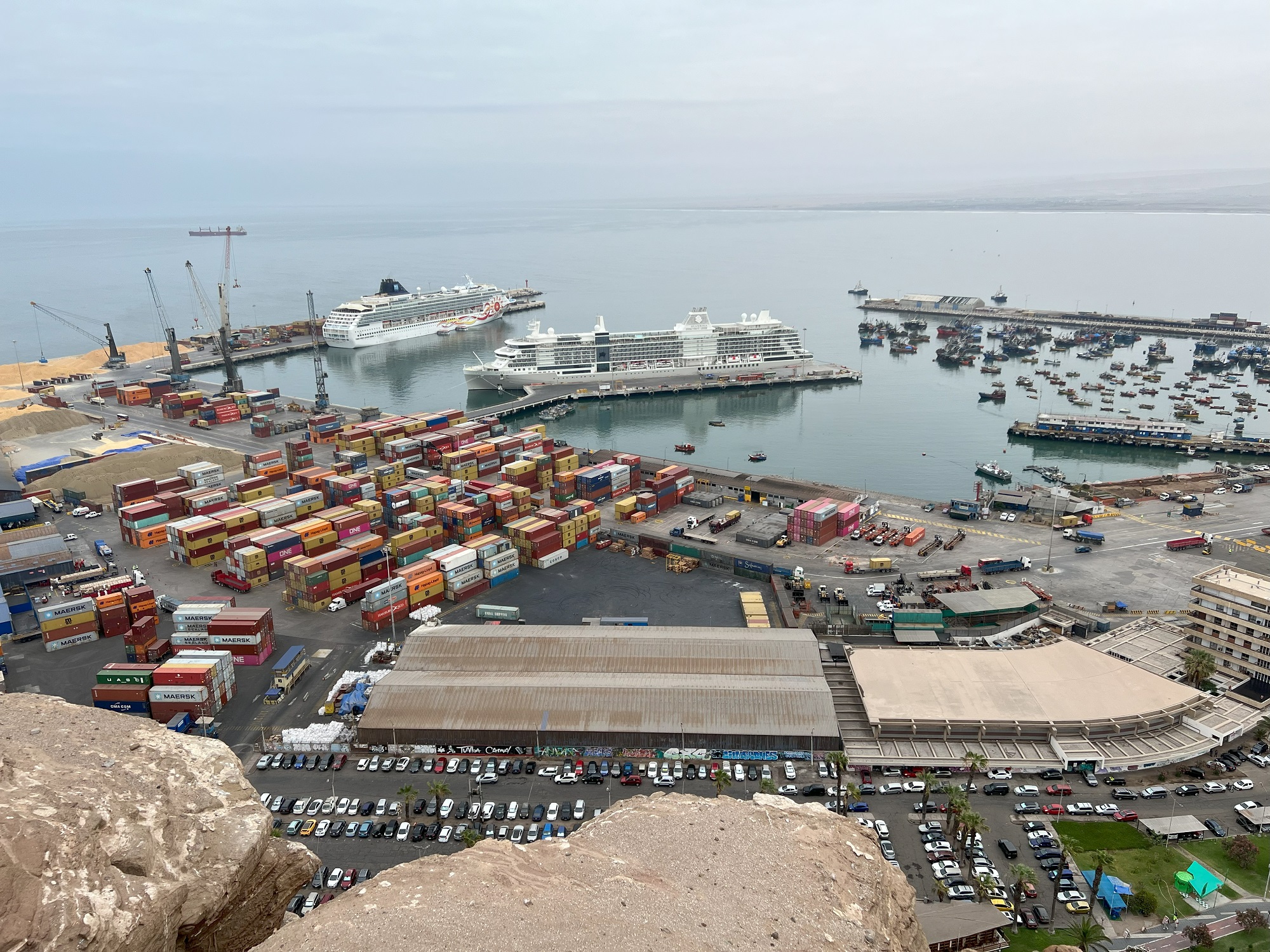
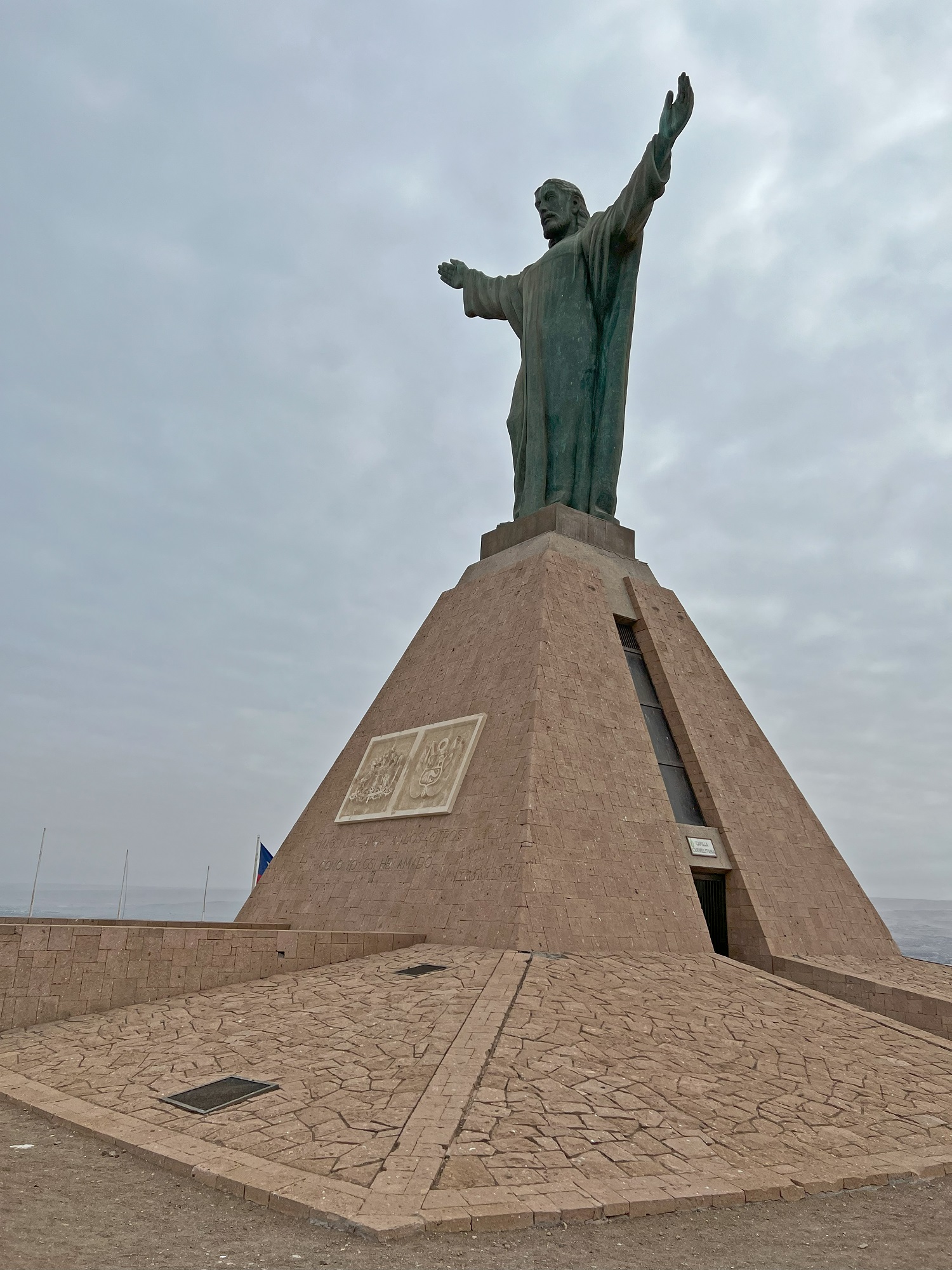

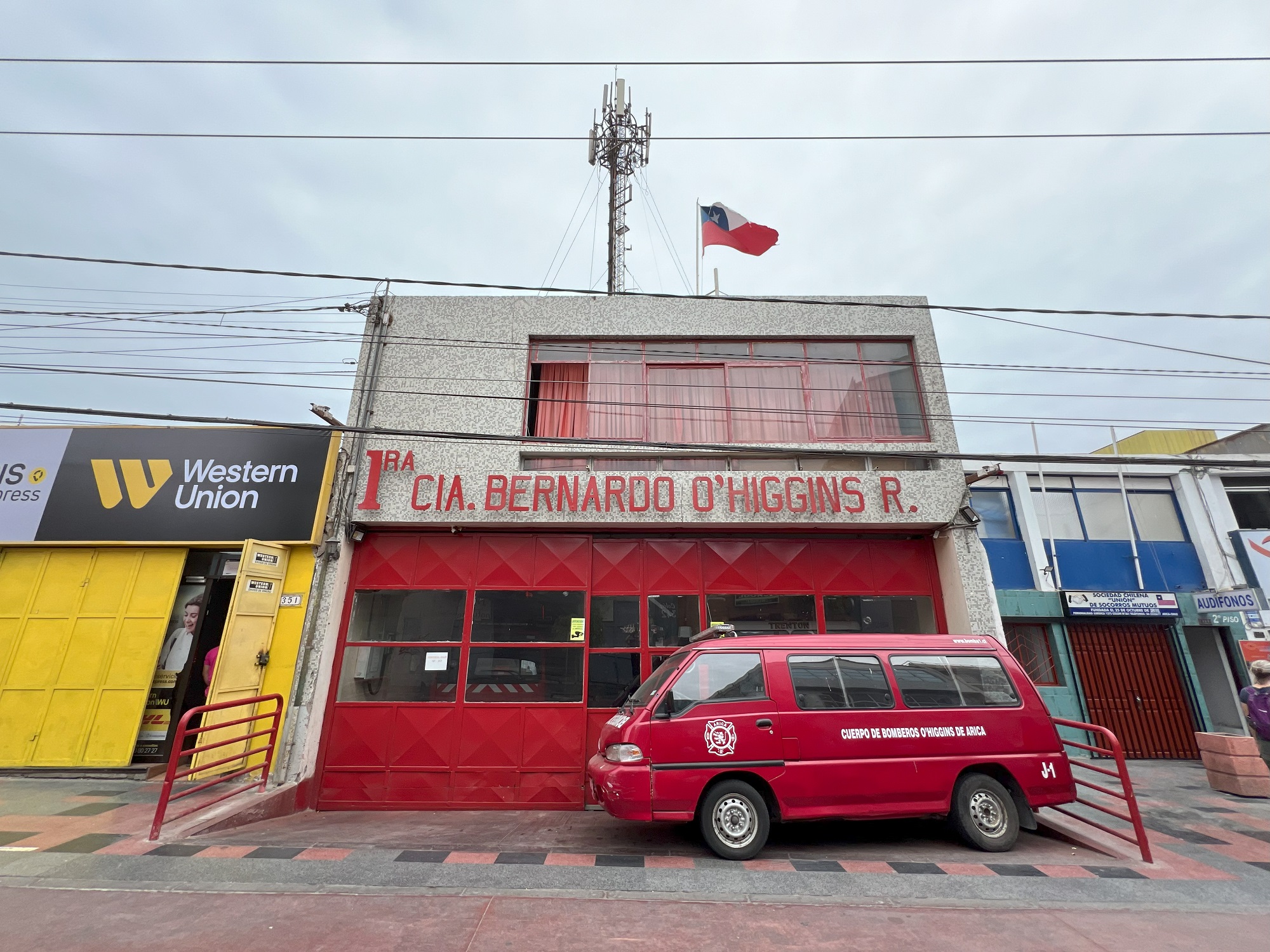
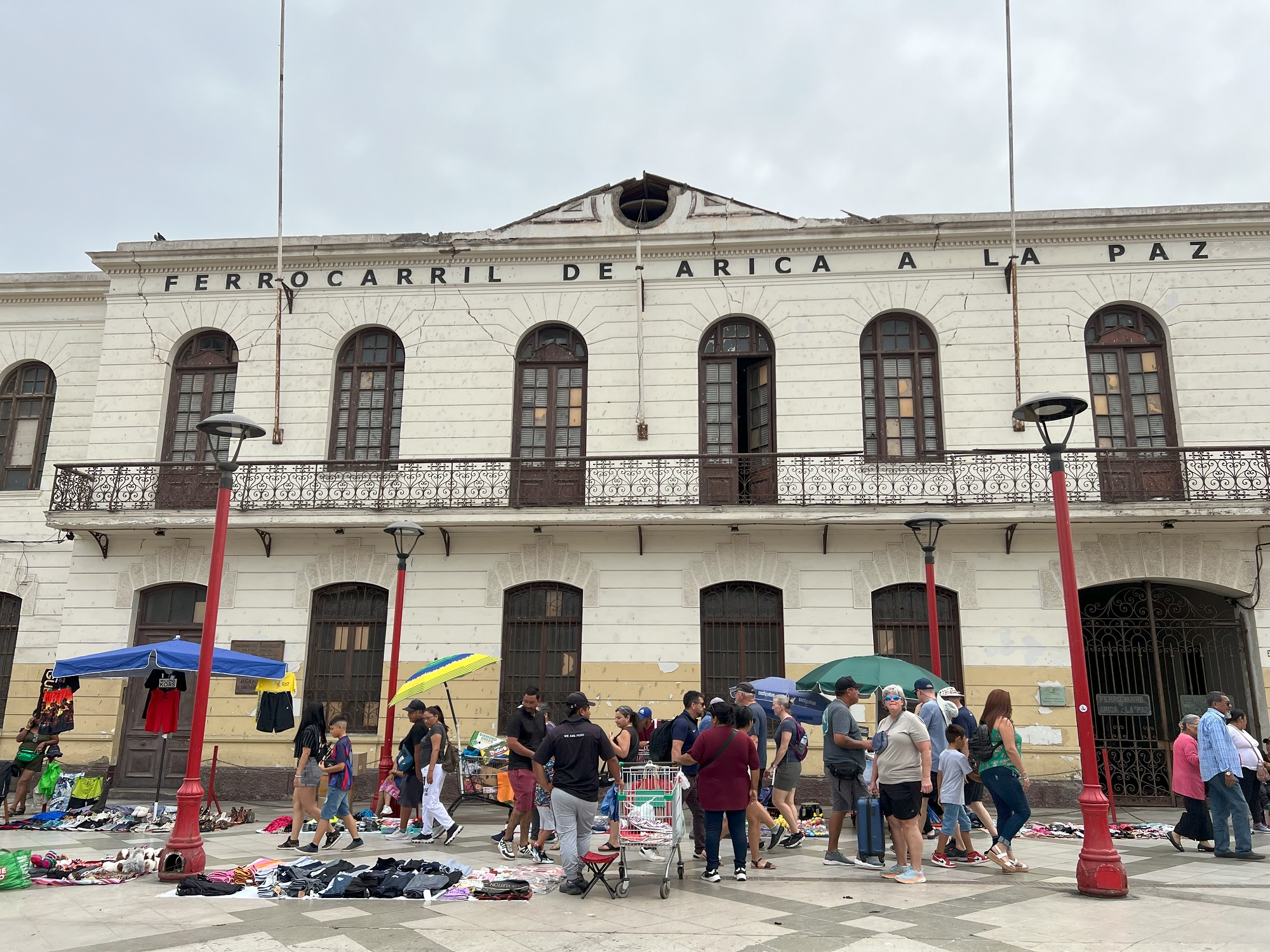
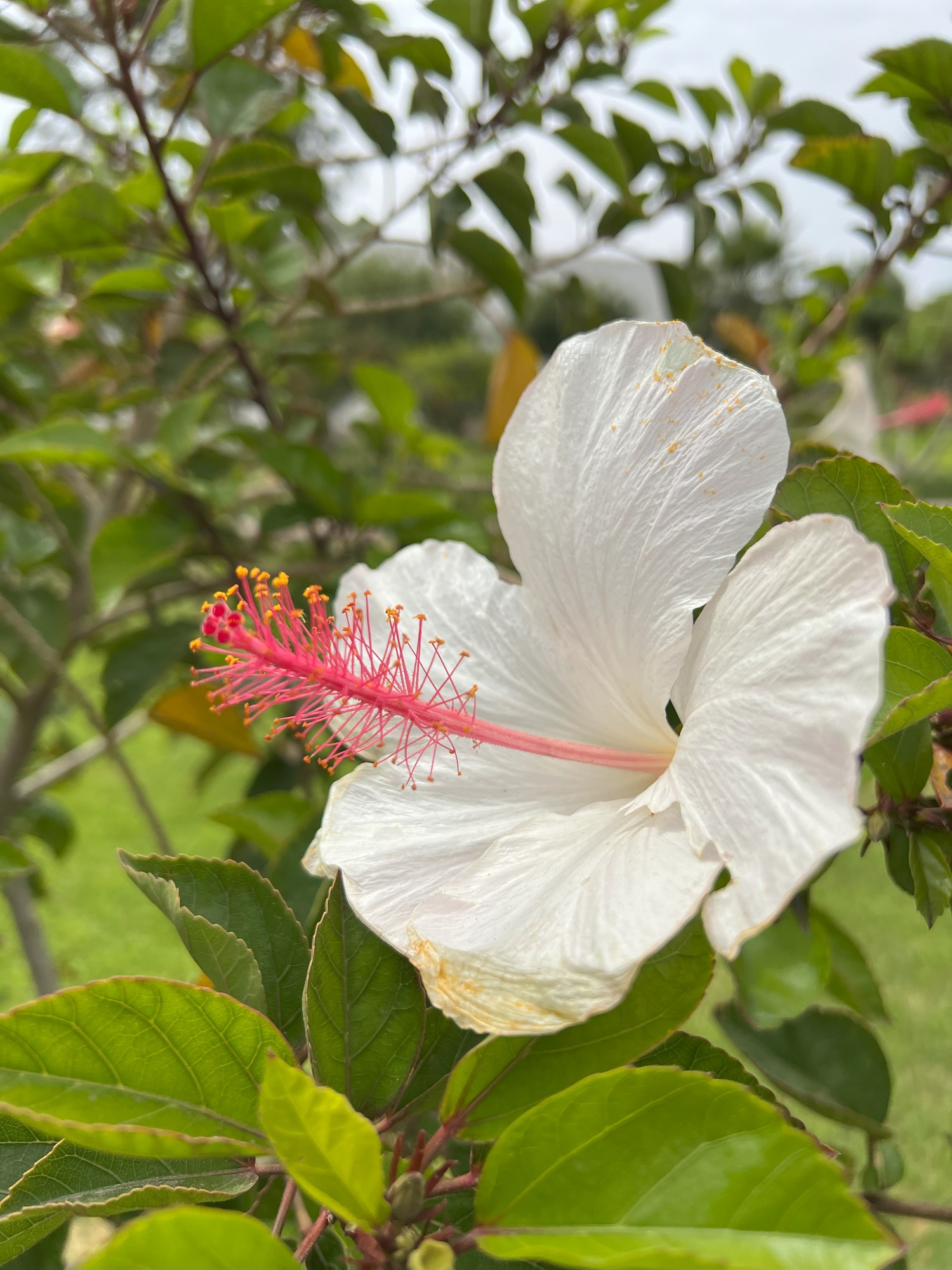
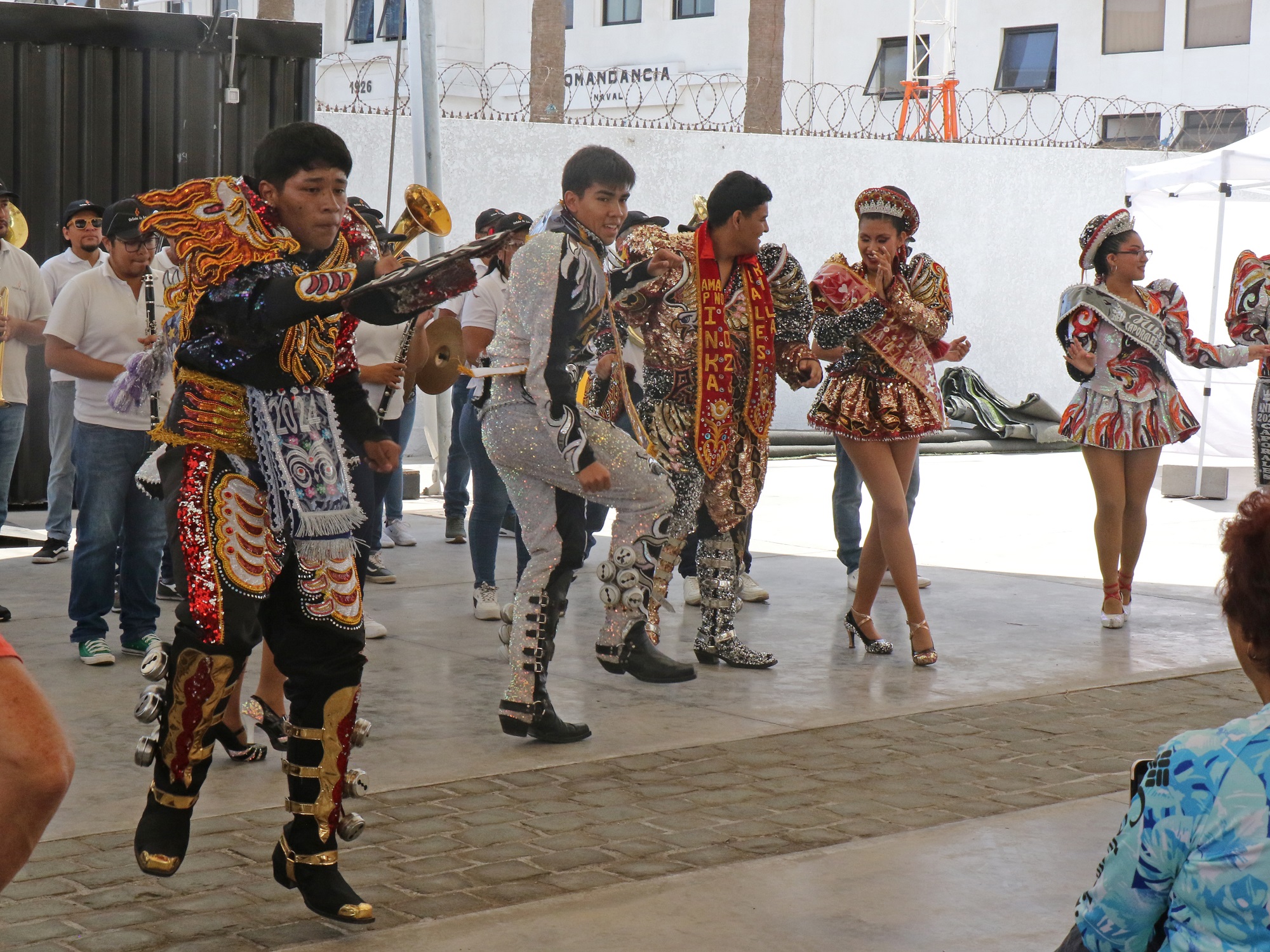
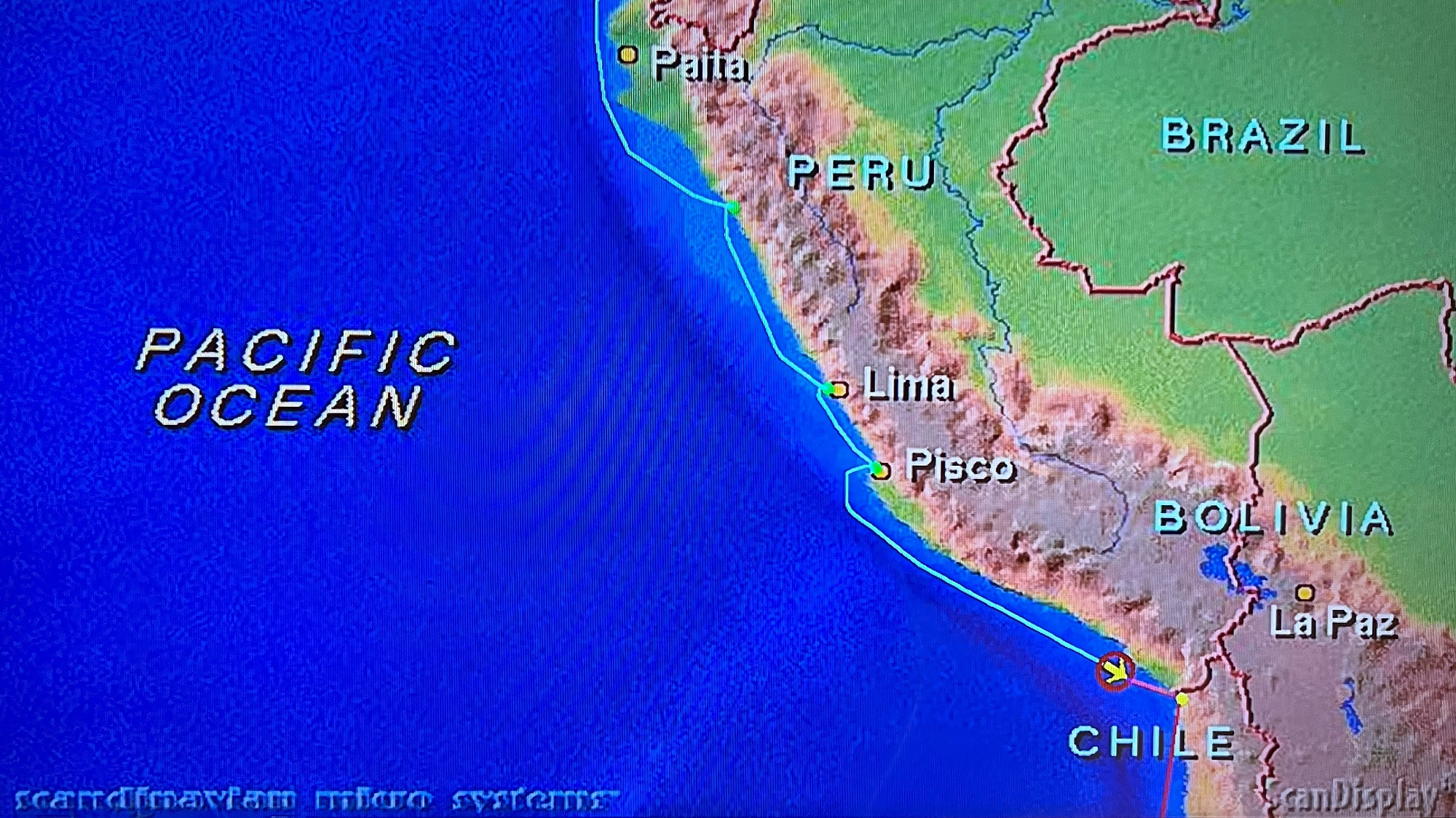
The Norwegian Sun continued her journey along the Peruvian coast towards Chile today. That’s the Silver Nova from the Silversea luxury cruise line out at sea with us.
We should reach Arica— just south of the border with Peru— early in the morning.
We arrived at the cruise terminal on the Paracas peninsula near Pisco this morning at 7 am.
Our excursion was to nearby Paracas National Reserve, an area with protected desert and marine ecosystems.
Most of the area is a moonscape with no vegetation.
It is really part of the Atacama Desert— the driest nonpolar desert in the world.
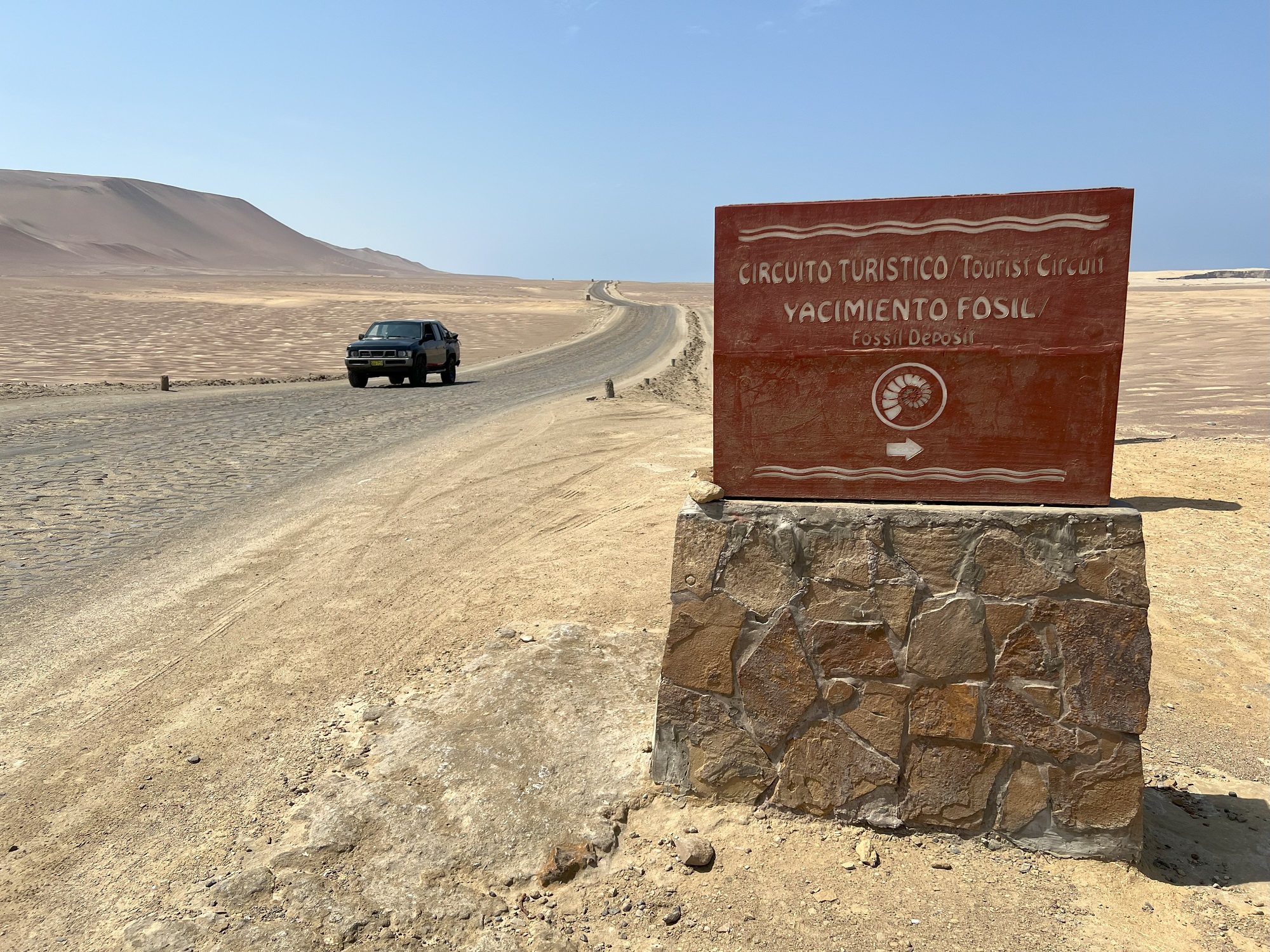

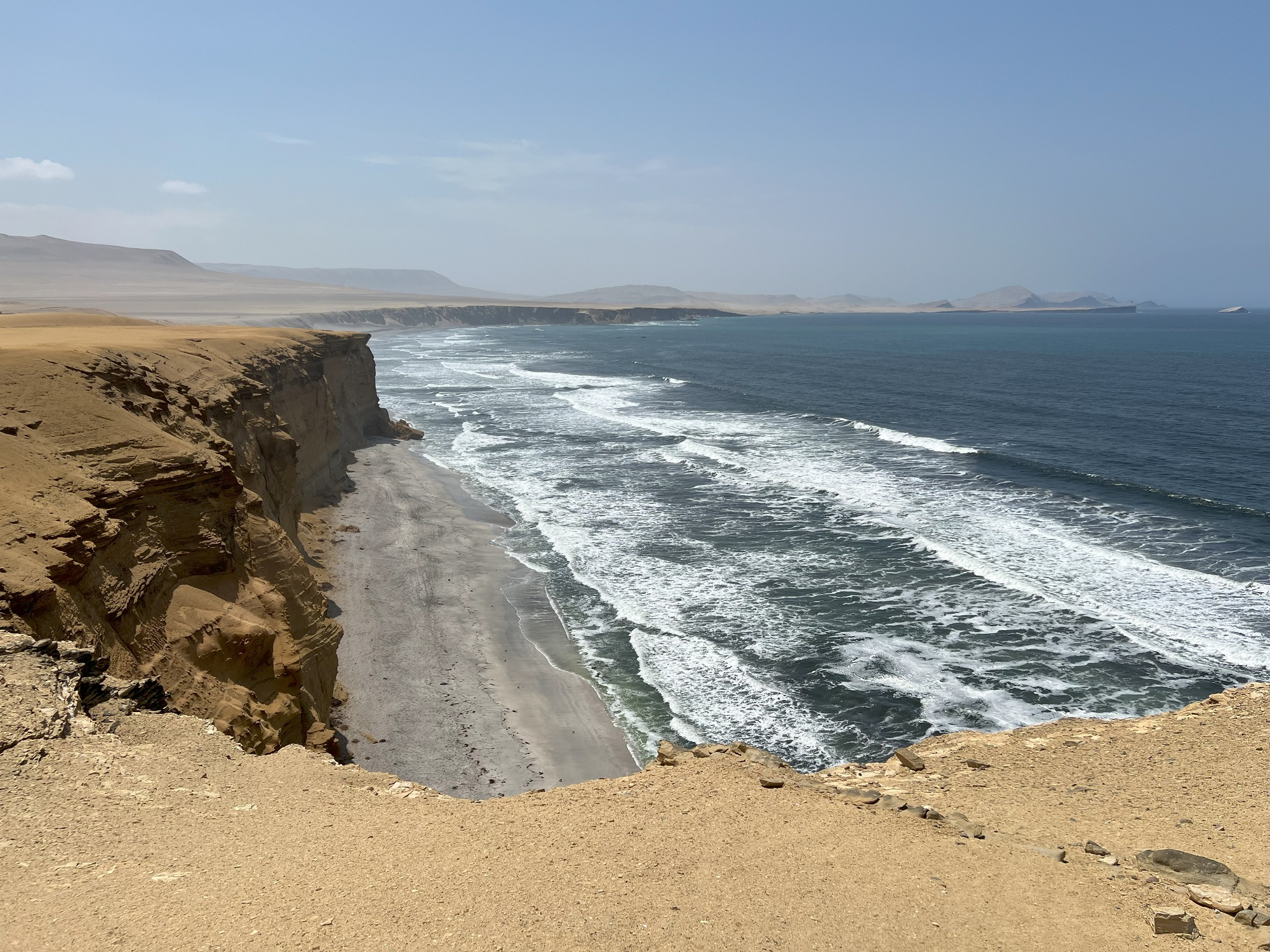
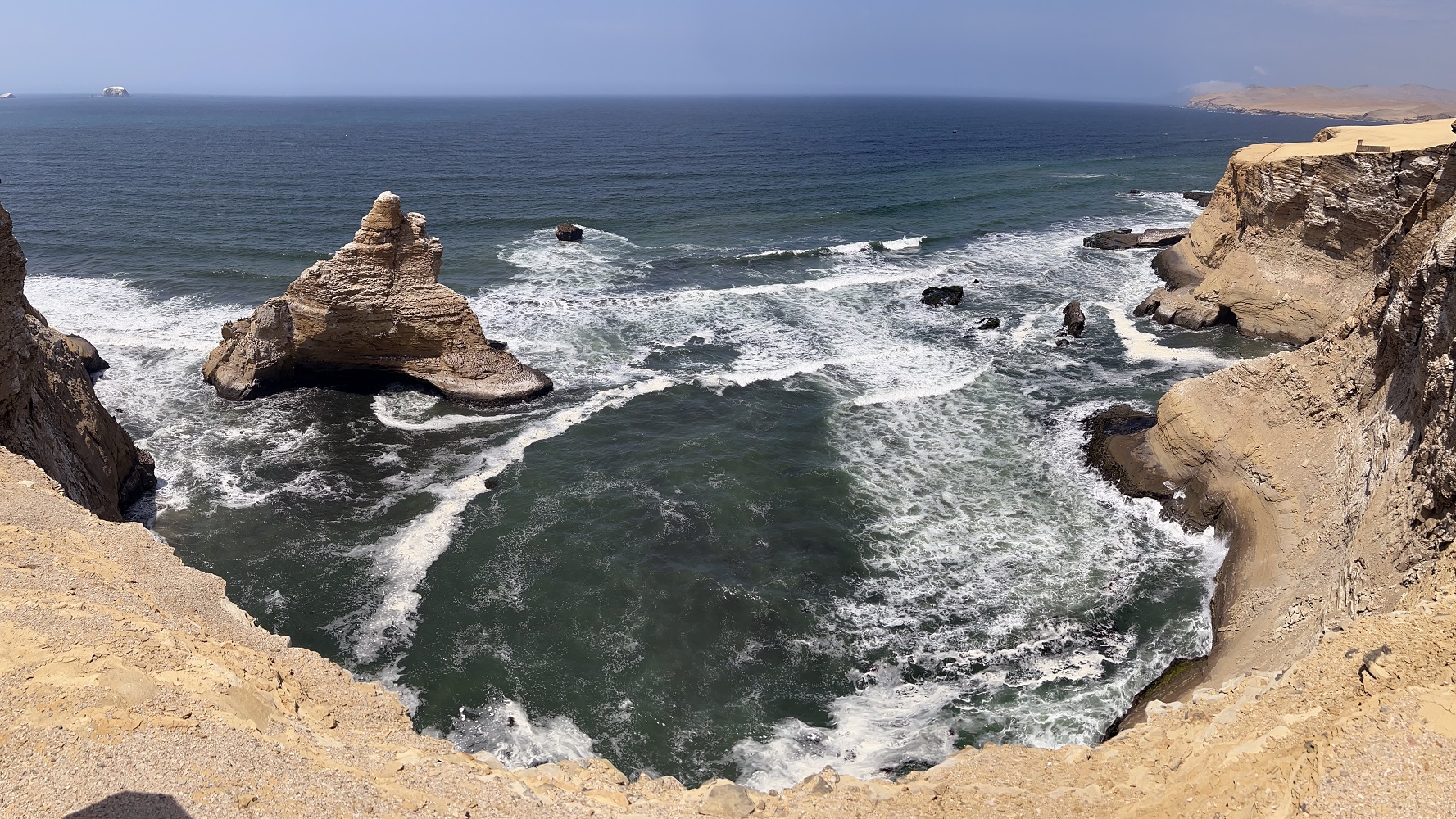
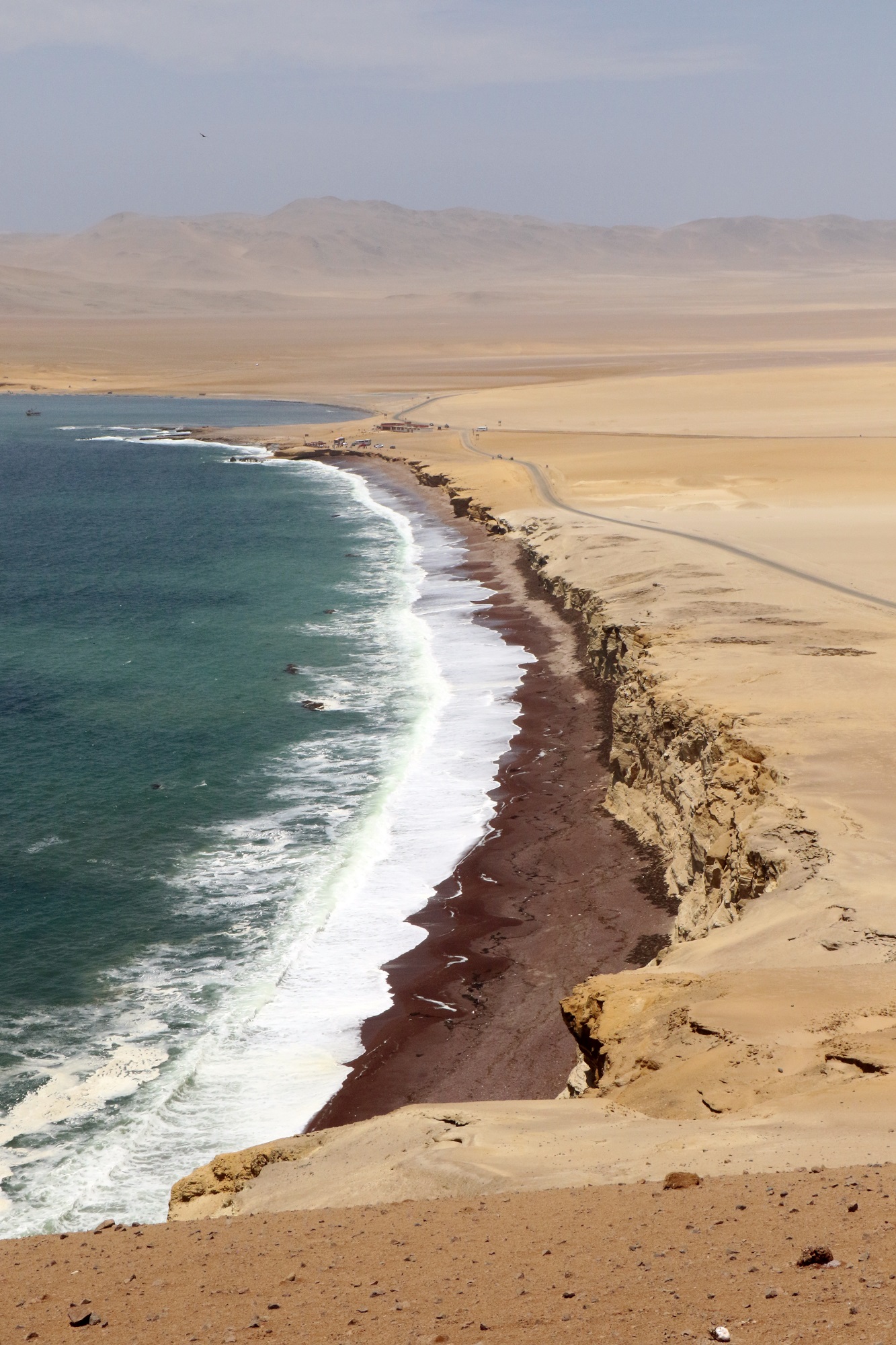
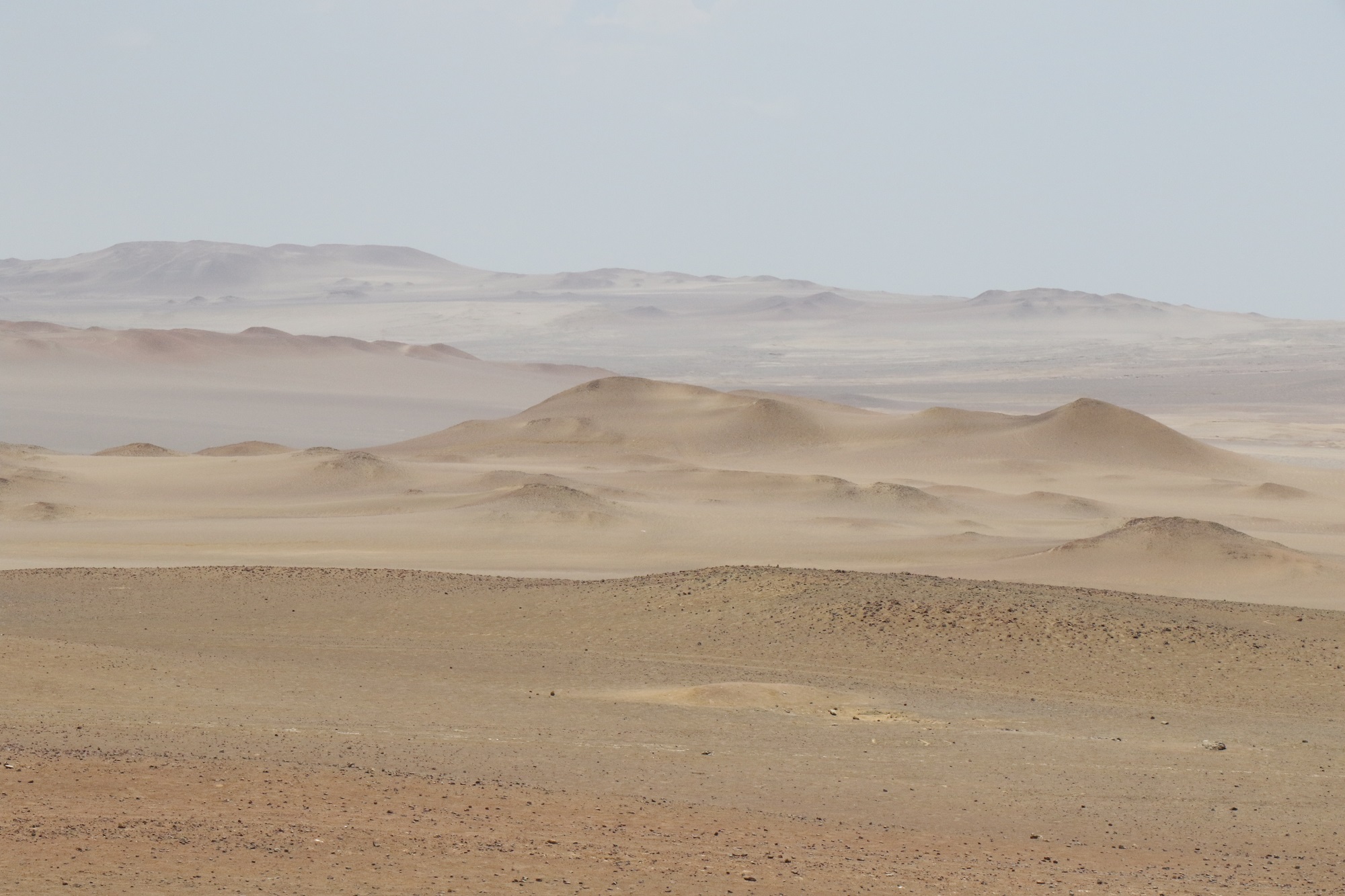

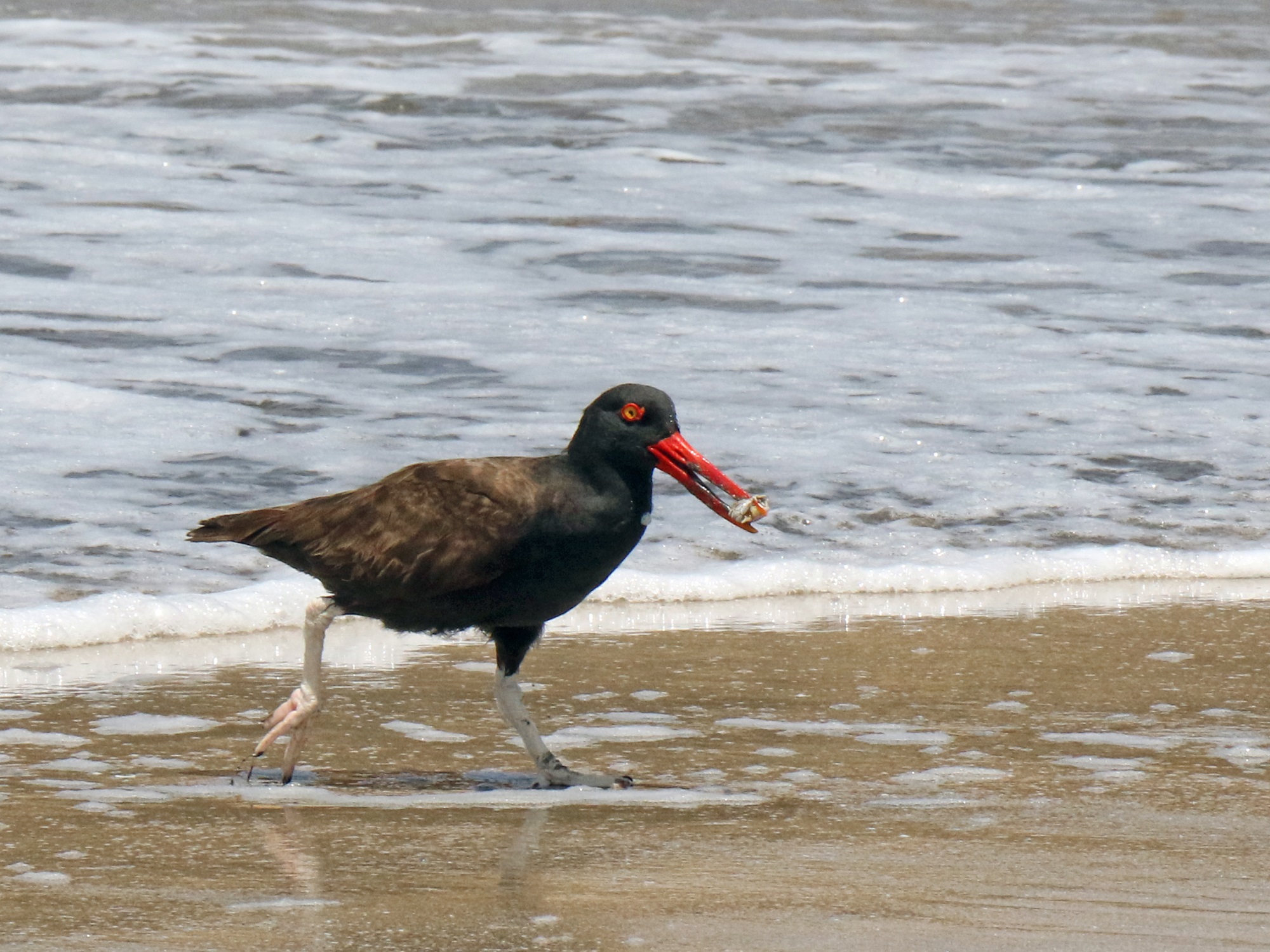
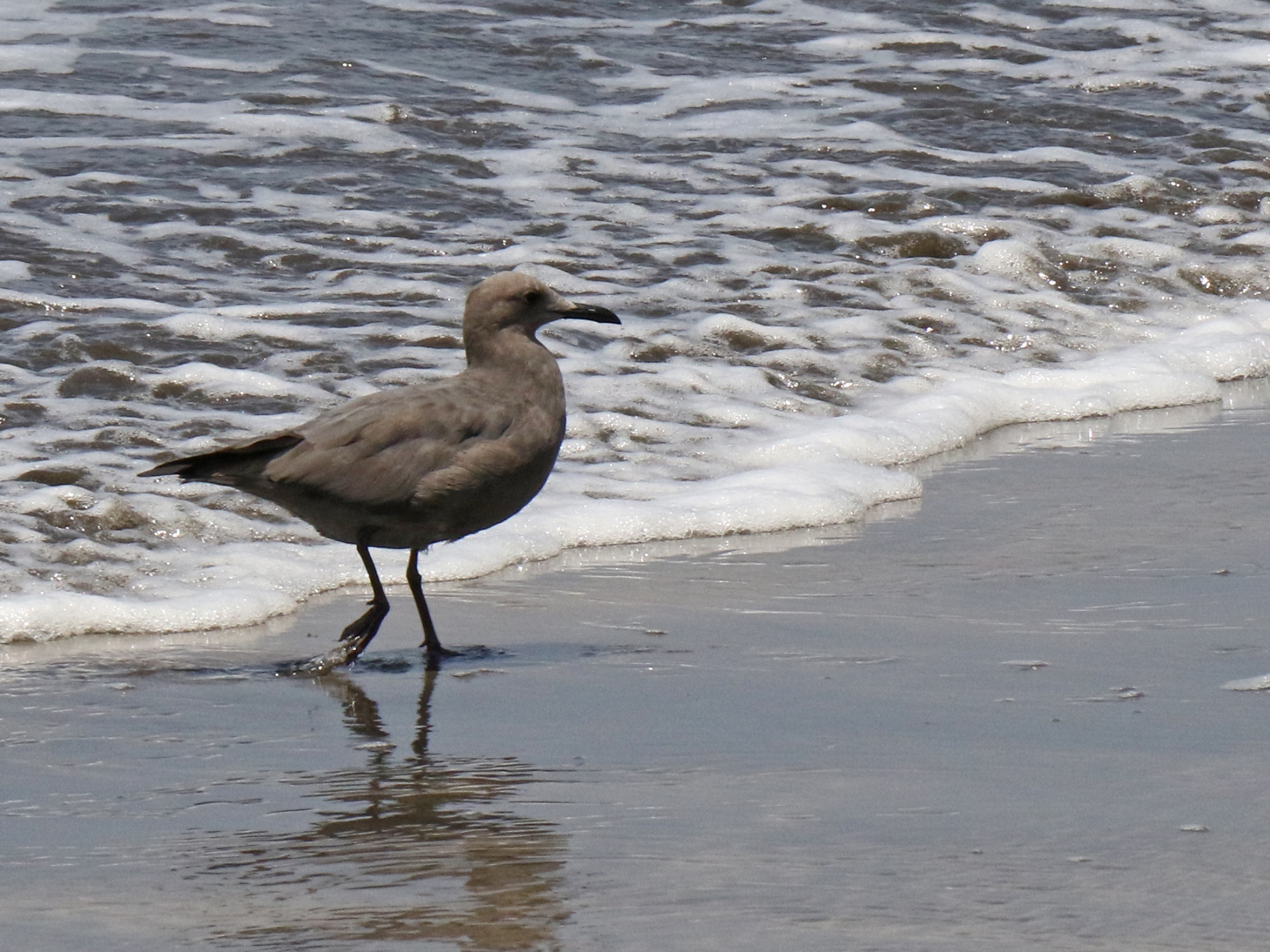
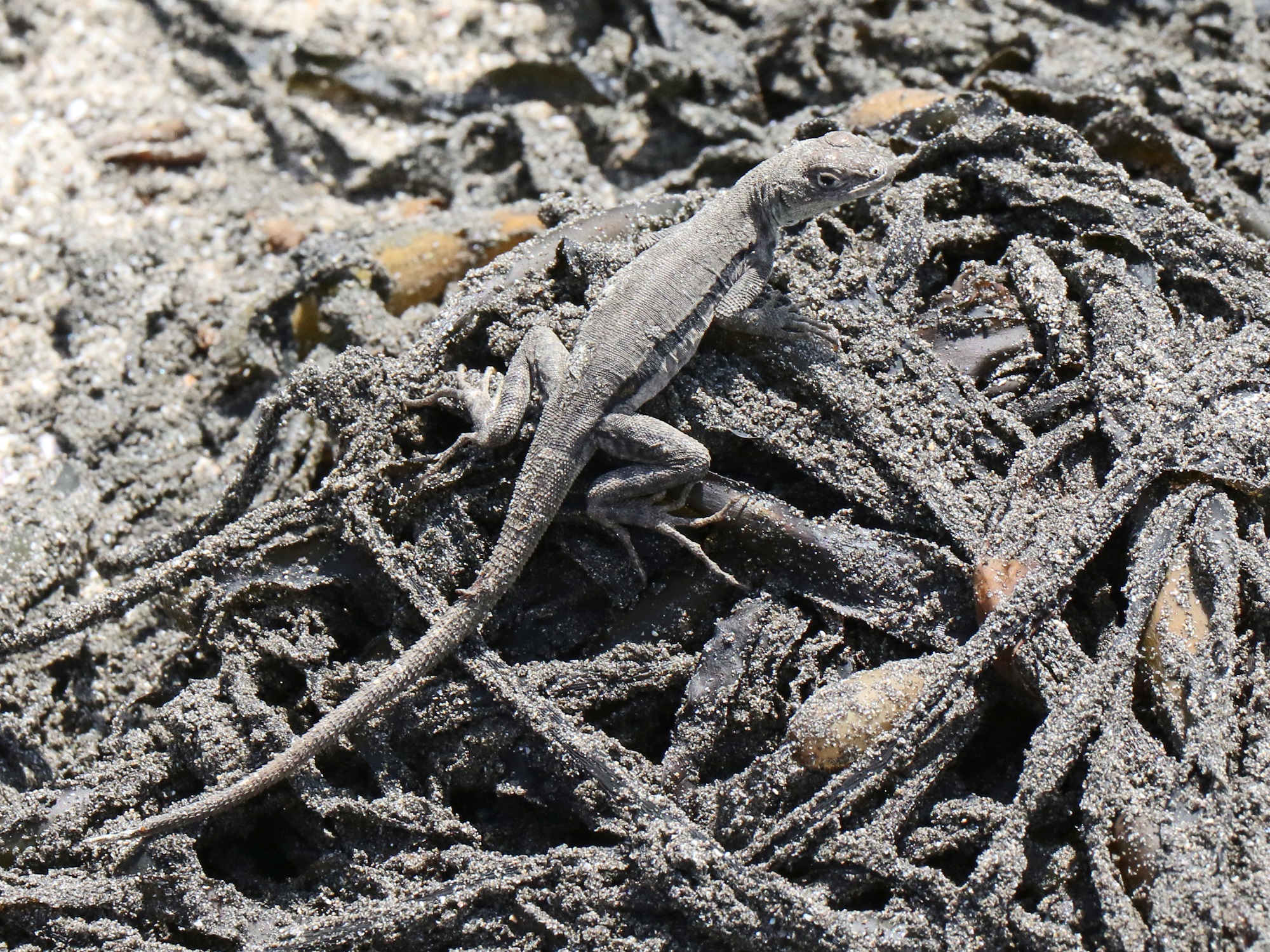

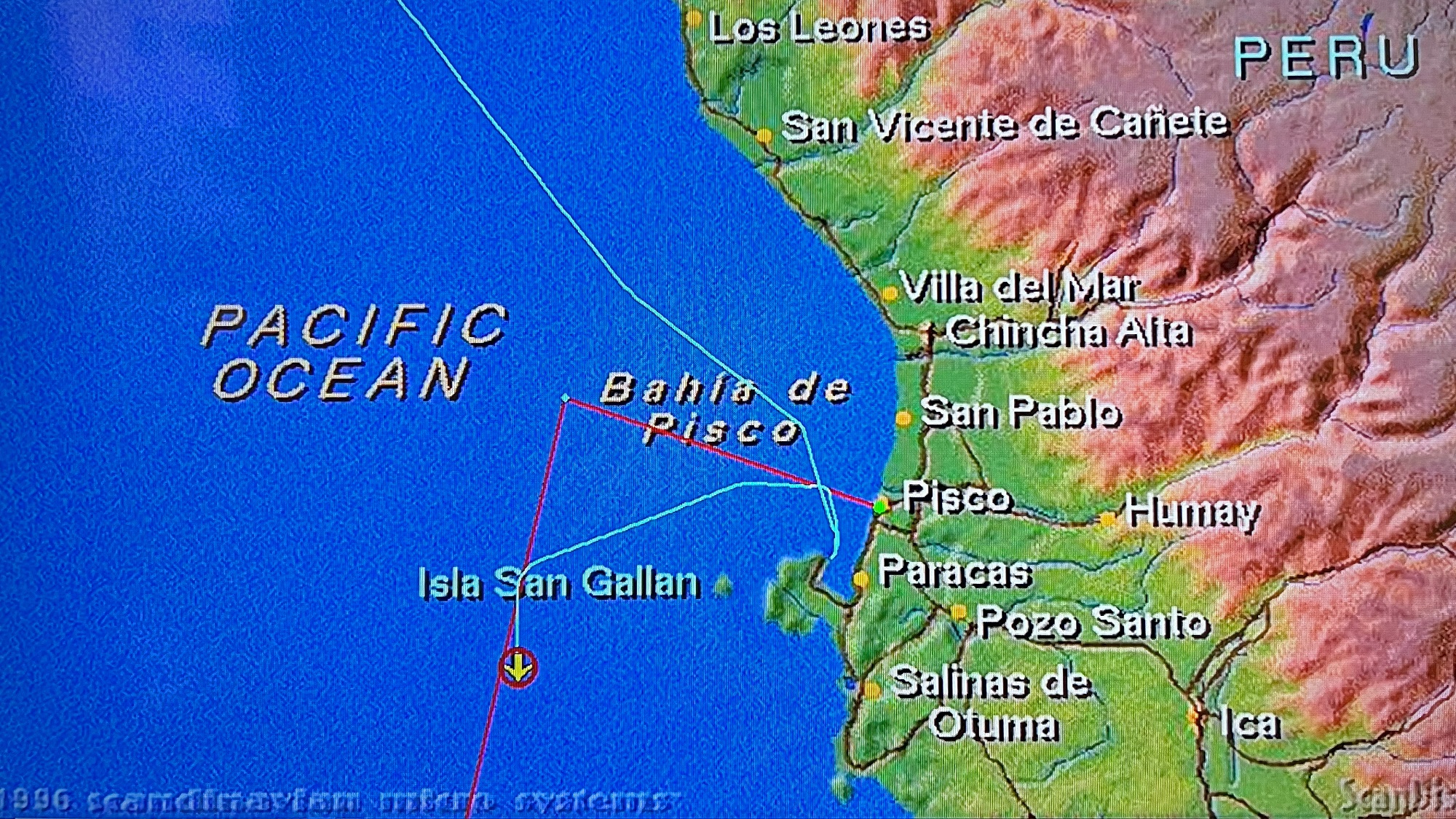
Today’s excursion into Lima took us to Lima Main Square (Plaza de Armas) with the Lima Cathedral just adjacent to it.
We also stopped by the Basilica and Convent of Santo Domingo.
On the way back to Callao and the cruise terminal, we stopped at the Parque Domodossola in Miraflores for a look at the Pacific Ocean and the playas (beaches) below.
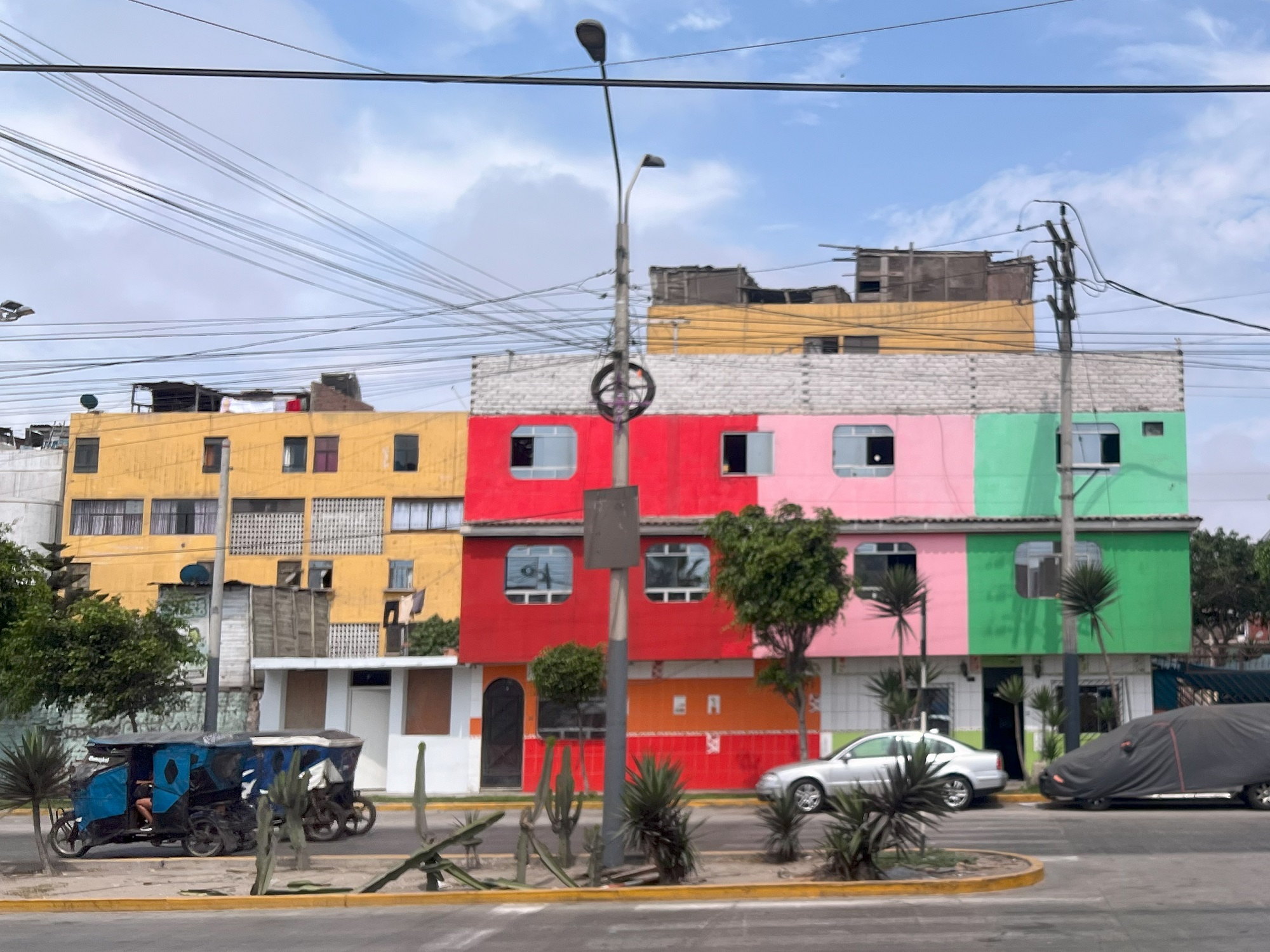
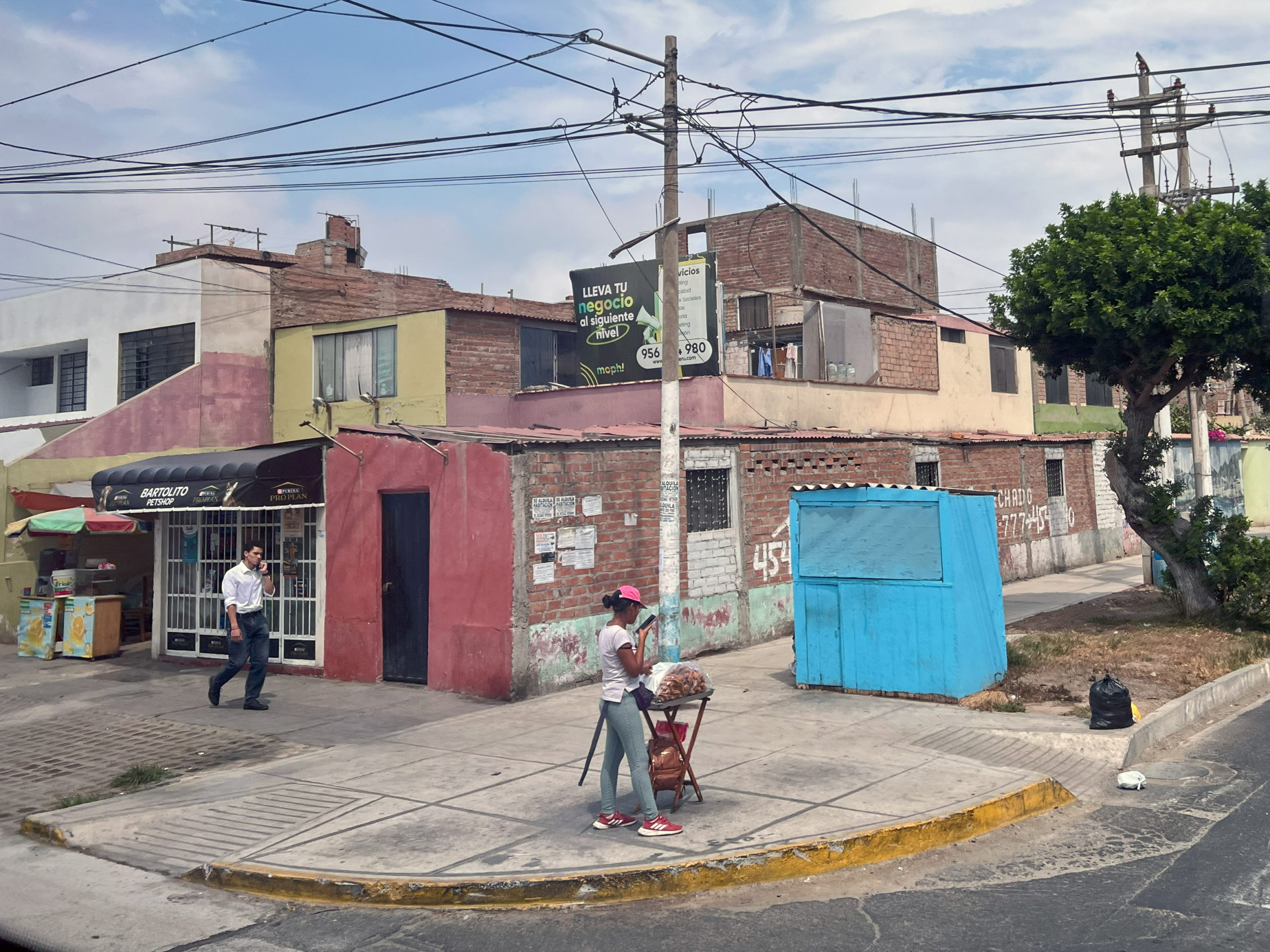

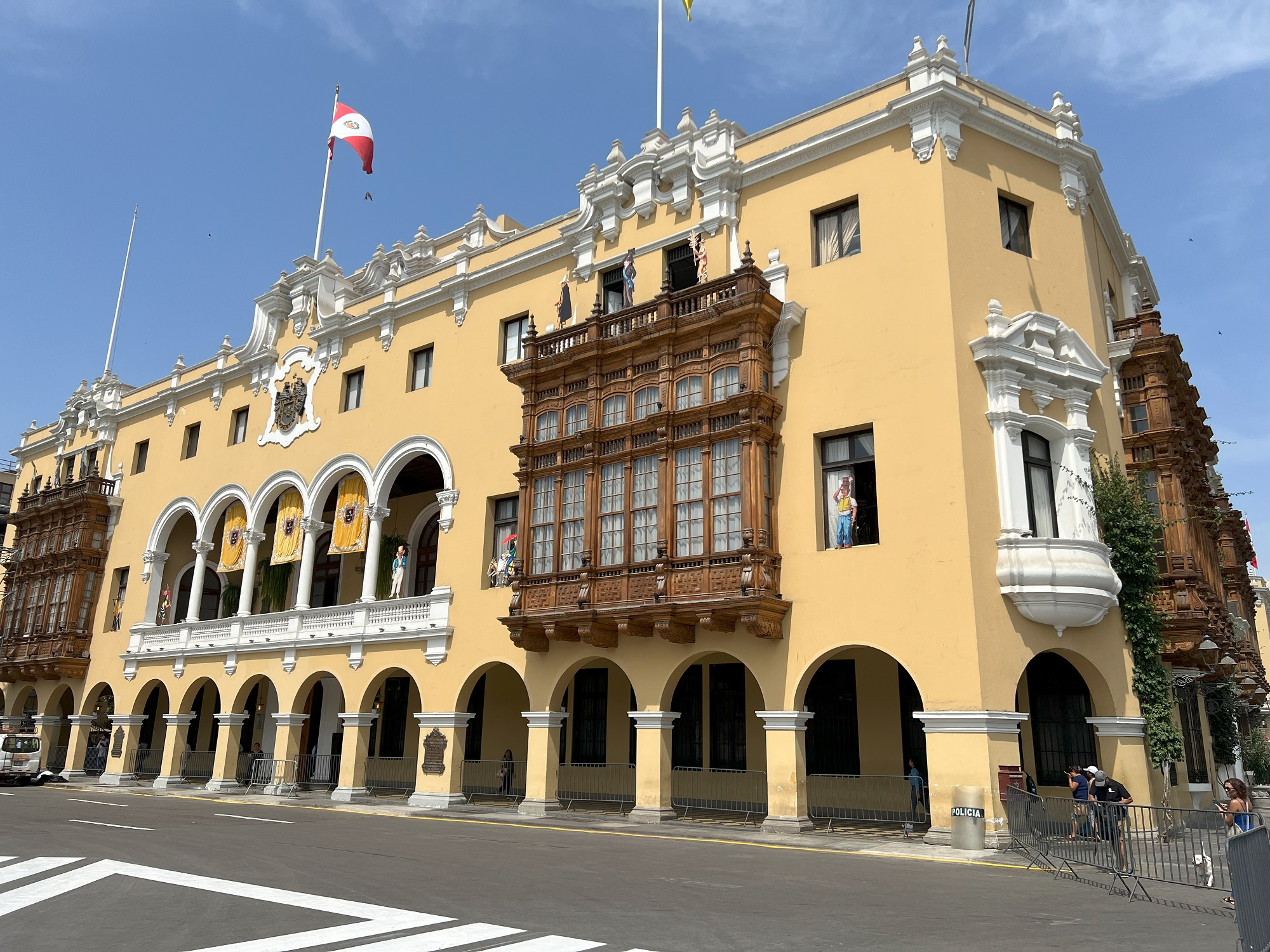
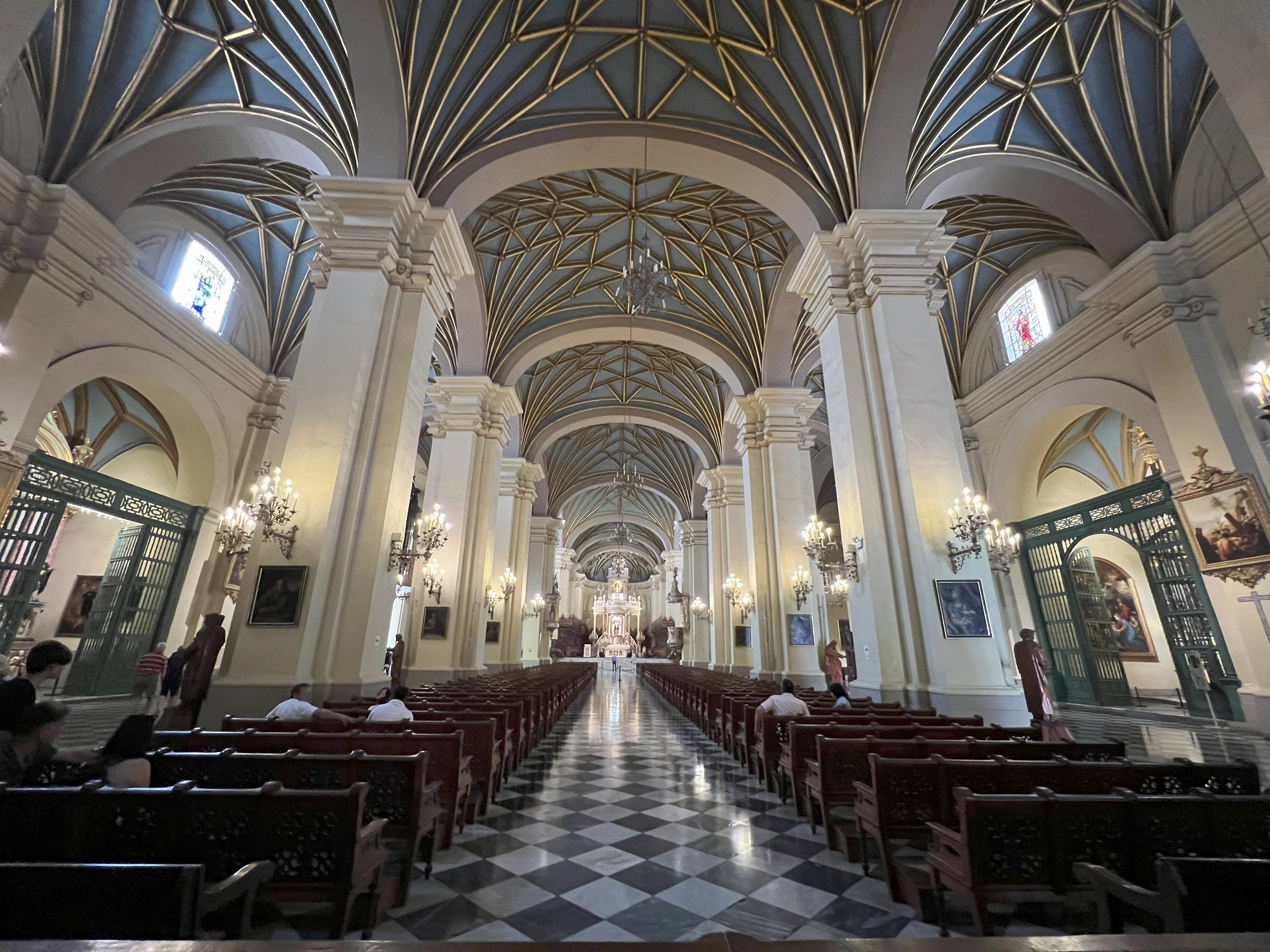
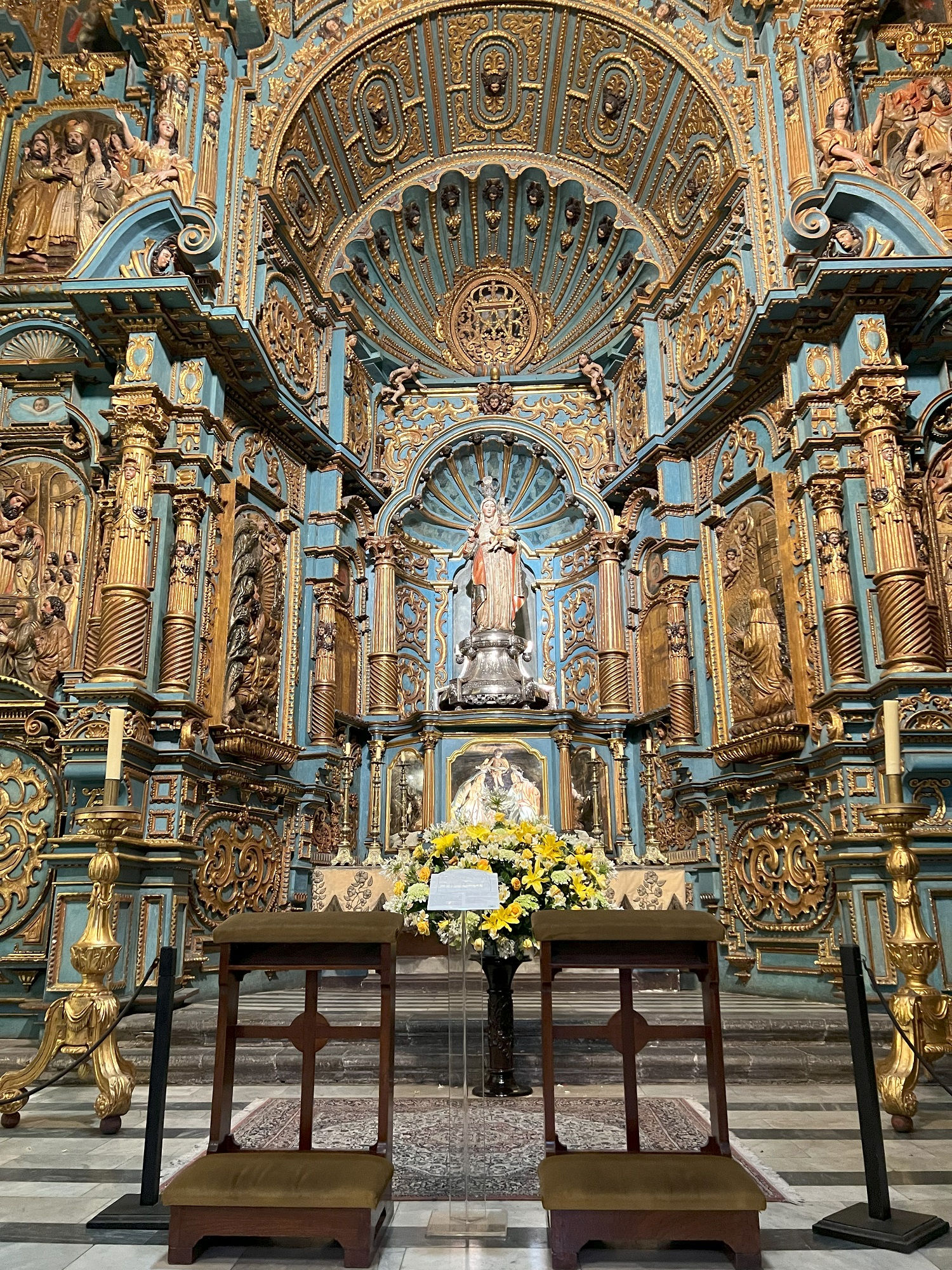
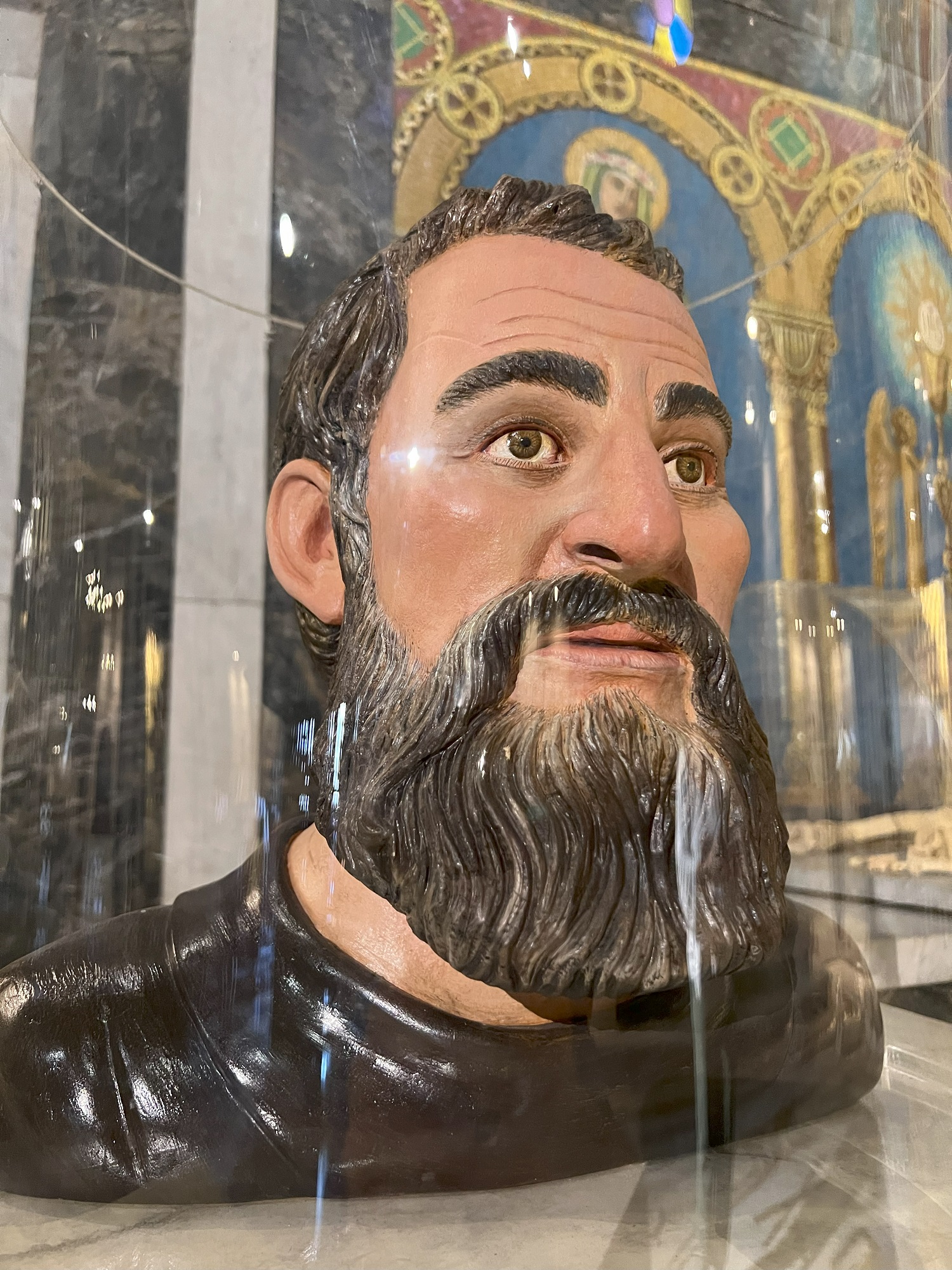
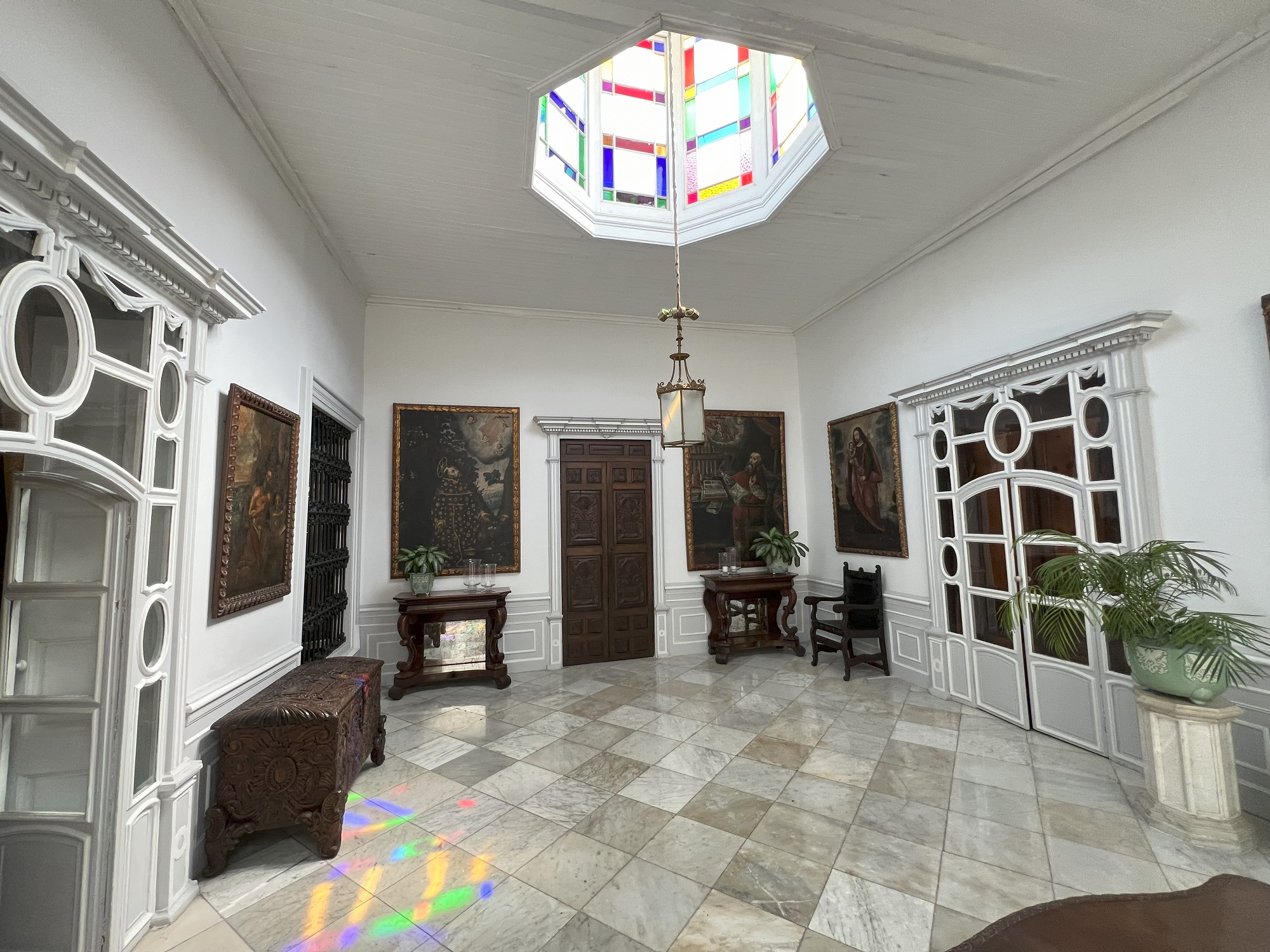
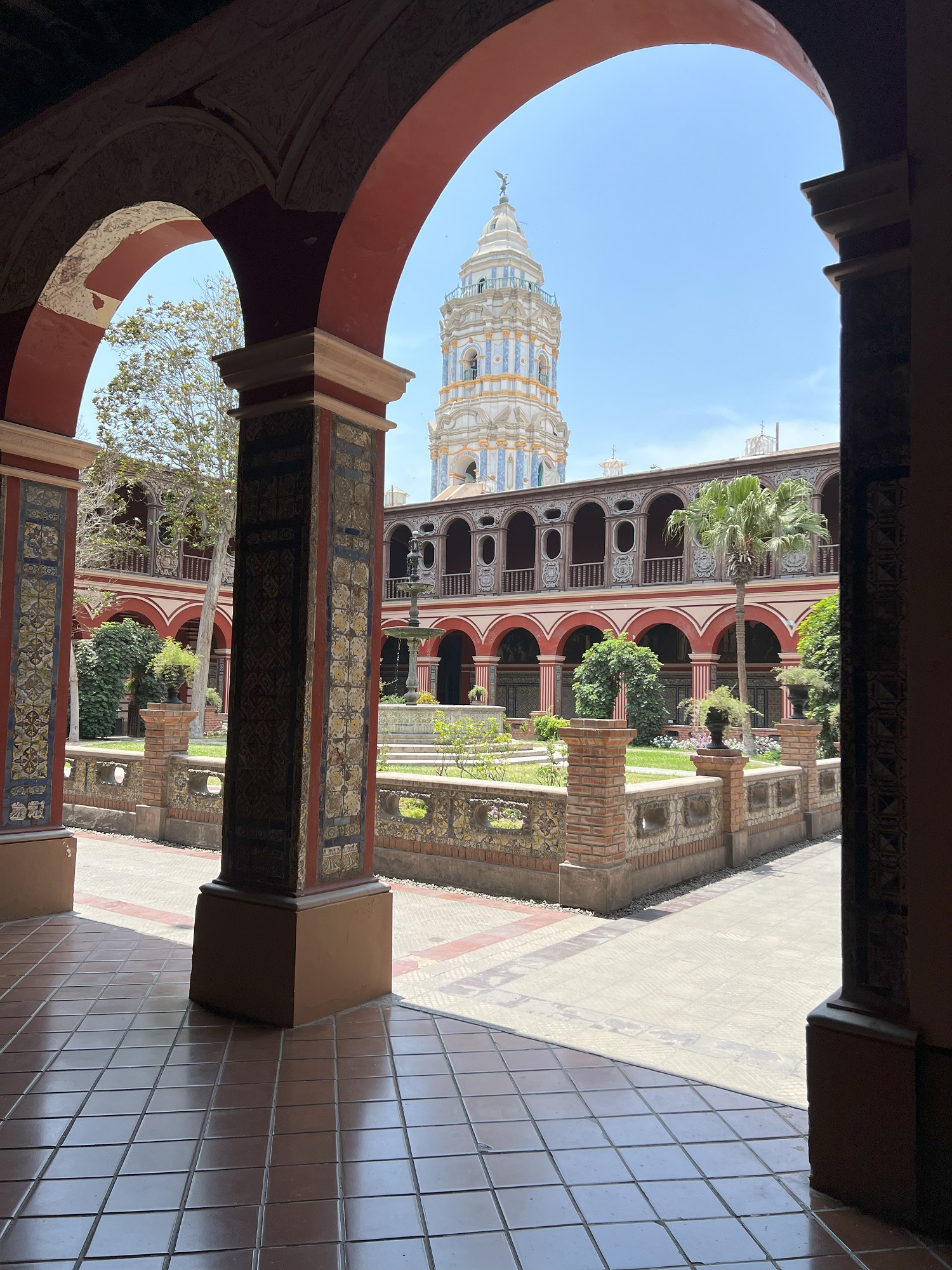
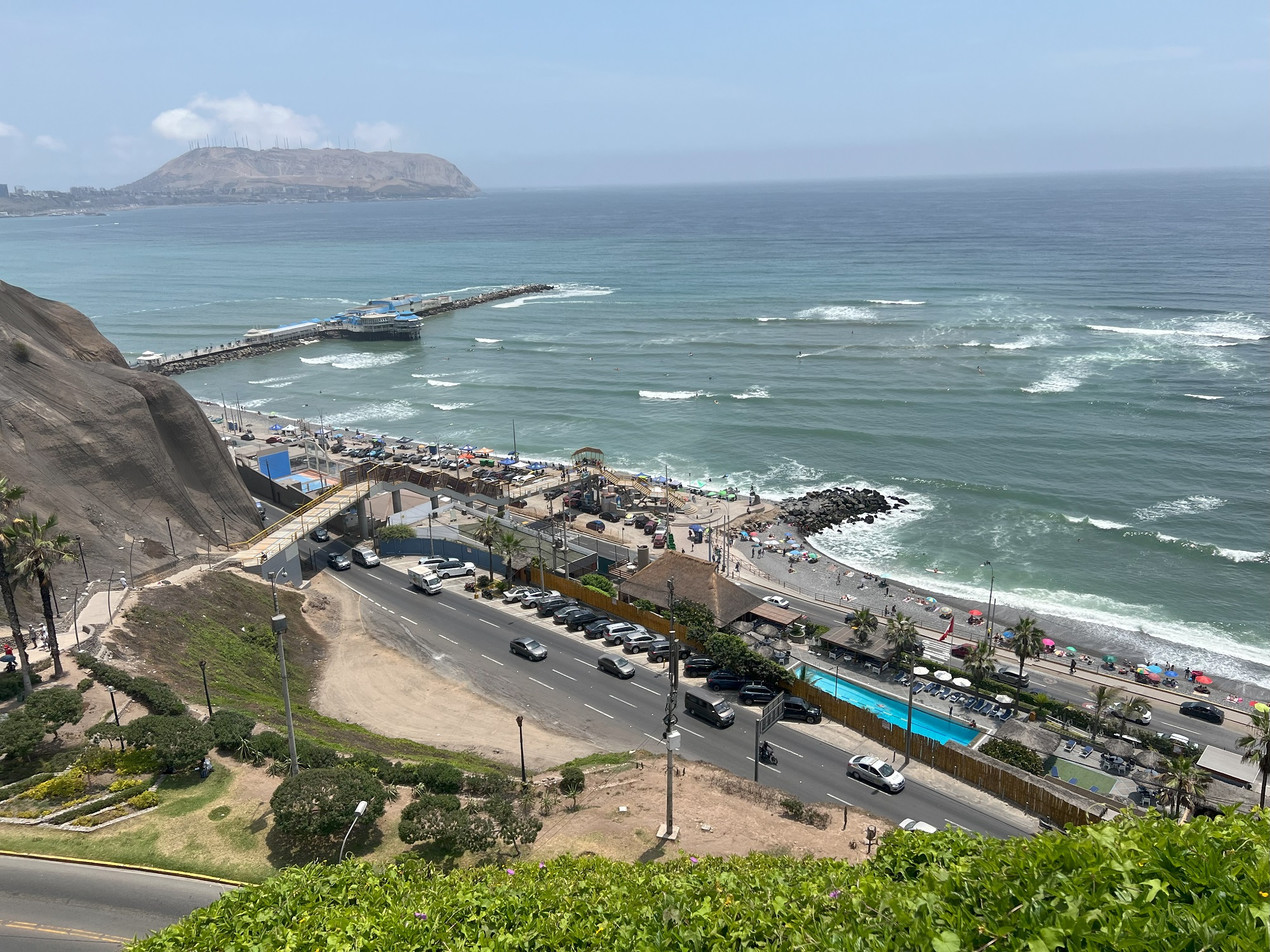
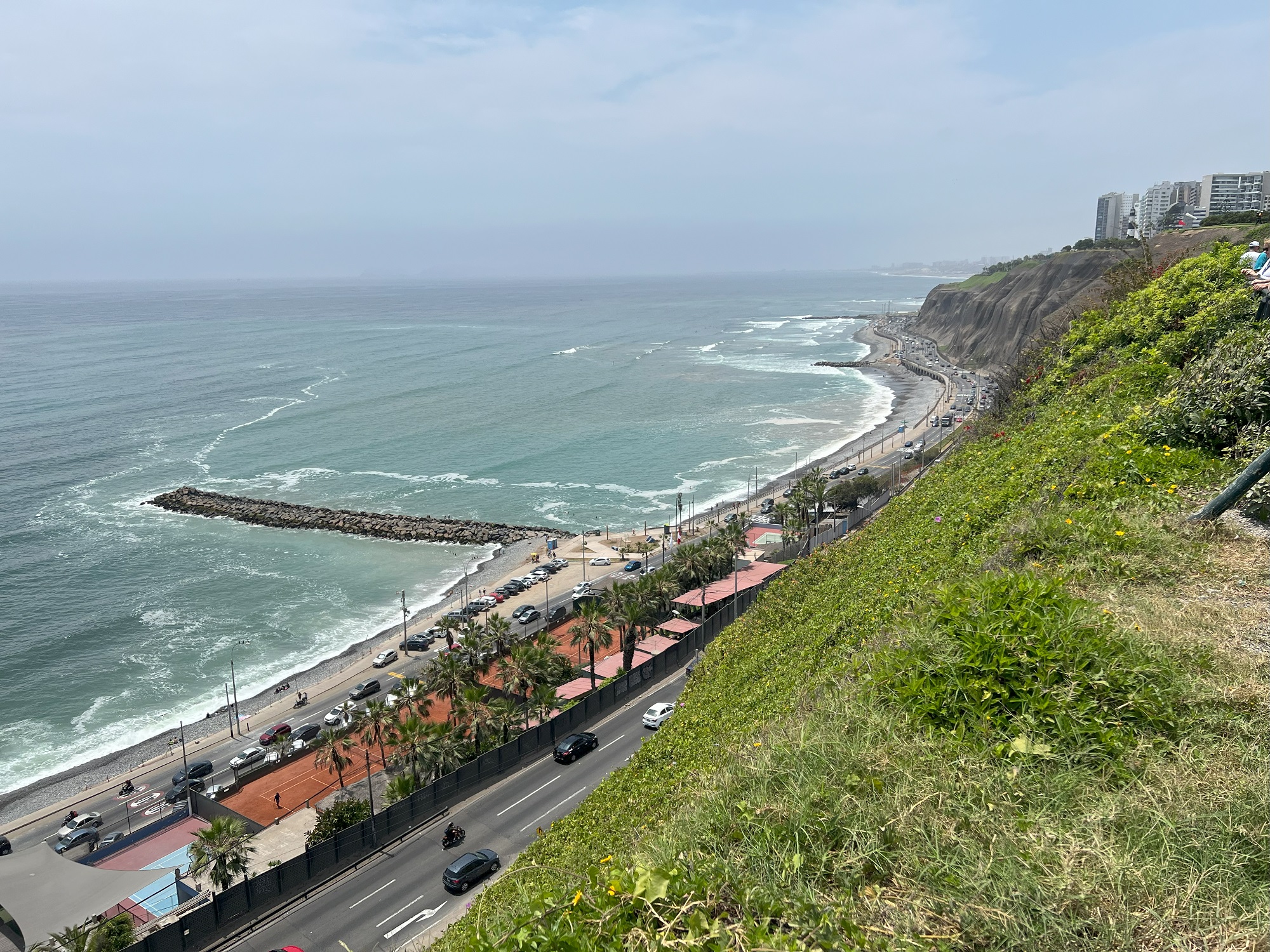
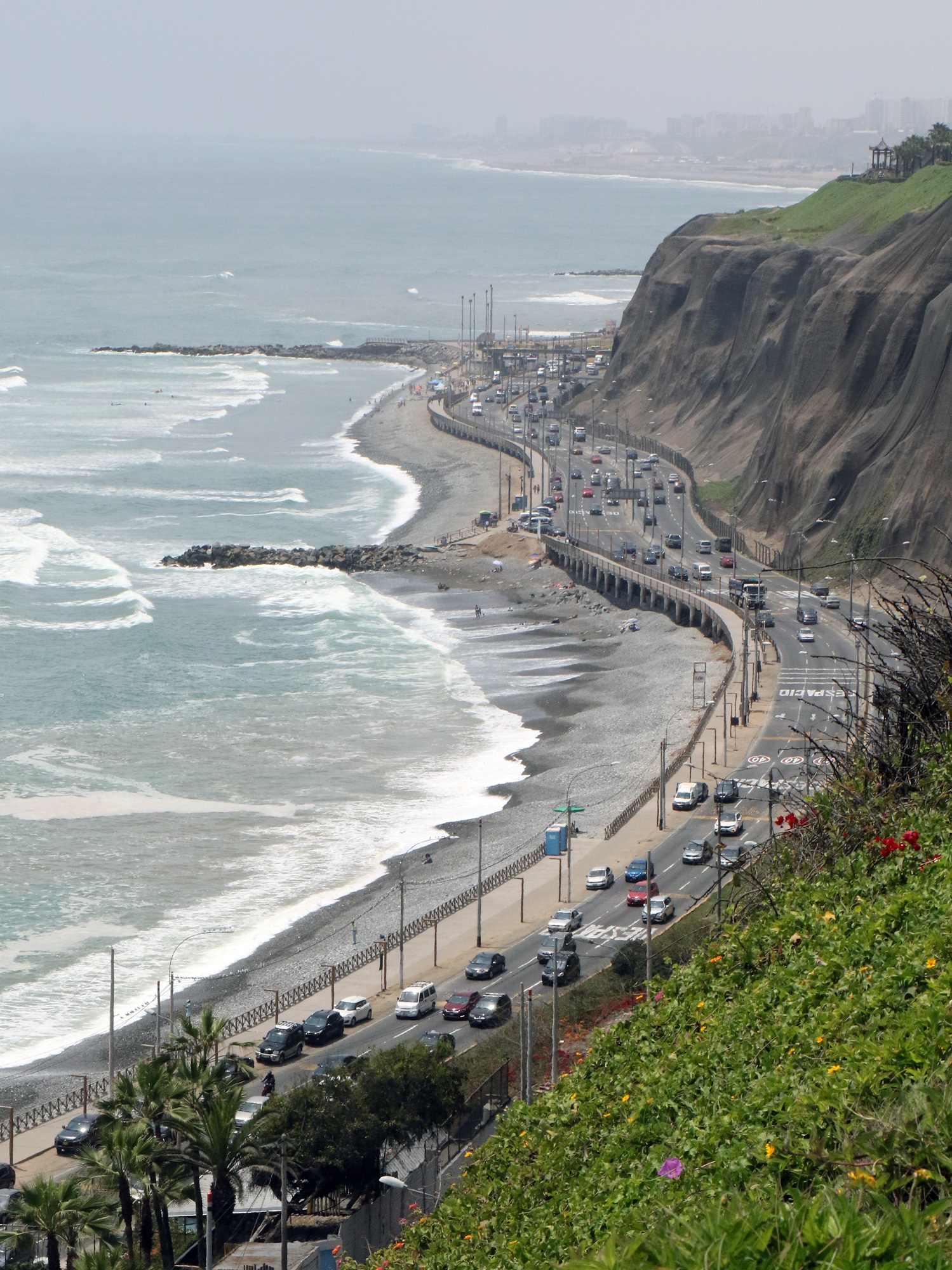
The Norwegian Sun made it into the port town of Salaverry at seven this morning (first picture).
There was a shuttle bus out to the main plaza in Salaverry (third picture), and from there my party of three were left to our own devices to find transport to the city of Trujillo (pop. about 1 million).
This whole area nearby is the site of the great prehistoric Moche and Chimu cultures before the Inca conquest and subsequent expansion.
We solicited a taxi for the 25-minute drive into Trujillo and all went well until we paid the driver in US dollars. Best we could tell that he was not happy with the quality of the $20 and two $5 dollar bills. The US dollars have to be changed into Peruvian Sol by moneychangers for him. Anyway, we gave him the newest dollar bills we had, and that solved the problem.
We used Uber to get back. That was cheaper and worked a lot better: no exchange of paper money needed.
Look for the Plaza de Armas of Trujillo in the pictures below, with the Freedom Monument and the Cathedral of Trujillo nearby.
The beautiful building of UNT Archeology Museum and pictures of just a few of the displays inside, follow after that.
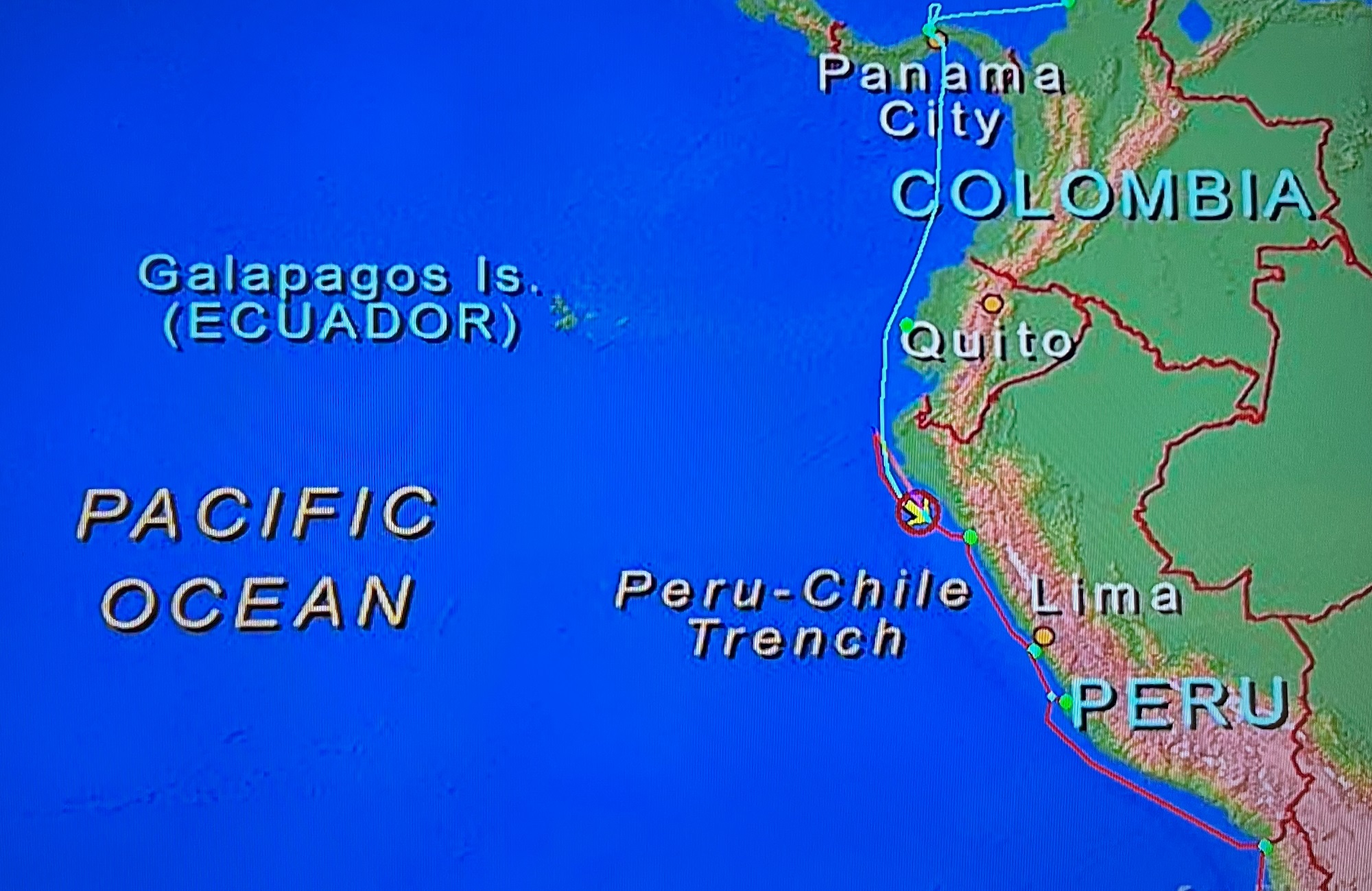
We spotted the coast of Peru this morning.
The Norwegian Sun is on course to arrive at the port town of Salaverry early in the morning, after three days at sea.

We were sailing just about due south, as we crossed the equator at noon today, close to Manta on the coast of Ecuador.
The captain made an announcement, and sounded the horn of the ship.
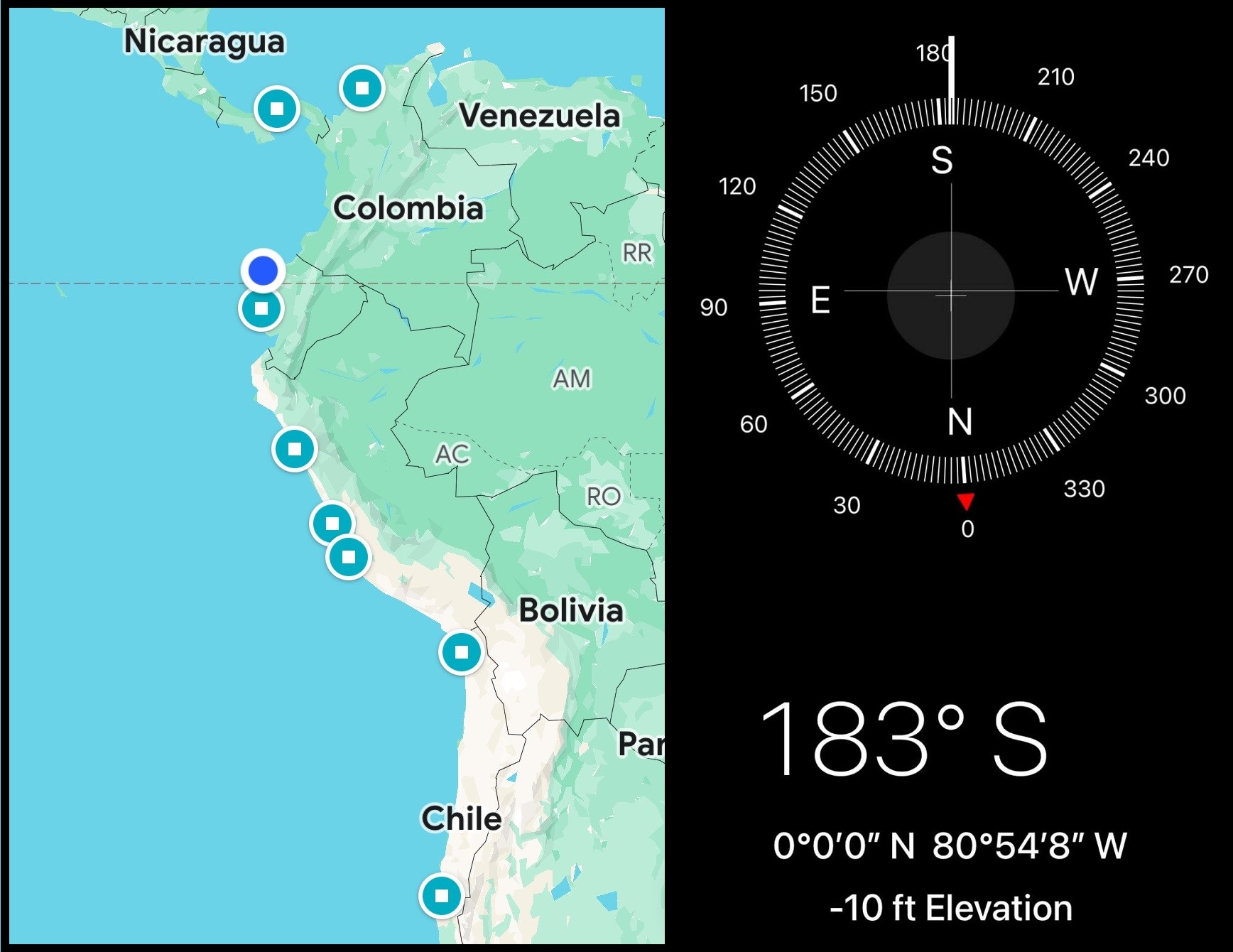
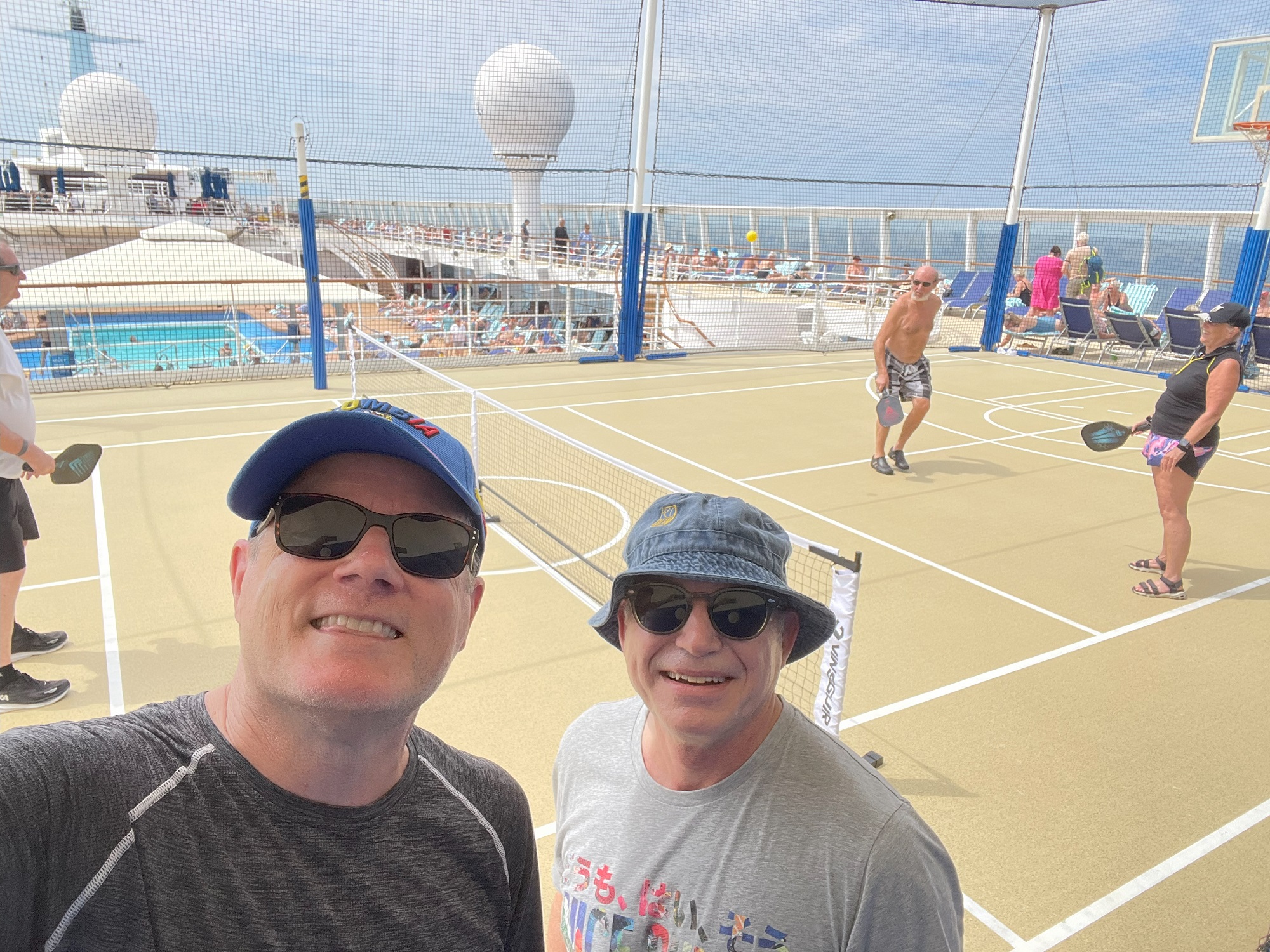
Violence erupted across Ecuador this week after a well-known gang leader disappeared from prison. Explosions, looting, gunfire and burning vehicles were reported, and there were uprisings in several prisons. In the largest city, Guayaquil, gunmen stormed a TV studio during a live broadcast on Tuesday.
President Daniel Noboa declared a 60-day state of emergency, imposing a nationwide curfew and authorizing the military to patrol the streets and take control of prisons. Mr. Noboa also deployed thousands of police officers and military personnel to search for the gang leader, Adolfo Macías.
– from the New York Times
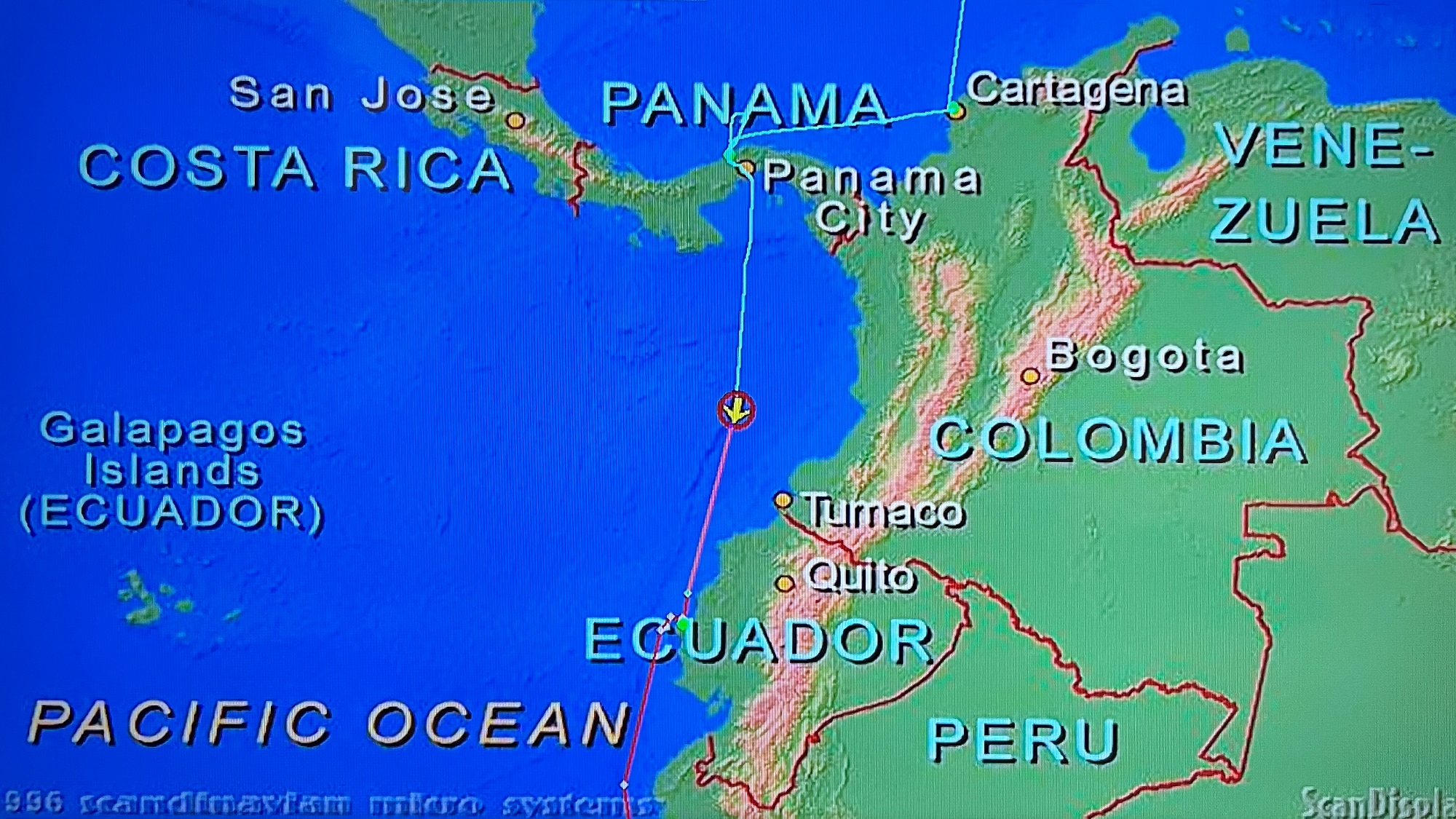
We were going to stay over for one night in the port city of Manta, Ecuador, but due to the violence and political uncertainty in the country, the Norwegian Sun will now pass it by.
This means that today was the first one of three at-sea days in a row.
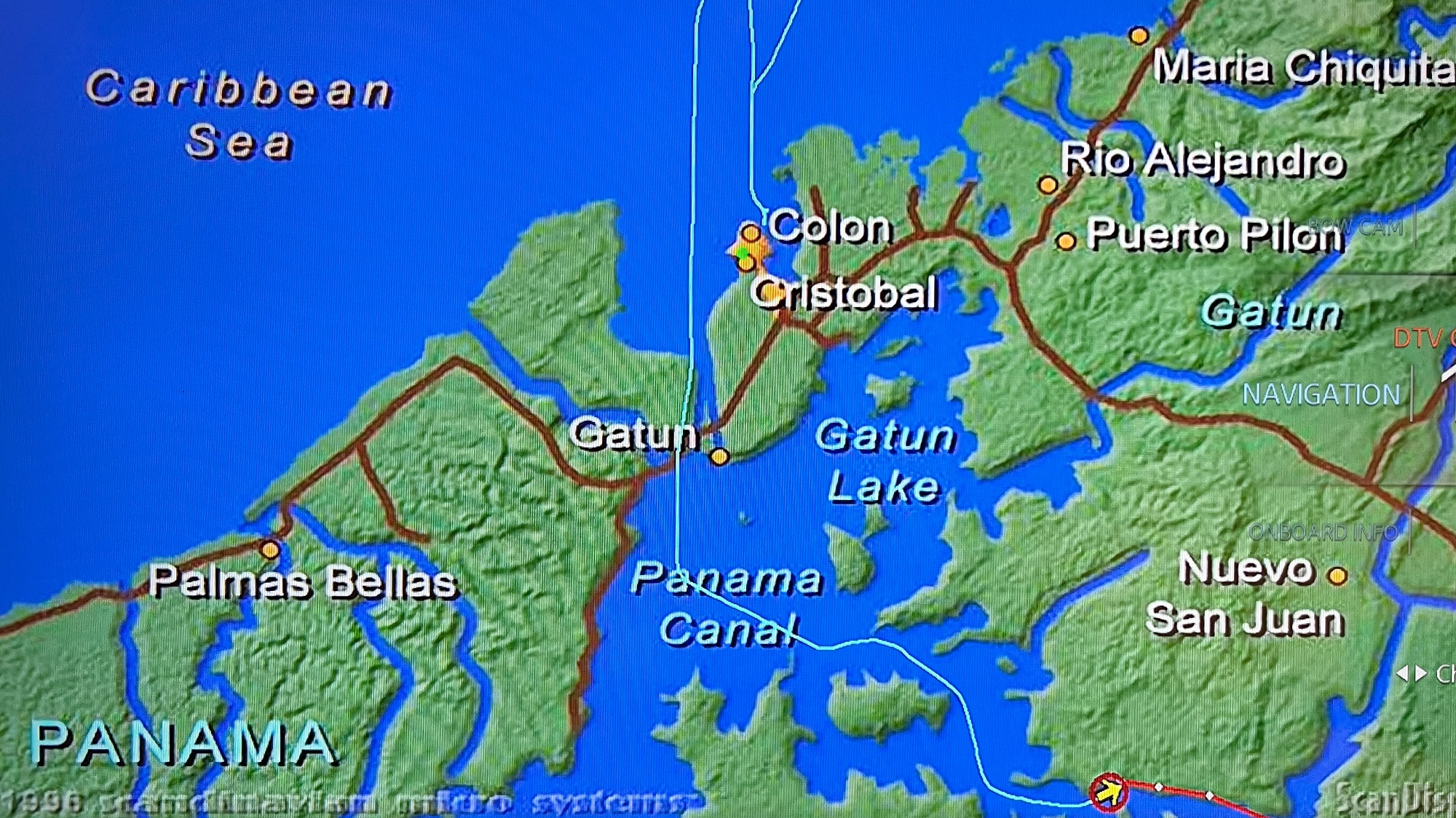
After crossing Gatun Lake, we passed under the Centennial Bridge (Puente Centenario). This bridge opened in 2004 and spans 3,451 ft (1,052 m).
Soon after that it was time to enter the Pedro Miguel Locks and the Miraflores Locks. These locks lowered the Norwegian Sun to the level of the Atlantic Ocean— the ocean that used to be a continent away from the Pacific, and not a mere 51 miles (82 km).
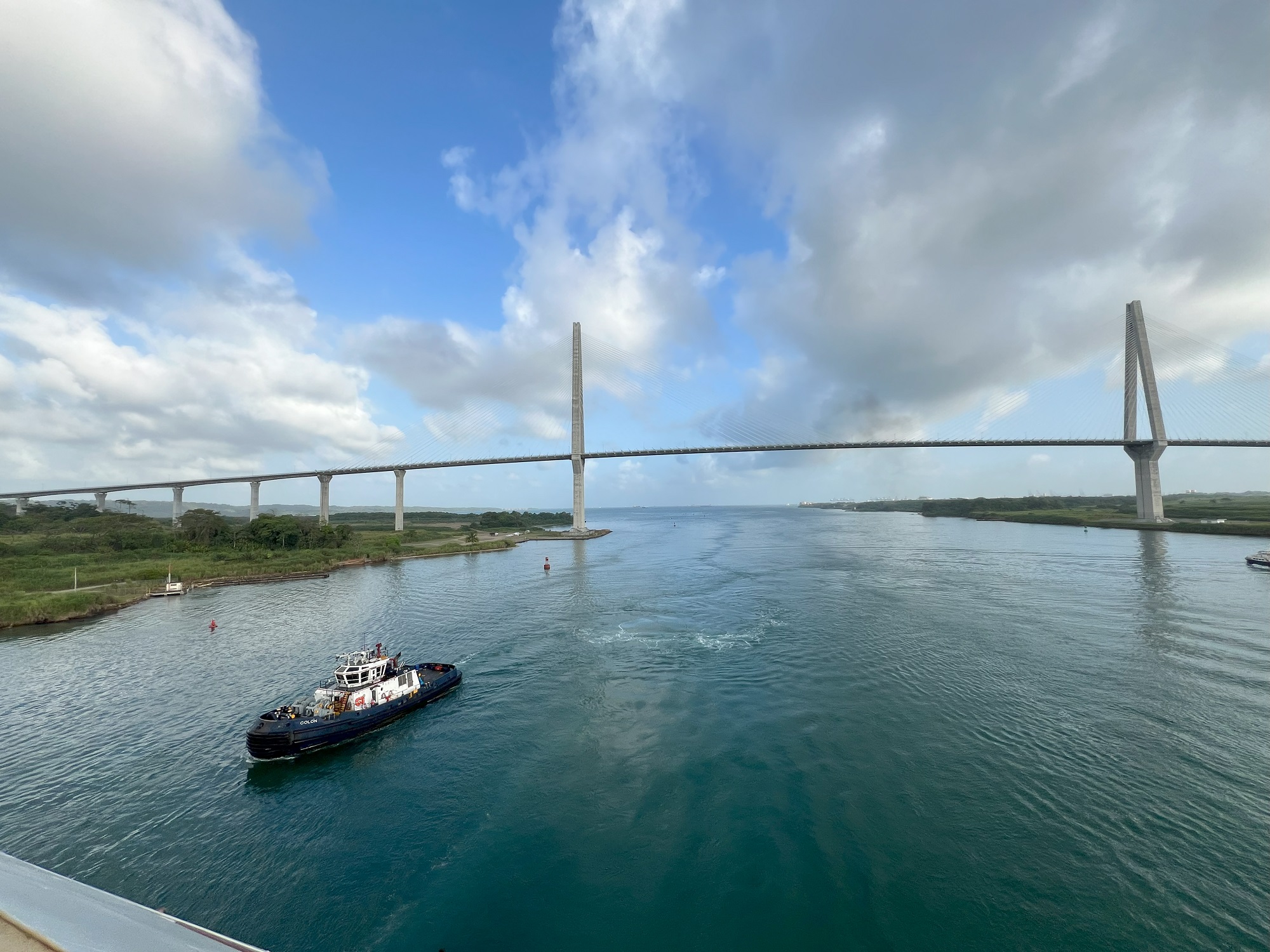
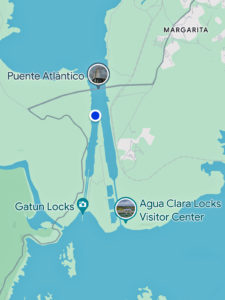
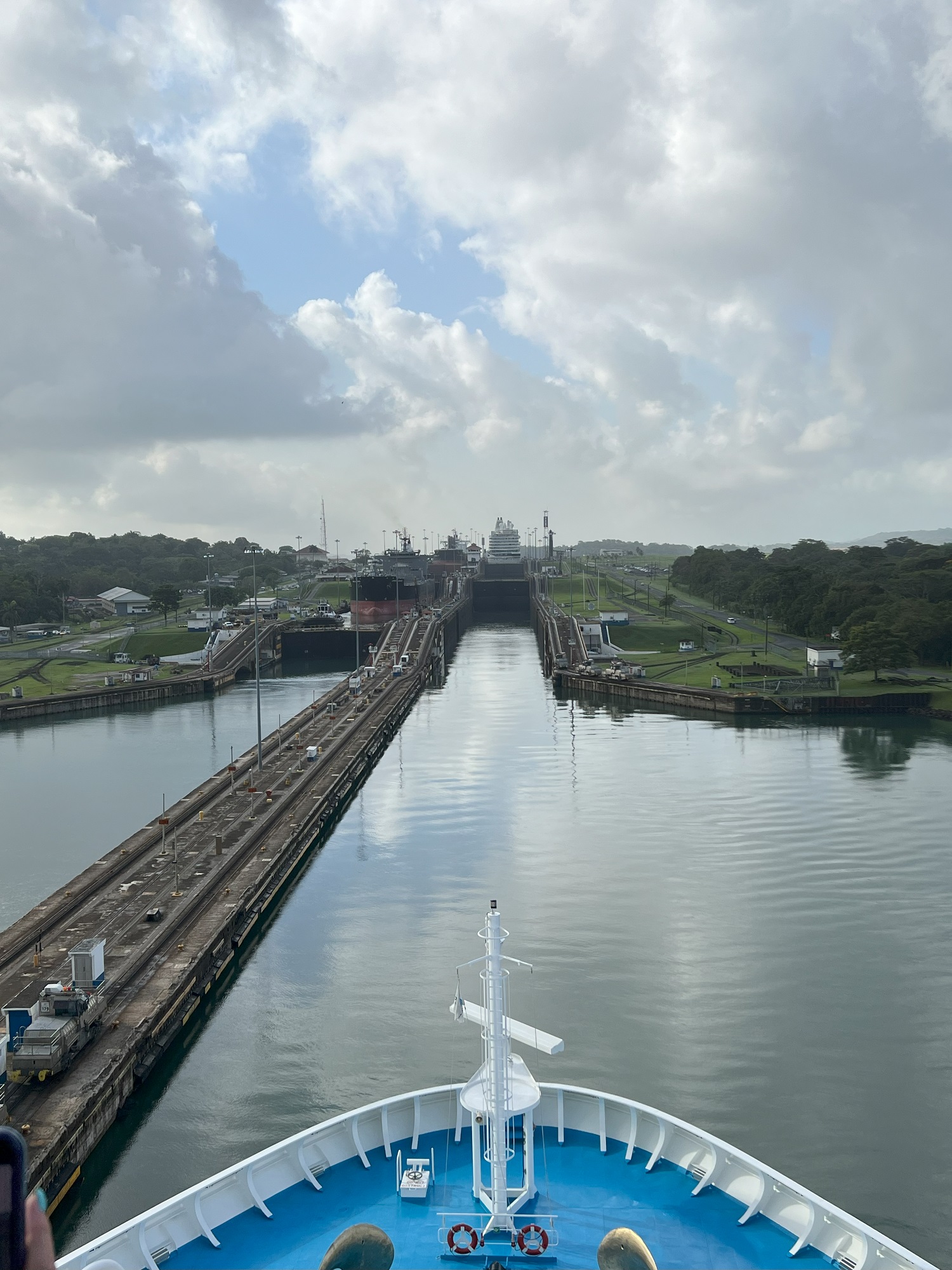
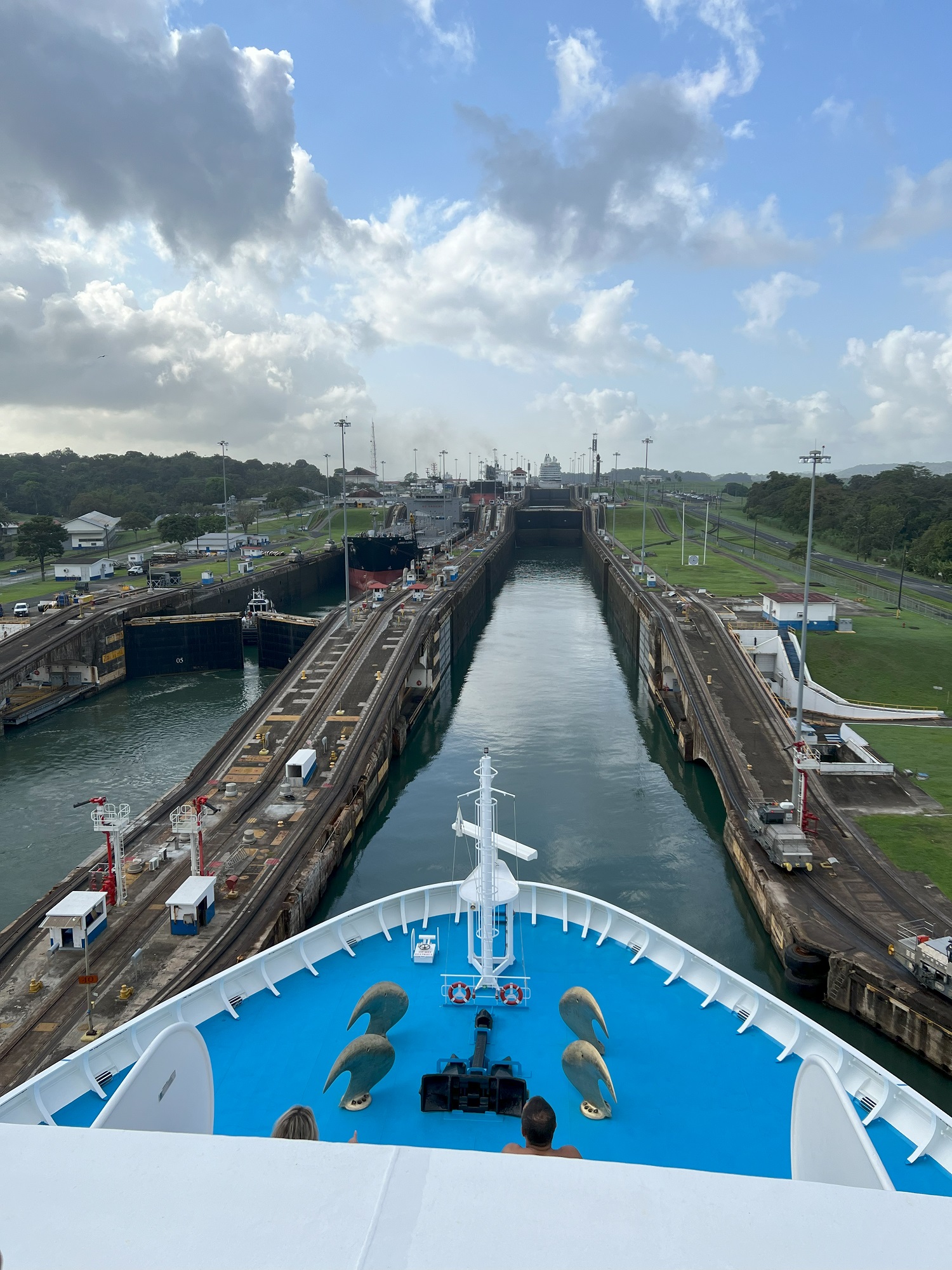
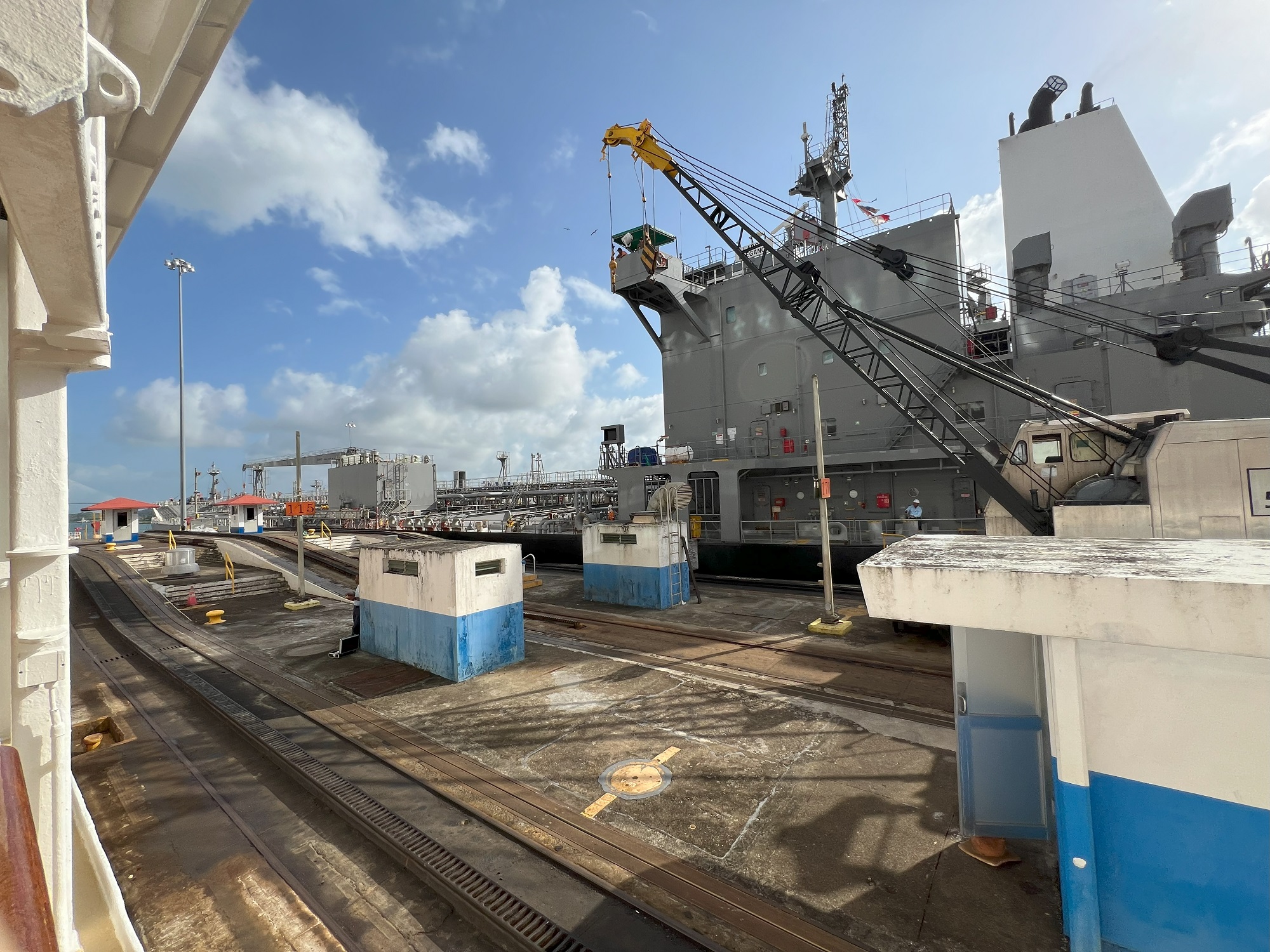
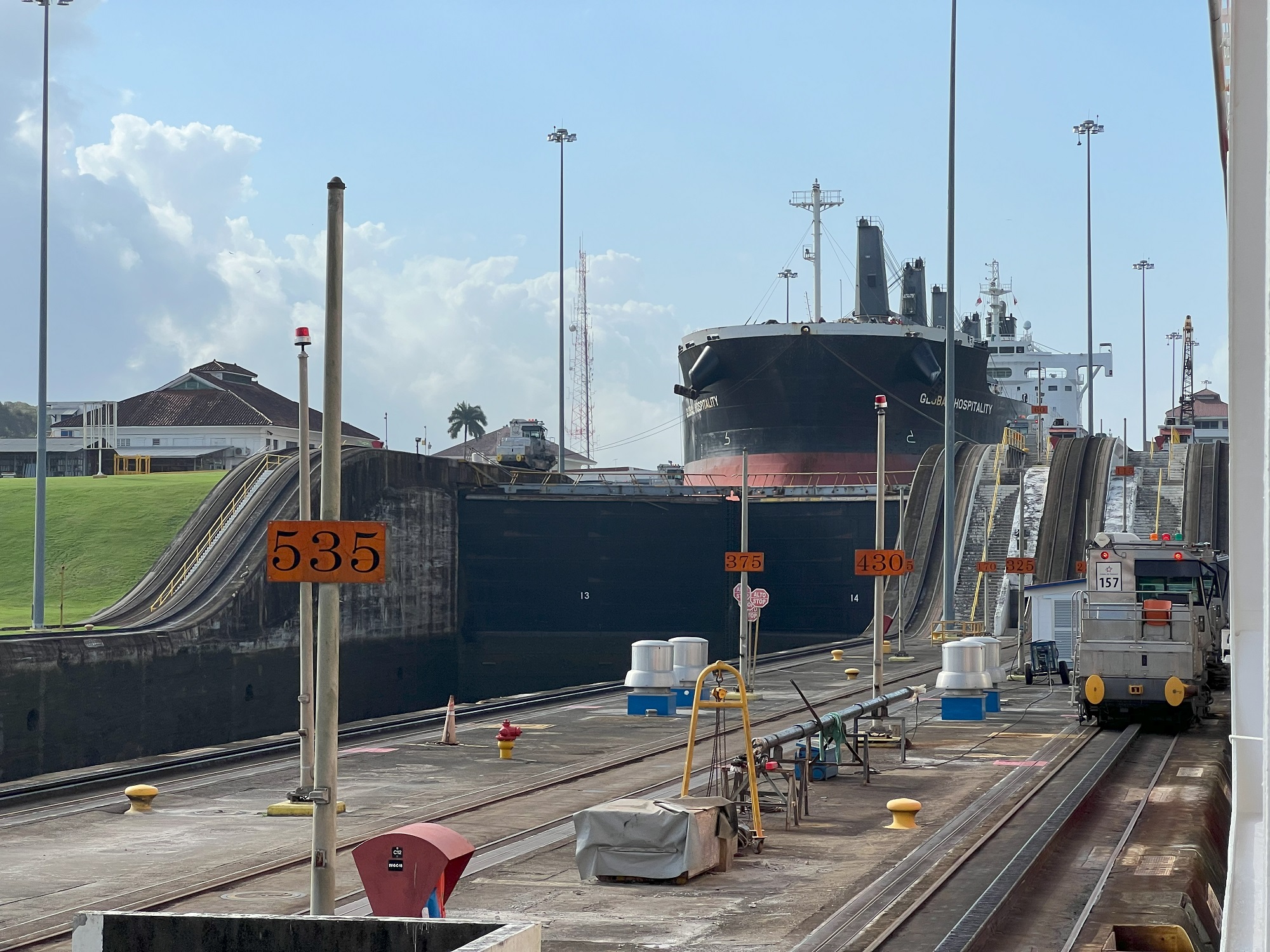
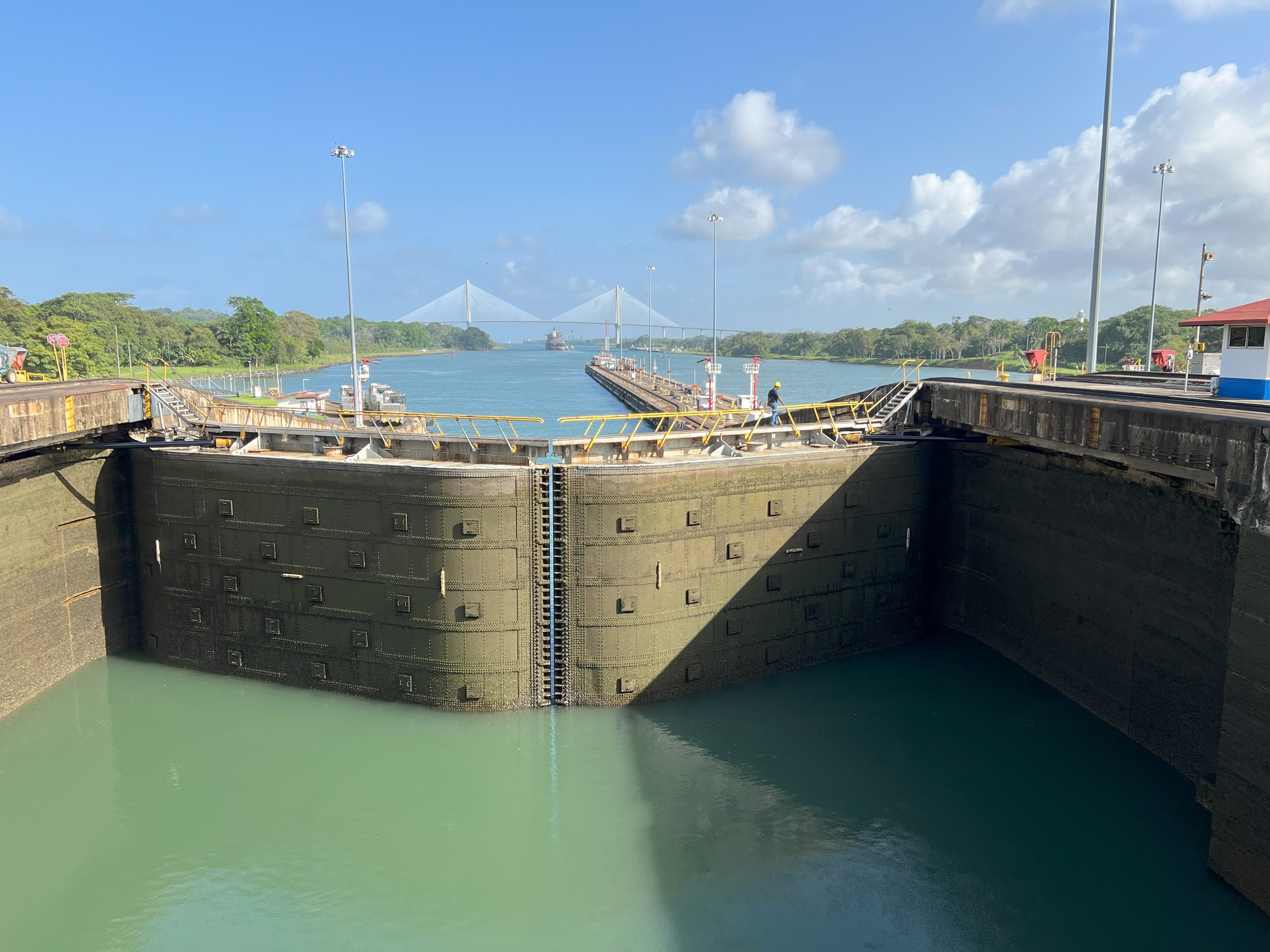
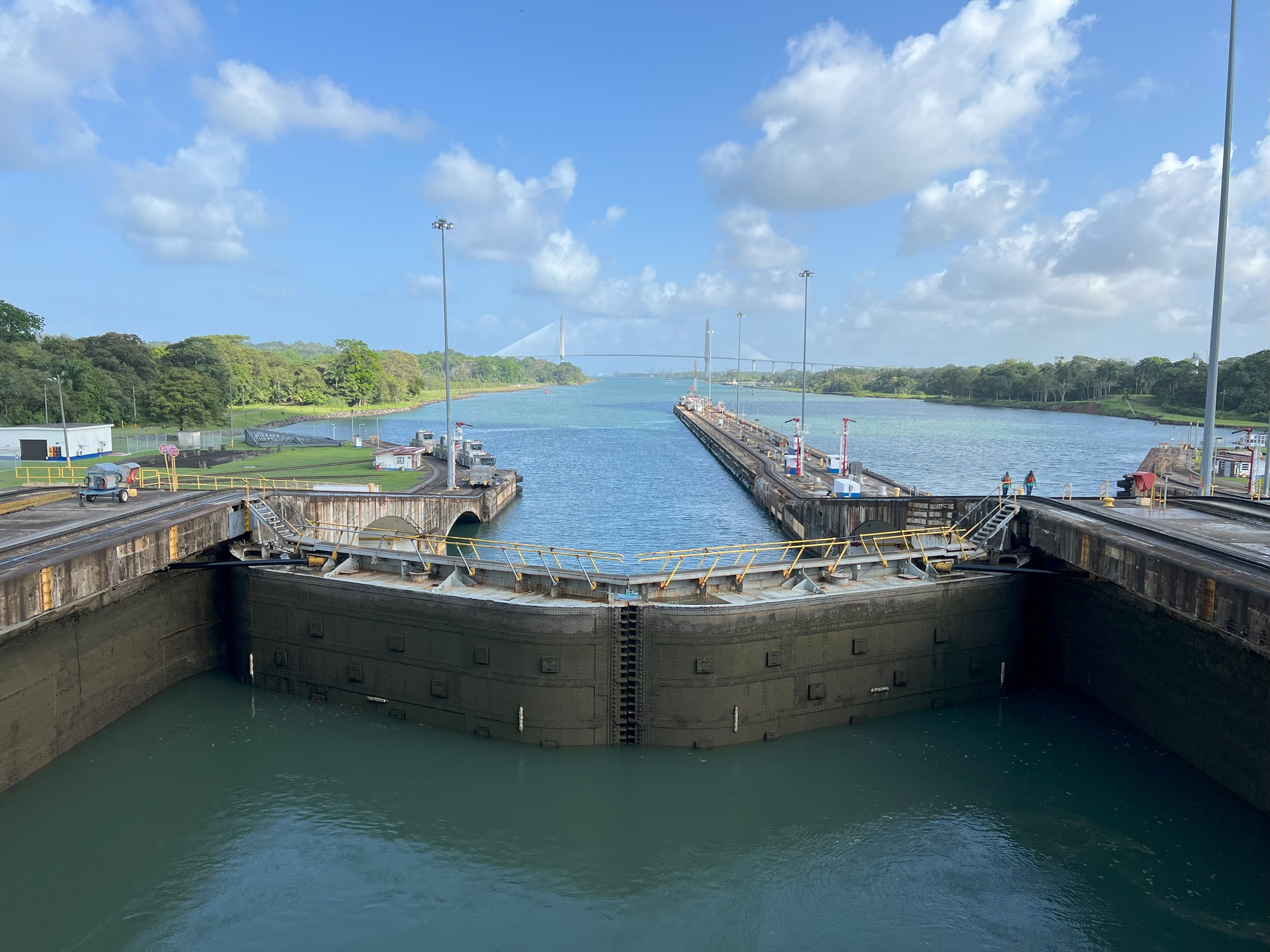
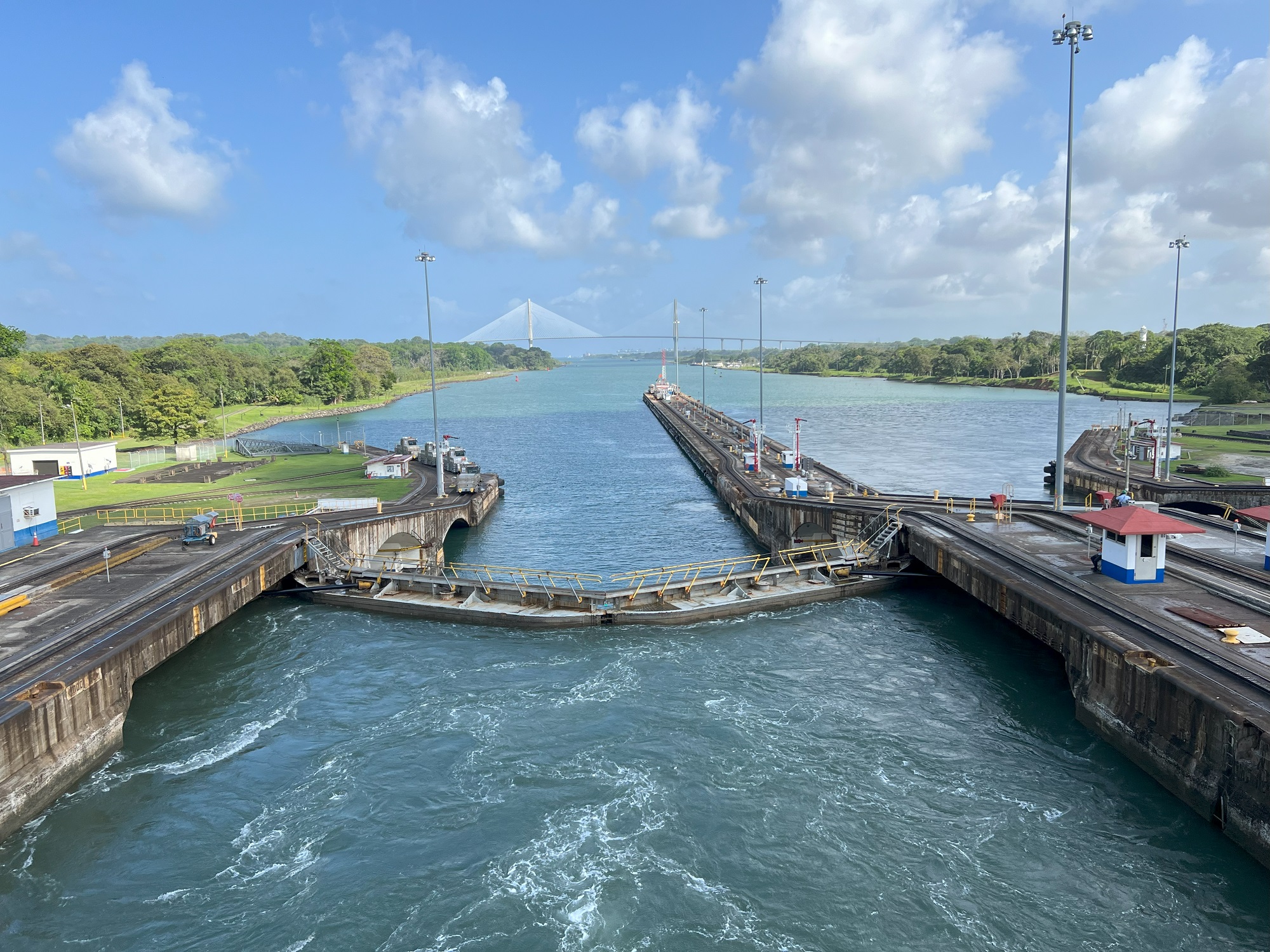
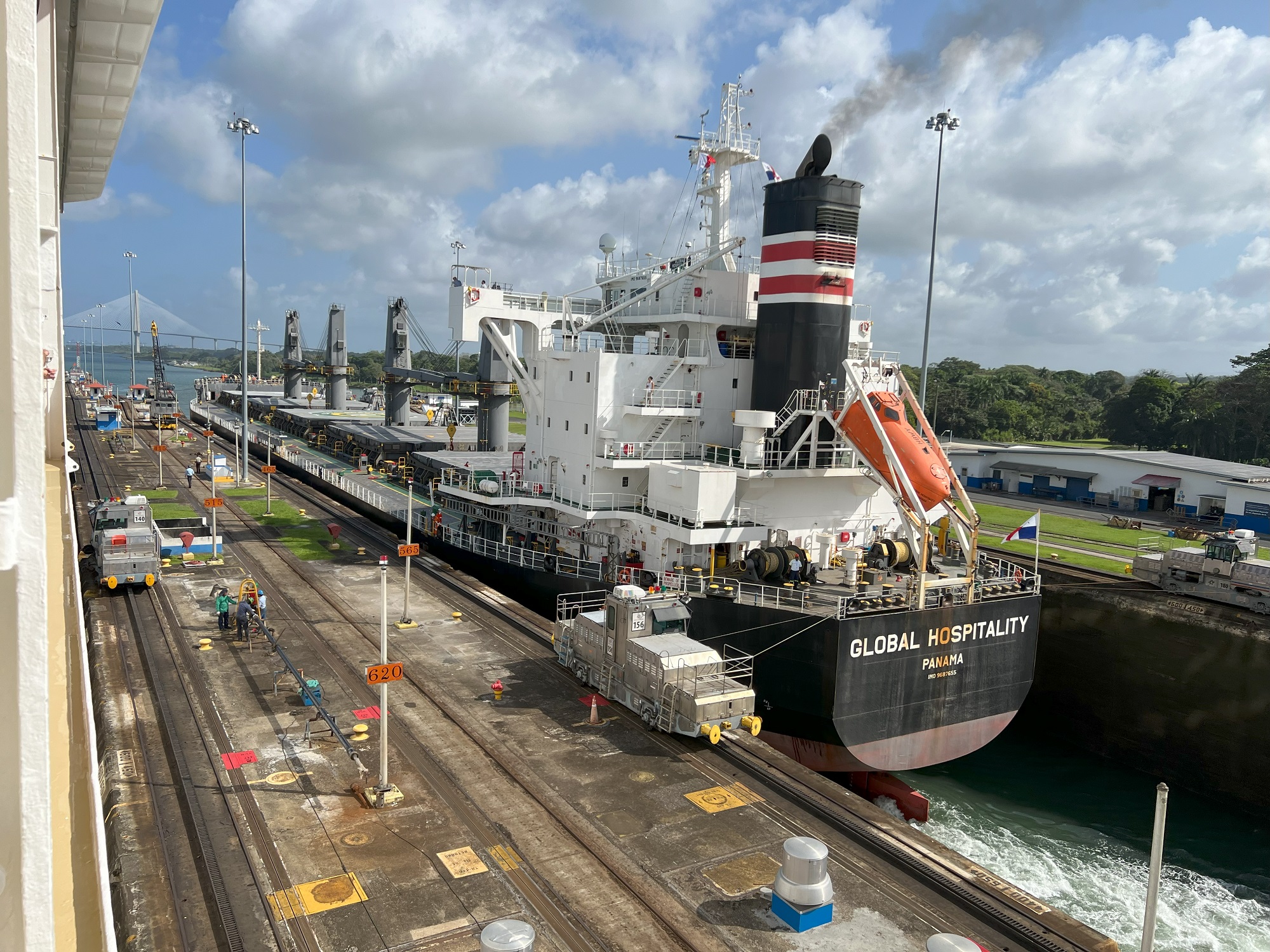
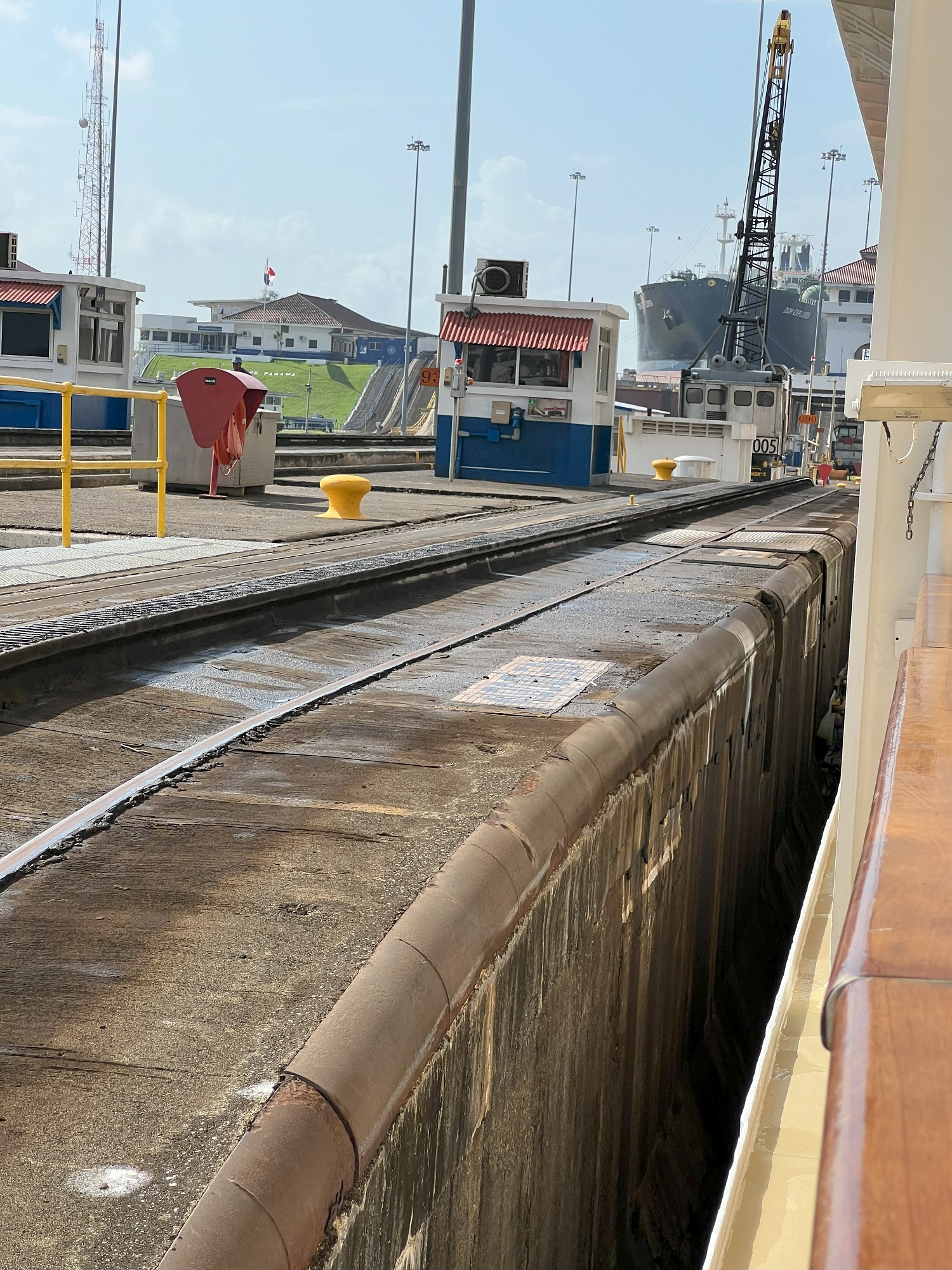
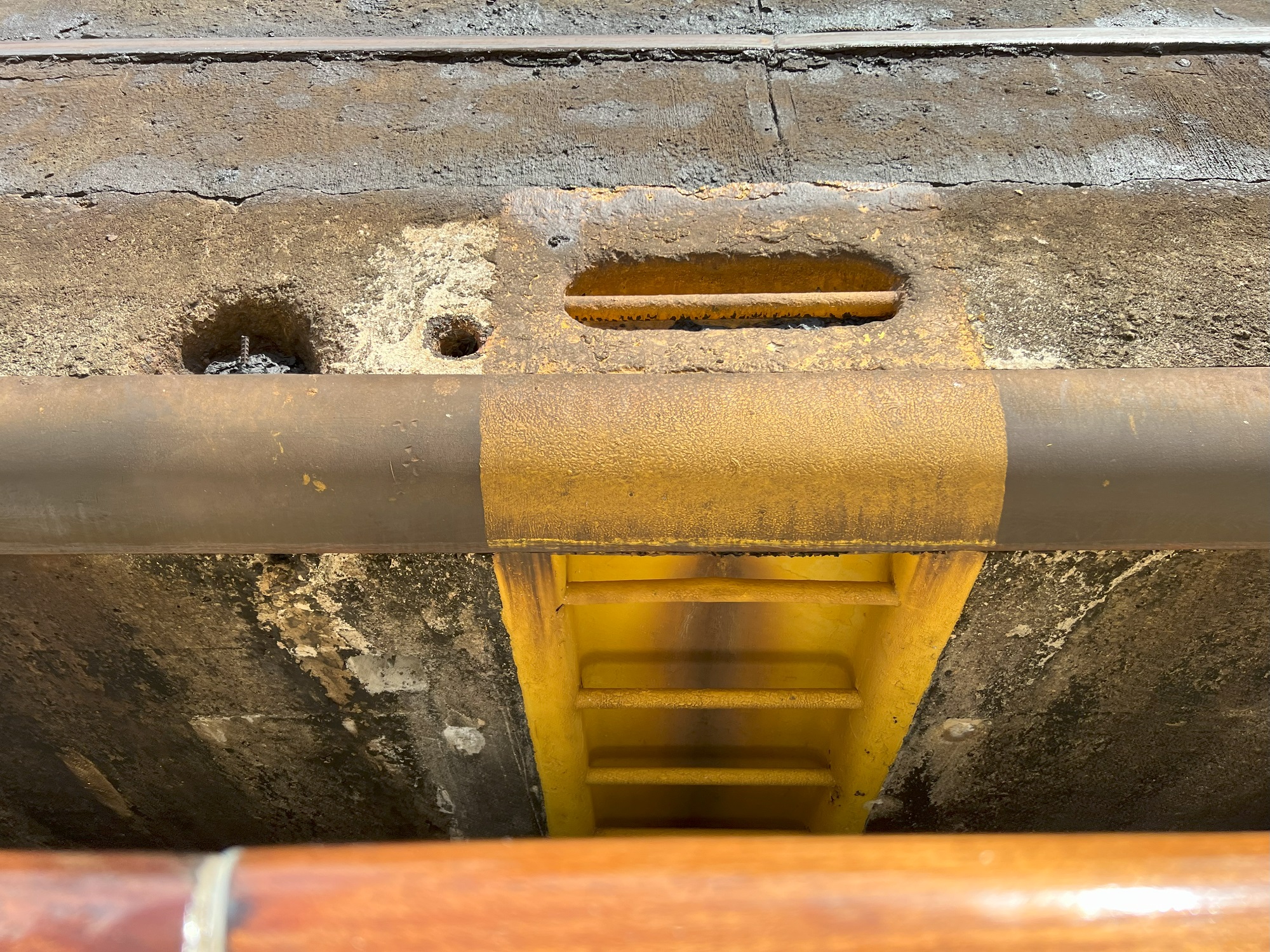
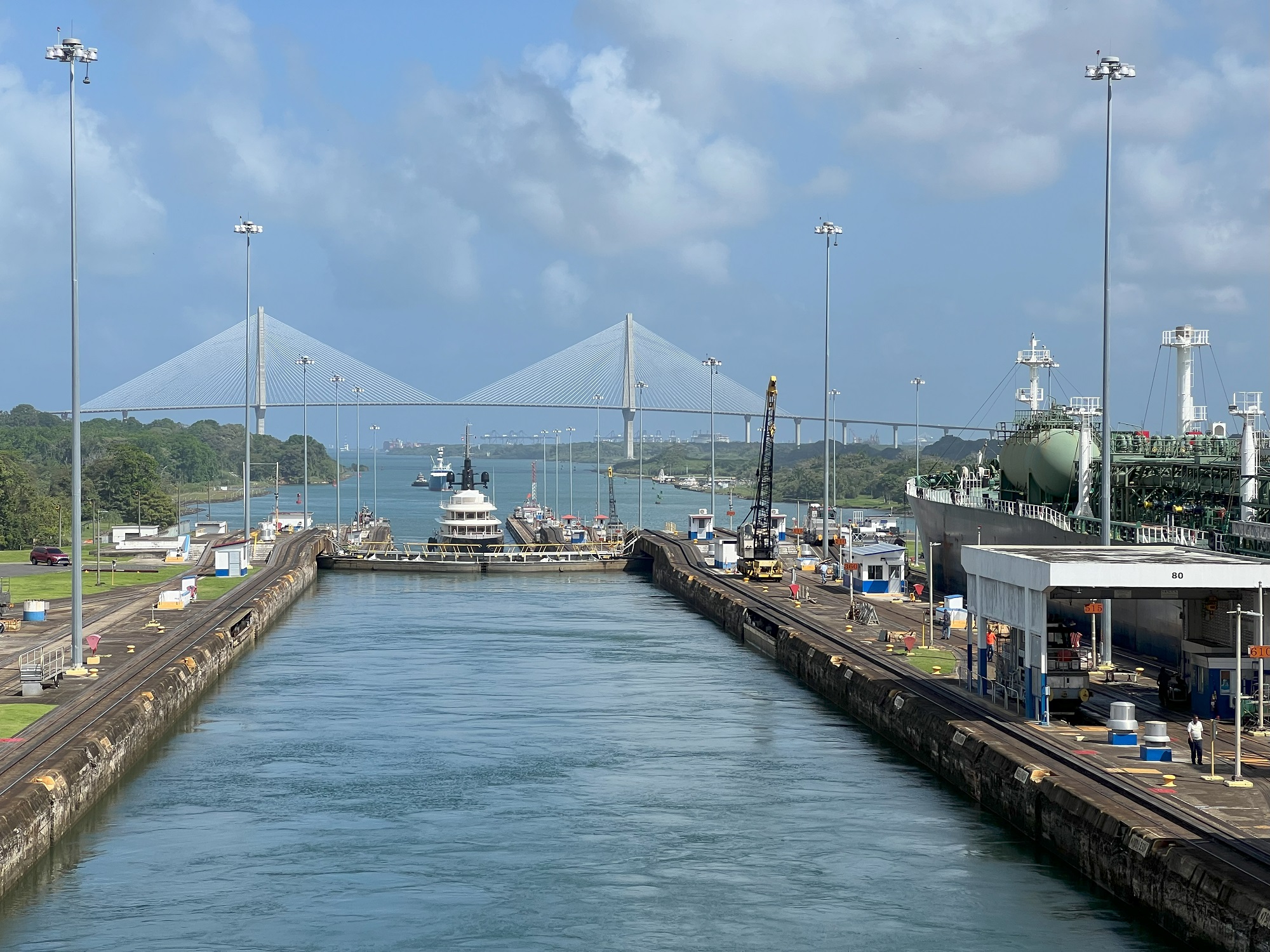
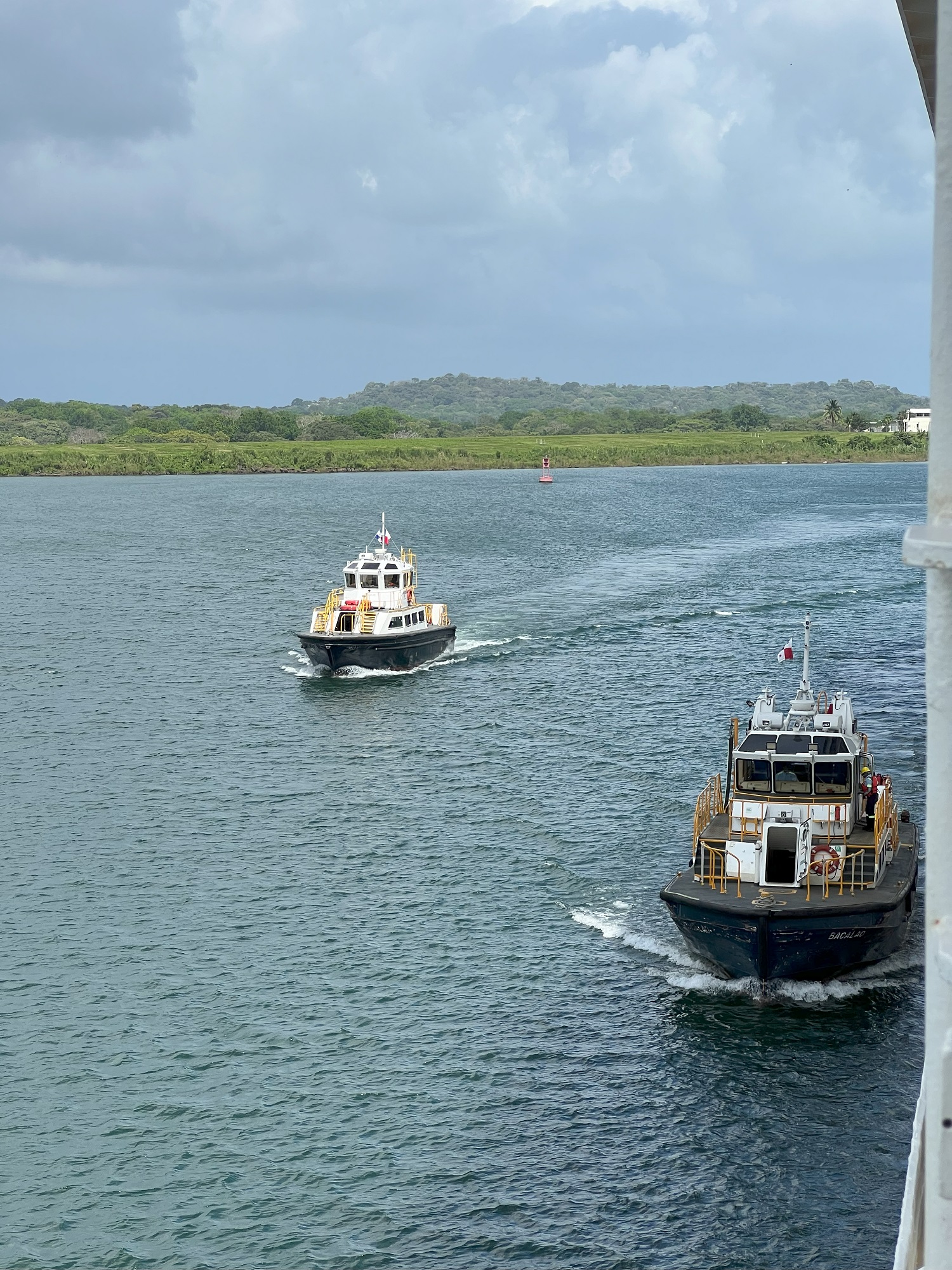
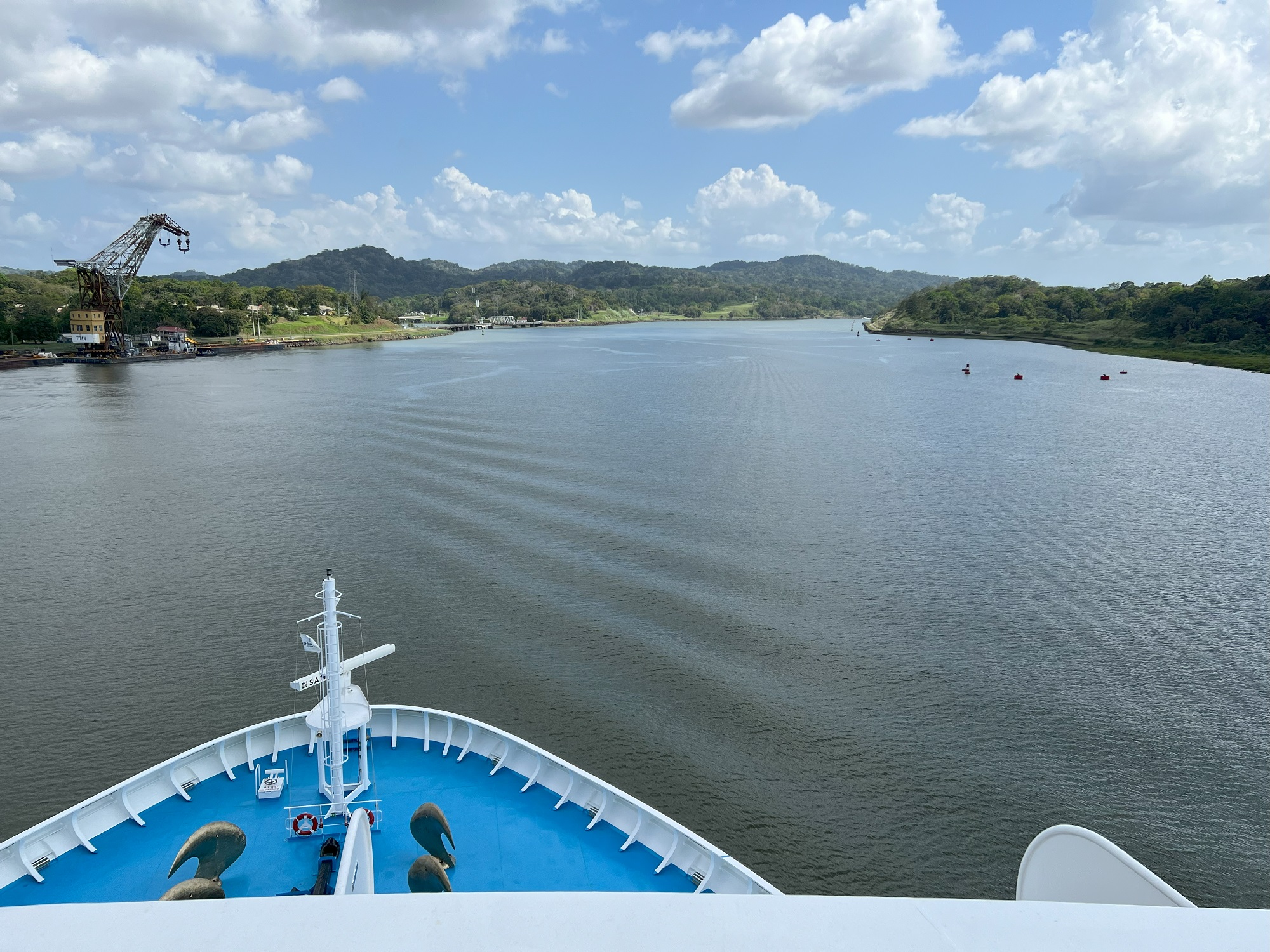
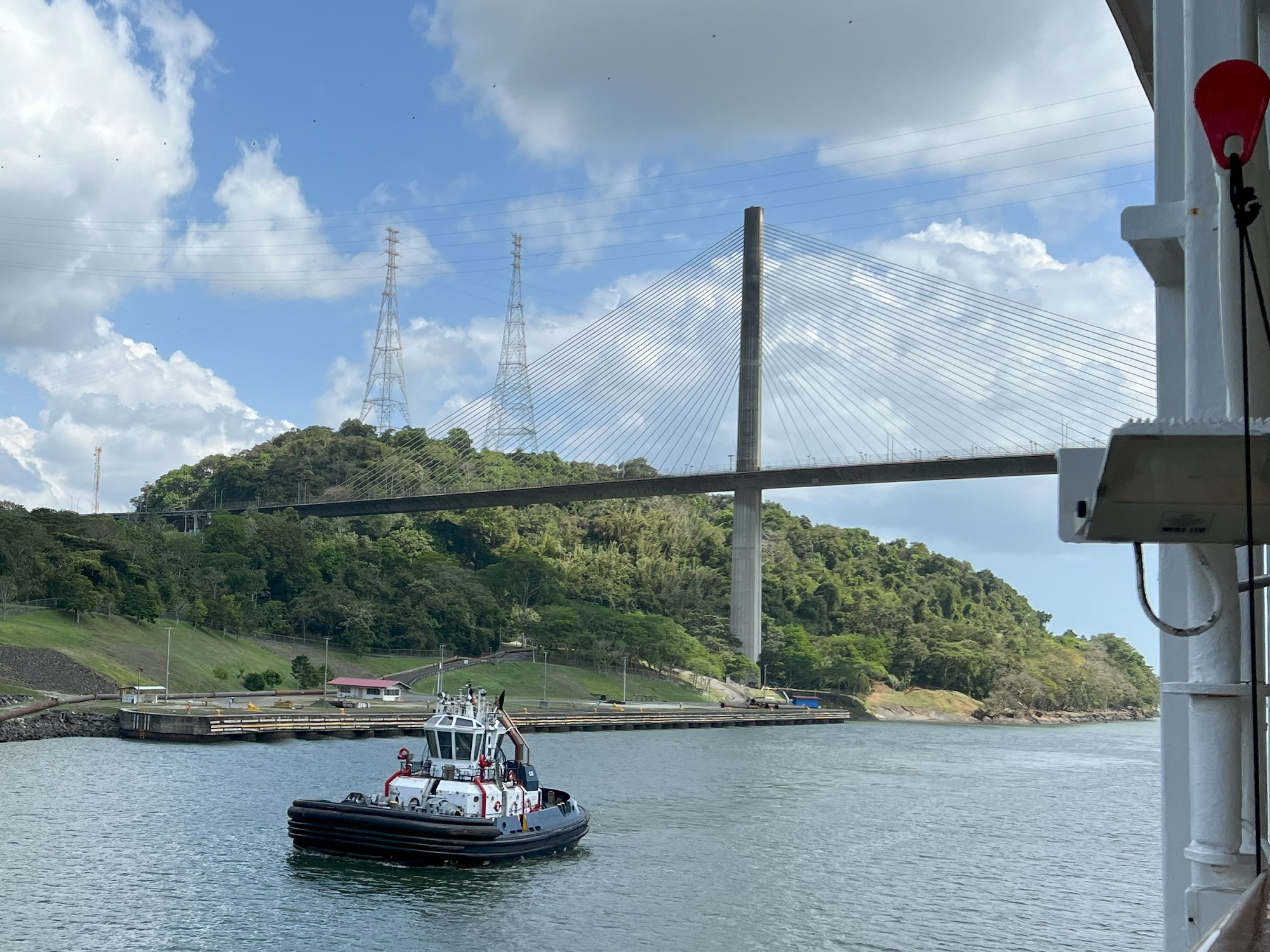
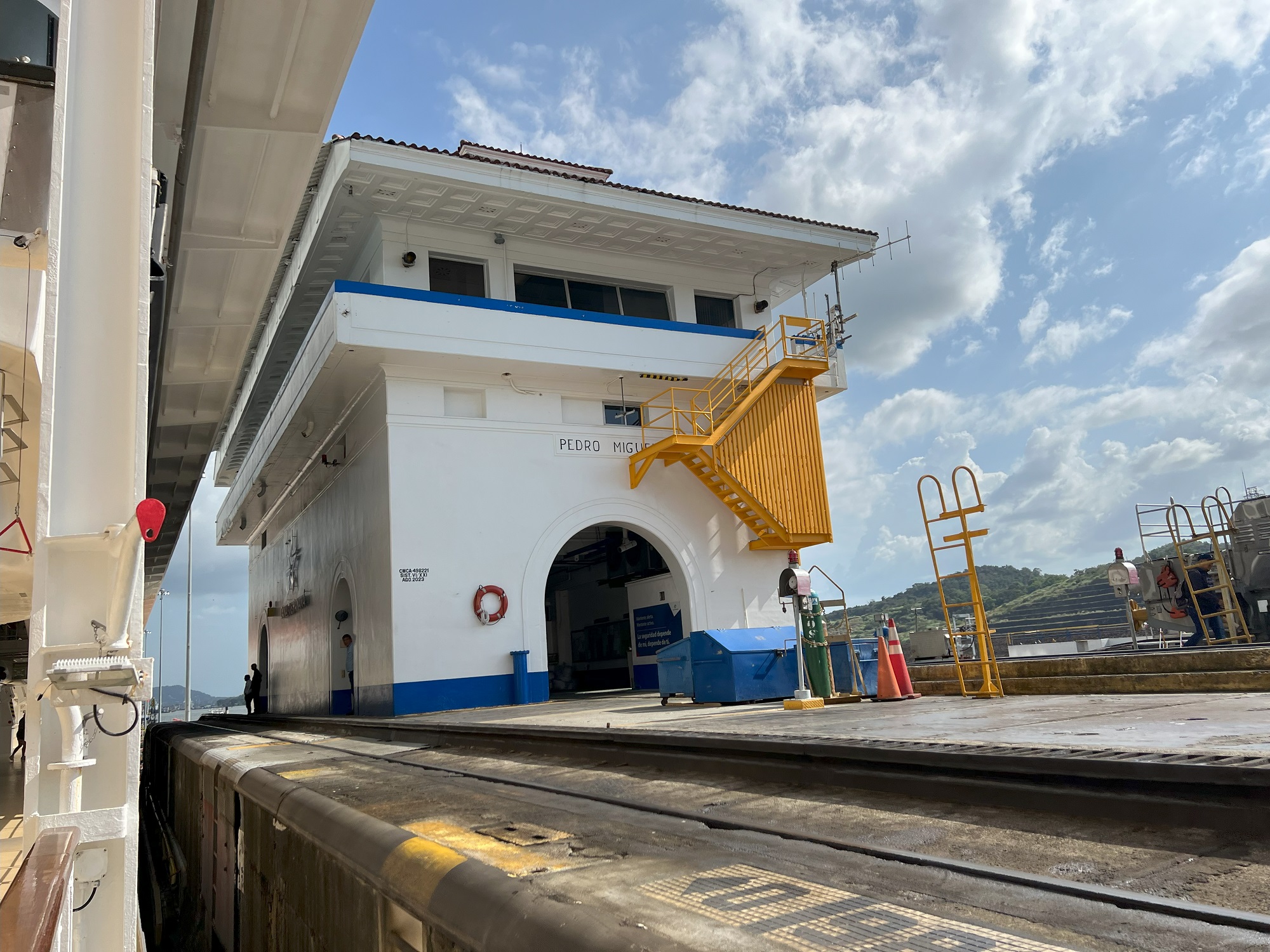
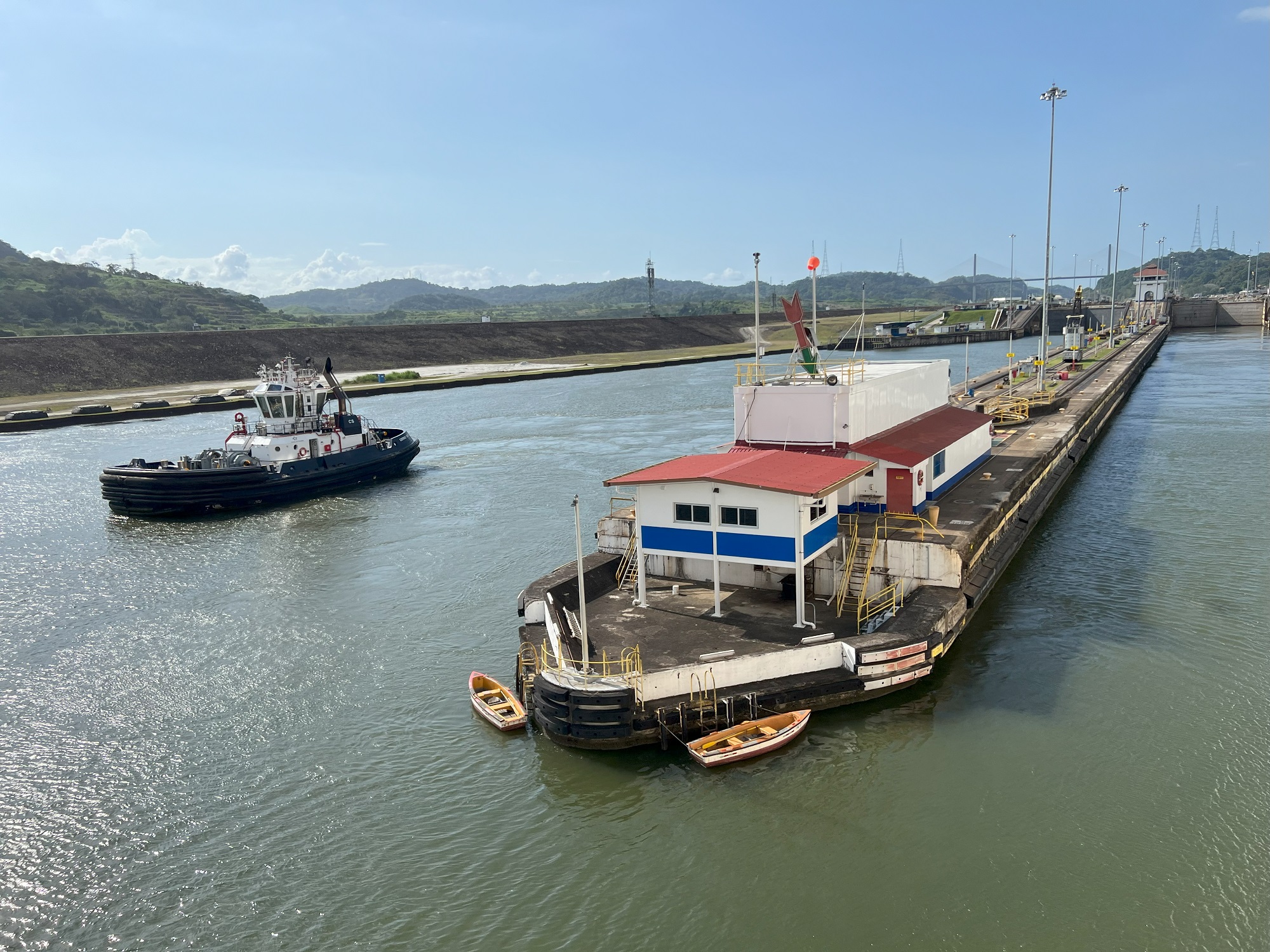
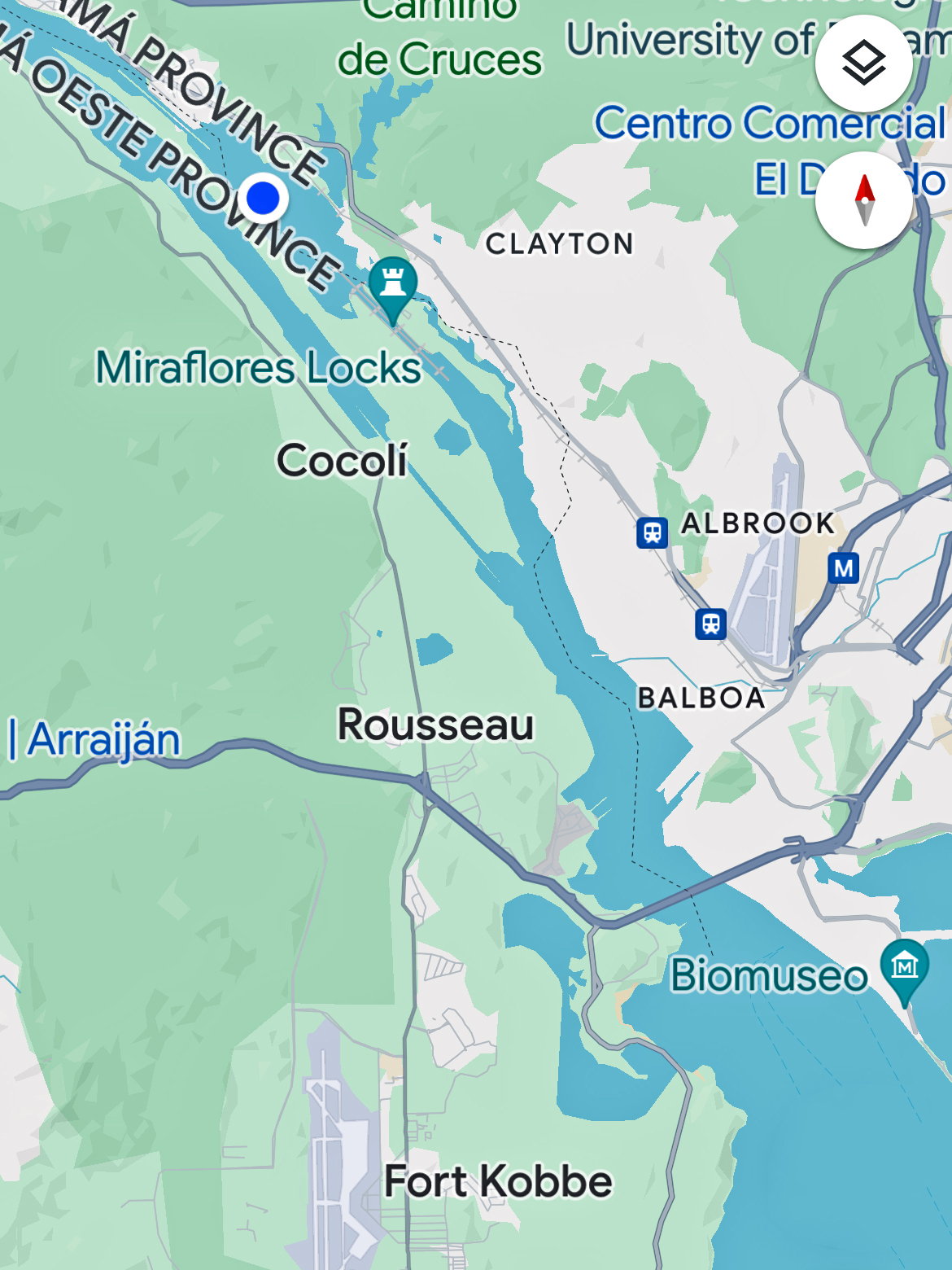
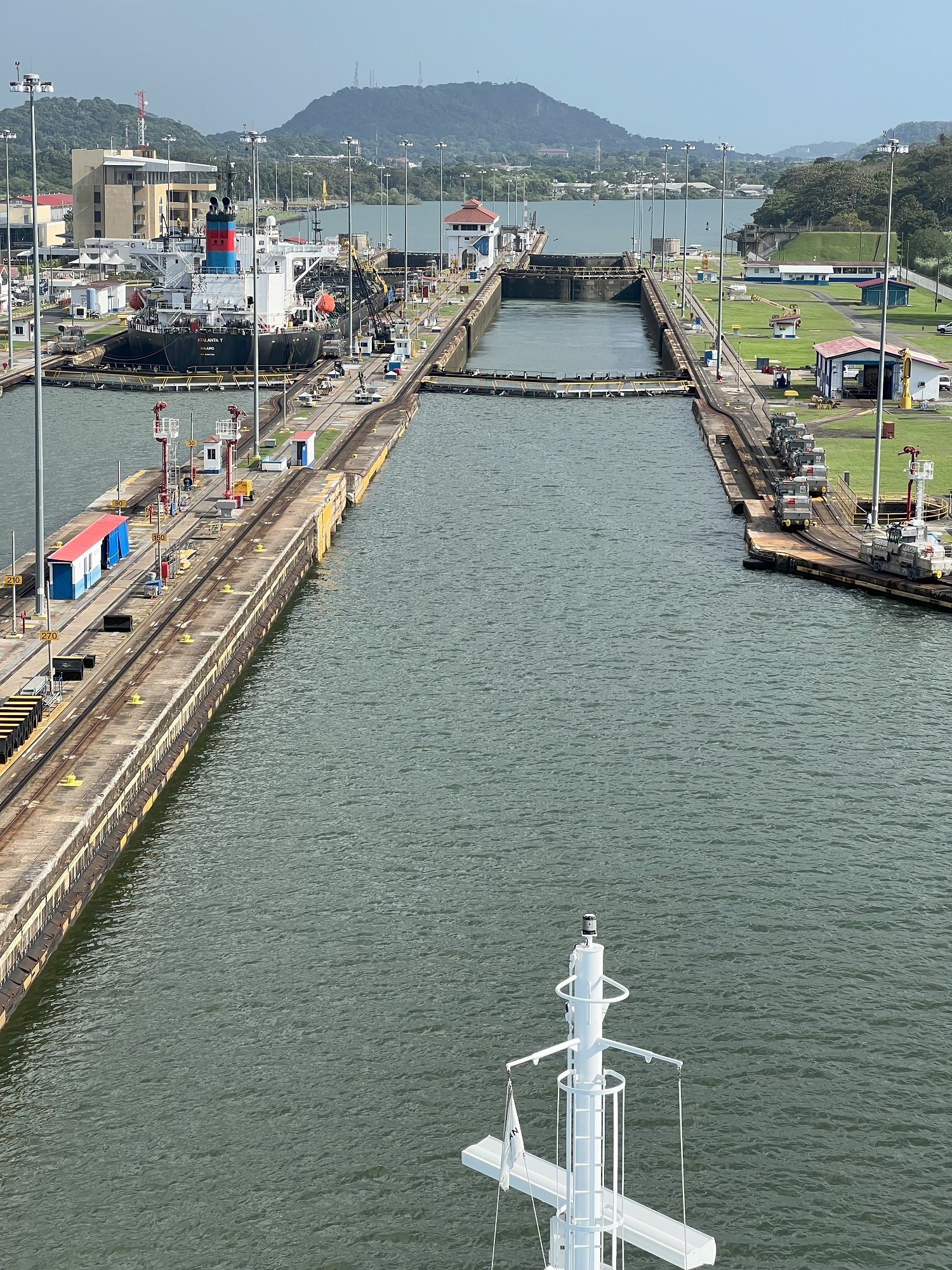
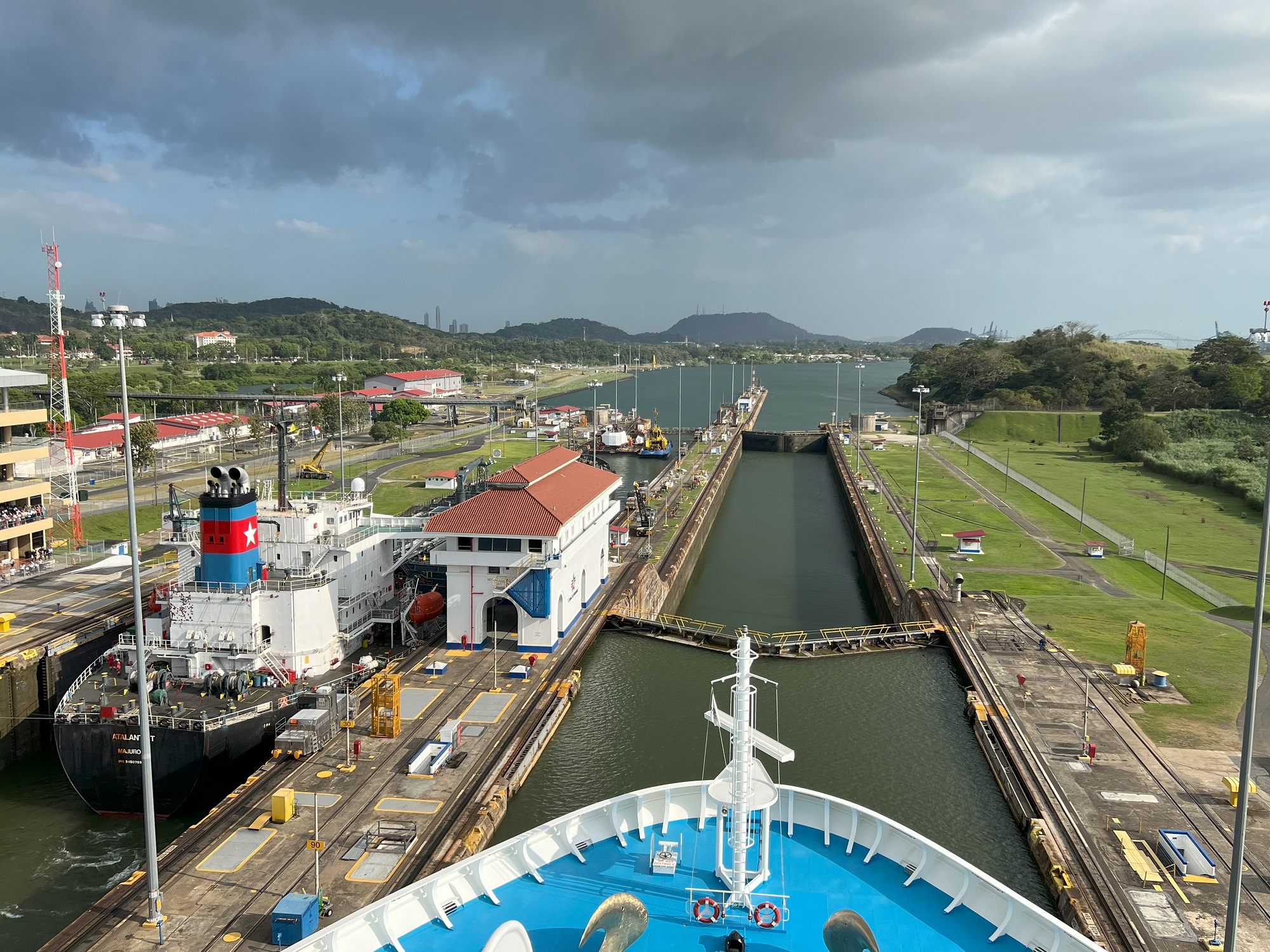
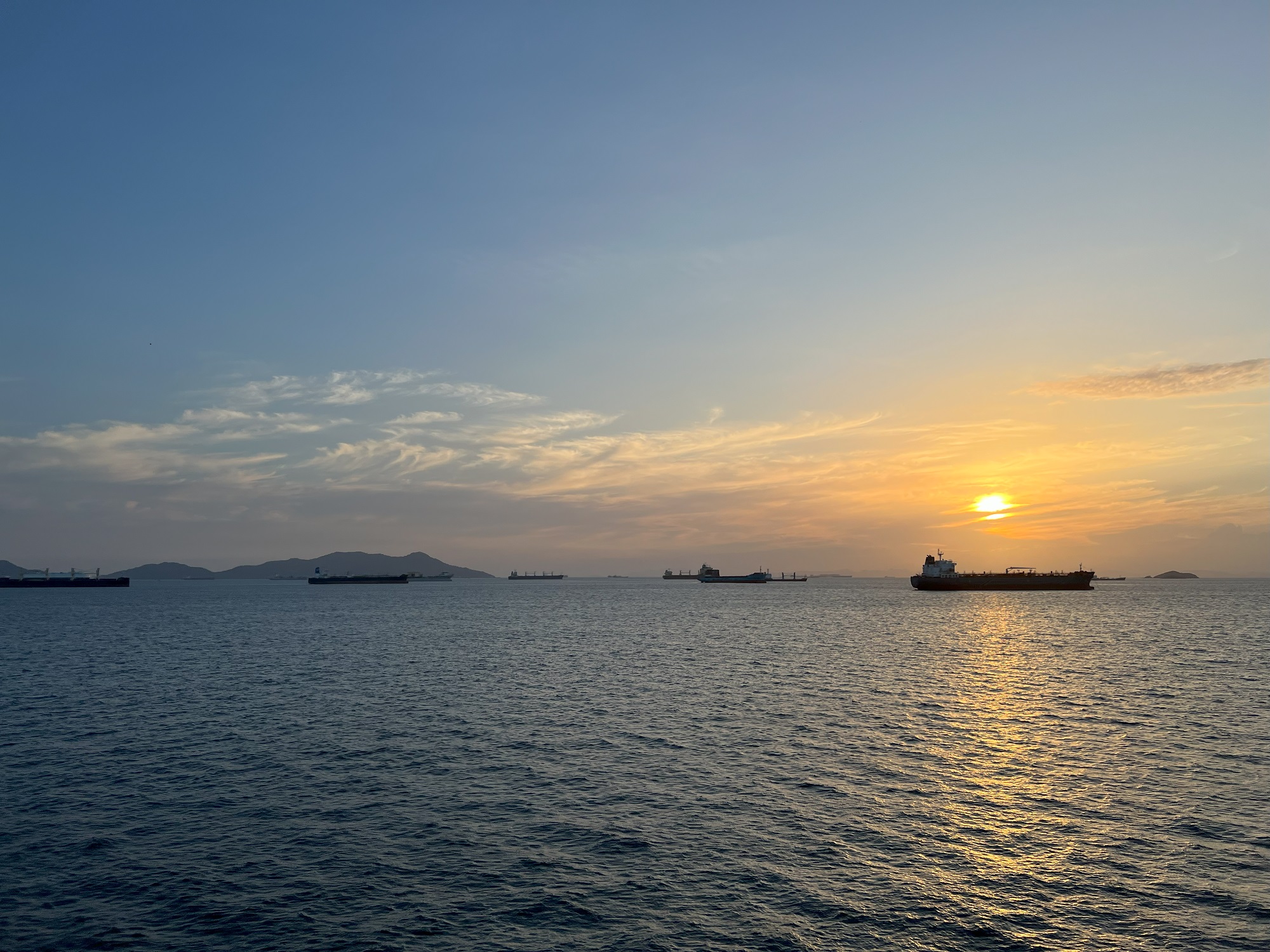
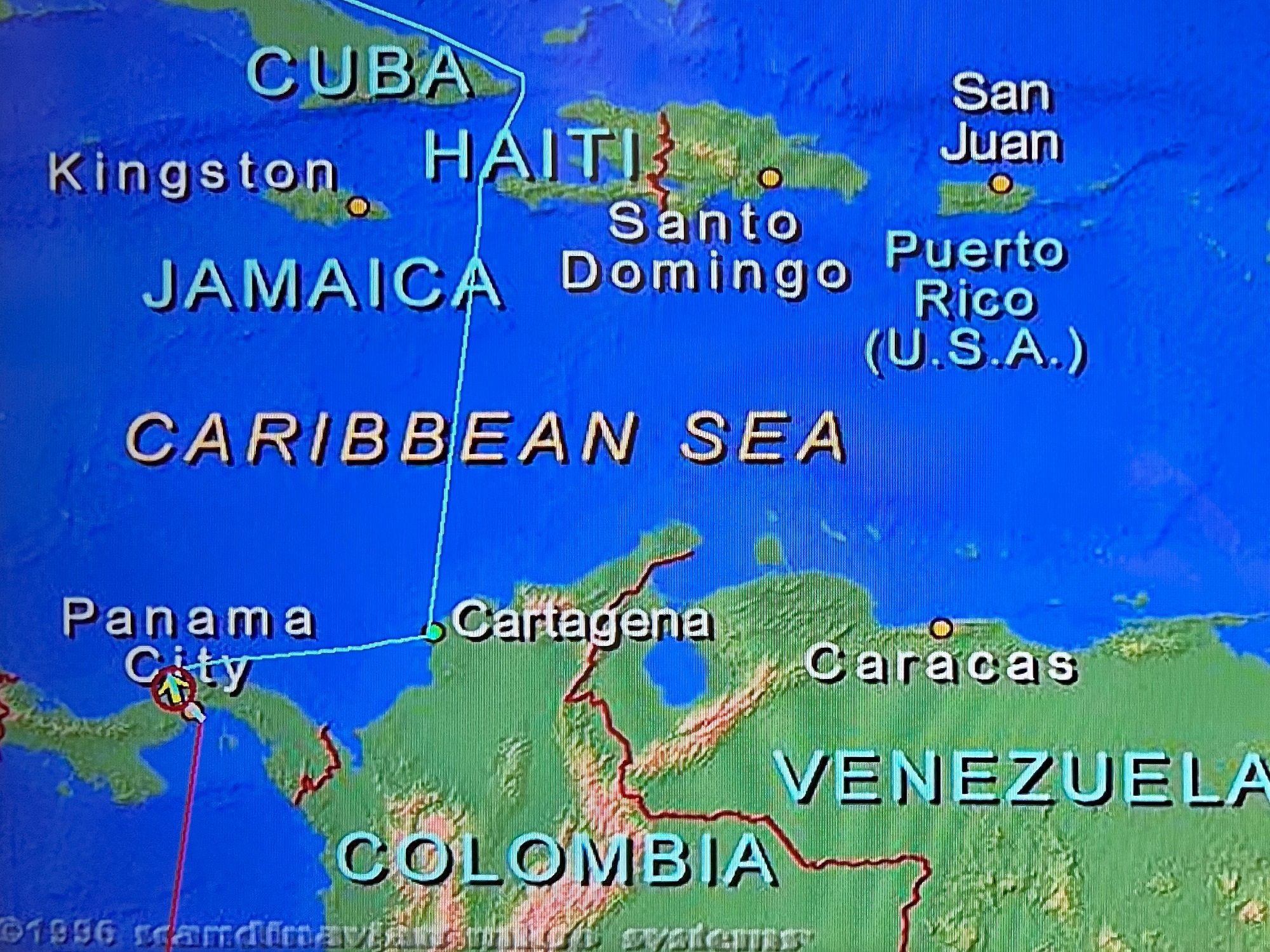
After breakfast, we went on our excursion for the day: an aerial tramway tour through the Gamboan forest canopy.
At the top of the tramway― called Cerro Pelado― there is an observation tower with panoramic views of Soberania National Park, the Chagres River and the Panama Canal.
Our tour included stops at a sloth sanctuary, an orchid house and a butterfly enclosure.